Tai Chi In The Community
There’s more to Tai Chi than you’d think! All you’ve ever heard about the physical and health benefits are true but it’s also about making friends, social support and a sense of belonging. This makes attending a Tai Chi class an holistic experience.
Tai Chi and kindness and compassion are interconnected. Tai Chi encourages practitioners to embrace self-kindness through gentle movement and being aware of others in the class on their Tai Chi journey.
It has become a tradition for Histon and Impington classes to gather before Christmas for good food, great company and to find out how much we have raised for our local community.


As with last year the funds raised have gone towards various activities and services that the charity H.I. Friends provides. Some examples that our funding has helped enable this year are:
- Holiday At Home – a contribution towards the cost of the coordinator who looks after communication with 200+ members and helps organise events throughout the year.
- Rec Monday Club exercise class – supporting the cost of the activity organiser who is responsible for transporting and helping with collection and returning home of people attending the classes.
- Day Centre – enabling an increase in the number of day centre sessions so that more older people are able to attend and no one is left on the waiting list.
The classes raised £5,695
At the end of the meal as we were leaving and saying our goodbyes and giving Christmas greetings and hugs a student said that there has been such a lovely atmosphere and how kind and lovely the people in our classes are. She was absolutely right.
So, as we enter 2025, continue to enjoy your Tai Chi classes not only for the health benefits but also appreciate that sense of belonging, social support and friendship you gain and contribute to.
Happy New Year
Joan
ECTCA November Workshop
The last Sunday in November saw the start of the sixth and last ECTCA Workshop of 2024. Today’s event was led by Dorothy and Mo and was focused on the three treasures in our Tai Chi form – Zhang Zhuang, Tor Yu and Dan Yu.
Present was a sell-out crowd – literally – as this was a very well attended event with circa 50 people present in the Corn Exchange in St Ives. On the day we had not only a mix of students from across ECTCA but also attendees from the Essex, St Neots and Northampton areas. Abilities and experience ranged all the way from more than 30 years to one person who had never done Tai Chi before!
We started with some introductory exercises led by Lisa from Essex before Mo and Dorothy took us into working on the three treasures.
For many the Zhang Zheung was a revelation and Mo’s careful introduction and explanation of its use as a strengthening exercise as well as a meditative relaxation technique proved invaluable.
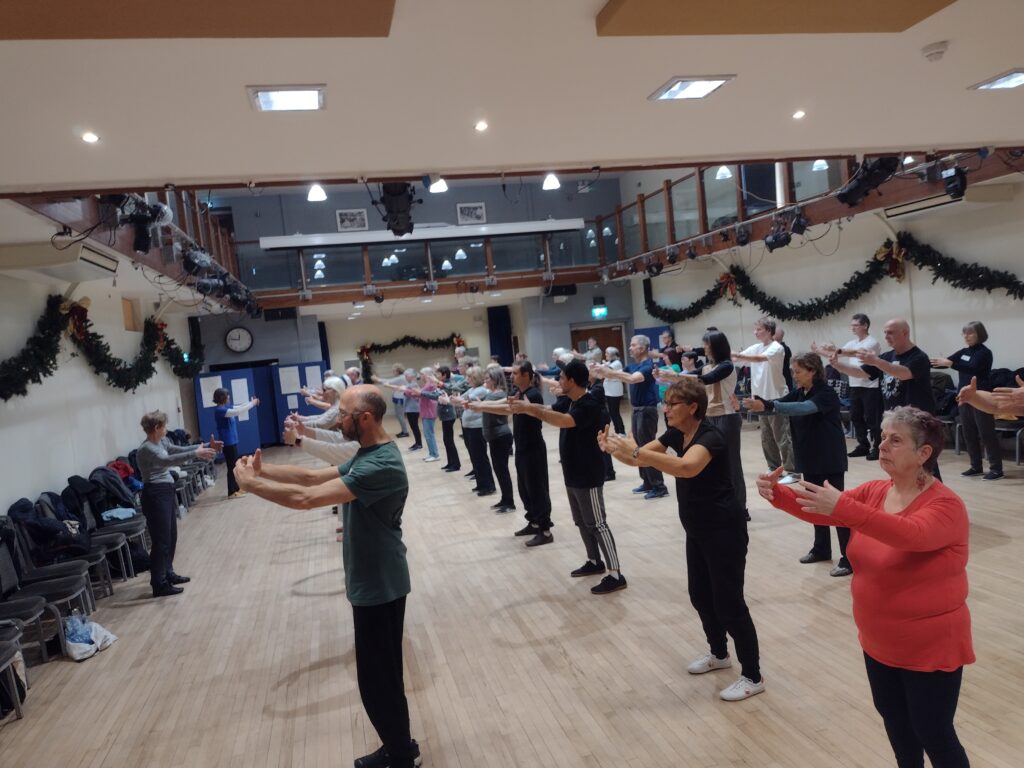
Dorothy had an amazing star turn as the ‘Foolish Student’ which raised many laughs as she went through the (many) mistakes students make in their Tor Yus and Dan Yus! She then got us into pairs/threes to look for these errors in each other. Not only was this great fun it also encouraged working with different people and also reinforced a fundamental principle that we can all learn from each other and help each other.
After a sociable lunch break we resumed work. It was amazing to see how often these treasures all occurred in the first seventeen moves. We then broke down into groups of 7 or 8 and selected a move from the set to illustrate the key elelments of the day – the three treasures – as well as showing other principles such as equal and opposite and expansion/contraction. Another innovation on the workshop approach and again a great success as we learnt from and shared with each other.
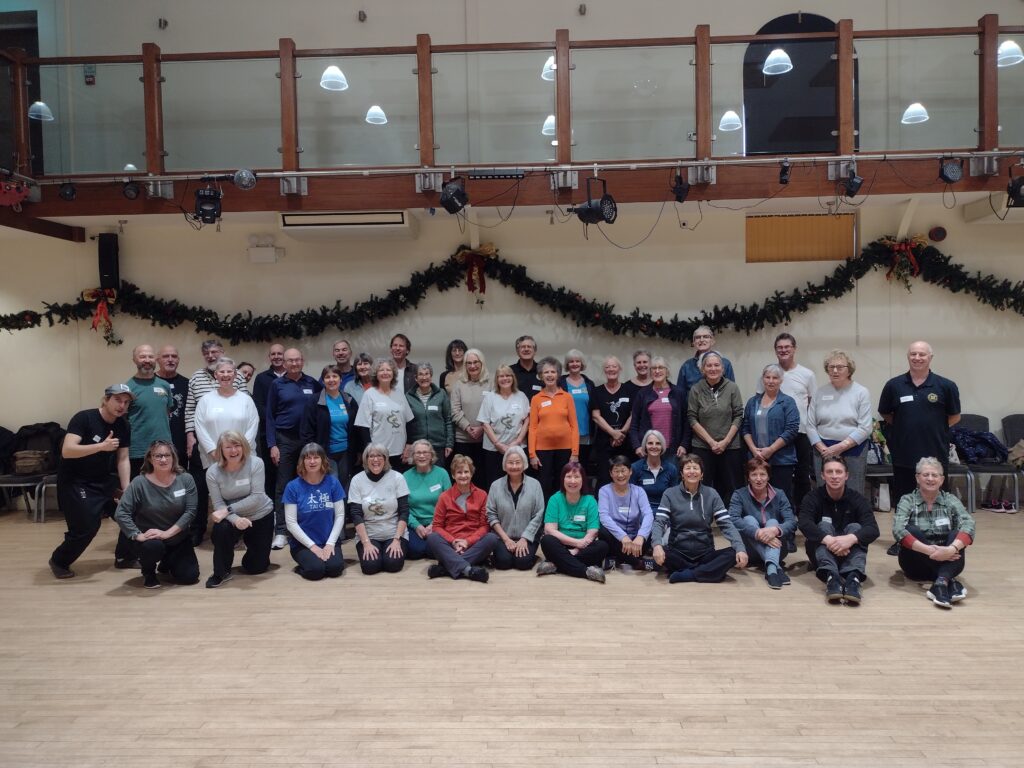
A great day – we all learned lots and went home relaxed and re-energised and tired! Our thanks go to Dorothy and Mo especially for their considerable efforts in planning such an engaging workshop with different elements, an apparently simple theme yet depths of insight and teaching that inspired all present.
Greg
ECTCA International Workshop Follow-Up.
Sunday 13 October

What a glorious room for over a dozen of us to gather and do Tai Chi in together.
What’s more, the balcony at Cottenham VH also let us look out over the parkland as we worked on our moves.

Led ably by Joan (who was assisted in preparing for the day by Mo) we started by reviewing the recent Doug & Susan led workshops. This was a more complete form of ‘Total Recall’ where there was a guided review of some key learnings with contributions as we went along and individually contributed our understanding and recollection of the previous workshop sessions.
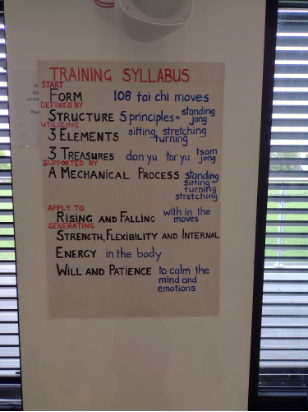
This was a great way to reinforce the learnings from the UK visit of Doug and Susan and also an opportunity for the ECTCA Instructors and others to do Tai Chi together.
Joan worked on the themes Doug & Sue led us through – see above . These included rising and falling, expanding and contracting, turning round the spine and the body moving the arms not the arms moving the body.
What’s more, Joan had also invited along Geoff Keerie who attends her class and is a Tang Soo Do (a Korean martial art) 7th Dan Black Belt Master. Geoff came with a friend and we were fascinated as Geoff explained the connections and similarities between his martial art and Tai Chi – with special reference to Bonaparte, his travelling skeleton. A number of us were called forward by Geoff to ‘Spar’ with him in various moves as he illustrated points about the way in which Tai Chi works sympathetically with the body – ligaments, tendons, lymph and joints to deliver the benefits of balance, mobility and strength.
Working on specific moves – Grasp Birds Tail, White Crane and Wave Hands – but also looking across the whole set – was a great way to understand the basic principles of our Tai Chi and to understand the messages and teaching that Doug and Susan brought us. Linking this to a different viewpoint of our Tai Chi gave us even deeper insights and understanding of the what and why behind our Tai Chi. We have a lot to thank Master Moy for and Joan shared a powerful quote from him which captures these thoughts:
The Training Process of Master Lin Shin Moy
The work begins with the Externals, stretching and turning the large muscle groups in the trunk, arms, and legs. Muscles become more flexible, working smaller muscles, tendons, and ligaments. Blood circulation improves, the lymphatic and digestive systems are stimulated. Our ability to focus in a more relaxed manner relieves stress. Strength is improved, flexibility is increased.
The work continues to the Internals.
Stretching/turning deepens, massaging internal organs, improving their process. The internal organs connect to the meridians. Energy is circulated through the meridians by massaging the internal organs.
Thus tendon changing exercises provide a framework to balance Yin and Yang. Creating and promoting good health.
As told by Master Moy Lin Shin to a group in a 1987 workshop –
Many thanks to Joan (and Geoff) for running such an informative and enjoyable workshop.
Greg
ECTCA International Tai Chi Weekend:
30 August – 1 September 2024
Wow! That was some weekend of Tai Chi!
A big thankyou to Doug Overholt & Susan Carson for their efforts and to the over 70 attendees at this event.
To start the weekend we had some 30 Instructors from around the UK attend an afternoon’s session led by our colleagues from Canada. Doug and Susan have a wealth of Tai Chi experience and their enthusiasm to share this was evident throughout. The Instructors’ session was a chance for old friends to meet, learn and work together in the fabulous setting of a sun-filled hall in Hemingford Abbotts. What’s more the location benefits from an atmospheric thatched pub right opposite so, after a fairly long afternoon of Tai Chi it was a delight to repair to the Axe and Compass for a relaxed and social dinner together.
On Saturday we were at a new venue. The Performance Hall at Cambourne Village College was large, sound-proofed and had a sprung floor – ideal for dancing and Tai Chi. We chose the latter of the two possible activities for the attendees…
Once again Doug and Susan led the day – with a focus on certain points such as 45°, sitting fully, finding the circles and getting the timing right (slower!)
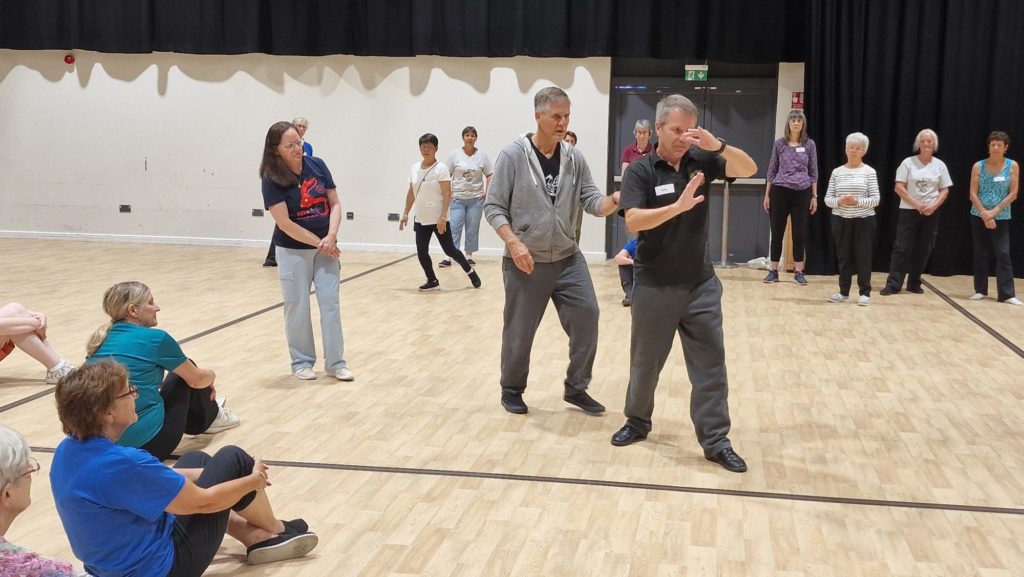
Sunday dawned brighter and warmer – the day, not us! There were a few tired bodies around as people discovered how hard they had been working on the previous day. However, there was more work to be done and Doug and Susan once again extended the previous day’s thoughts with a look at other moves. We even had them doing a triple step push hands routine. Something beyond the attendees abilities at the moment – but the dance floor came into its own as they showed the rhythm and fluidity within Tai Chi
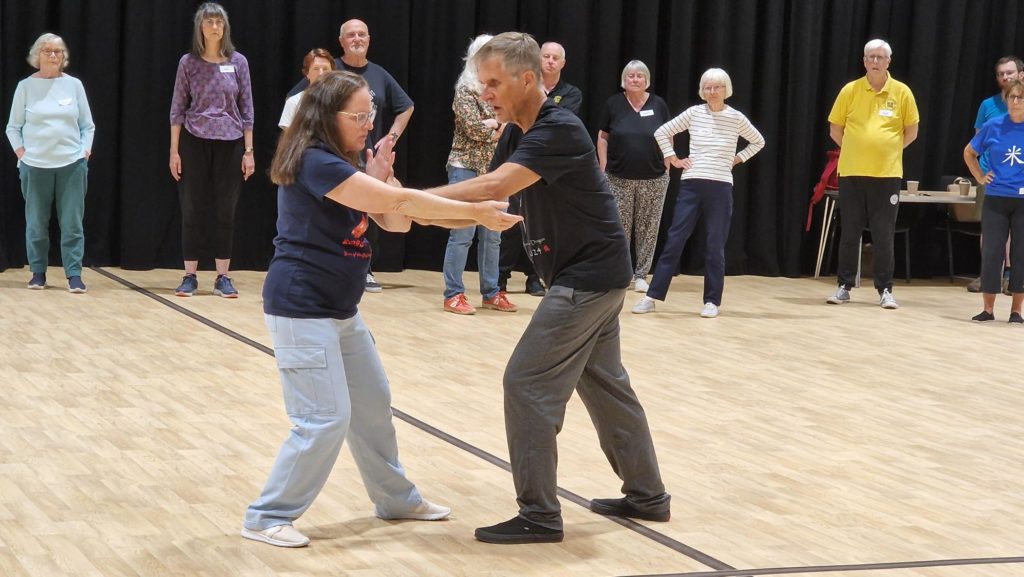
At the end of the Sunday session the ECTCA, as hosts, were delighted to be able to give Doug and Susan a hand-painted card signed by those present as a memento of a weekend where we laughed and learned together.
We look forward to welcoming Doug and Susan again in due course and in the meantime we will continue with our mission to promote More & Better Tai Chi For All.
Greg

ECTCA Workshop 29 June 2024
The ECTCA wanted to extend the reach of its workshops and to introduce our newer members to what a Tai Chi workshop feels like and so hopefully encourage a few more people to get deeper into their Tai Chi.
Thus we had a ‘Beginners Workshop for ECTCA members’ on Saturday 29th June in the rather splendid Duxford community centre. There is a regular ECTCA class here on Tuesdays and we knew it would be a suitable space for what we wanted.
So it proved as we had some 35 people in the hall on a sunny Saturday morning. We also had a good cohort of Instructors and Assistant Instructors from across ECTCA. Thanks to all for your help on the day!
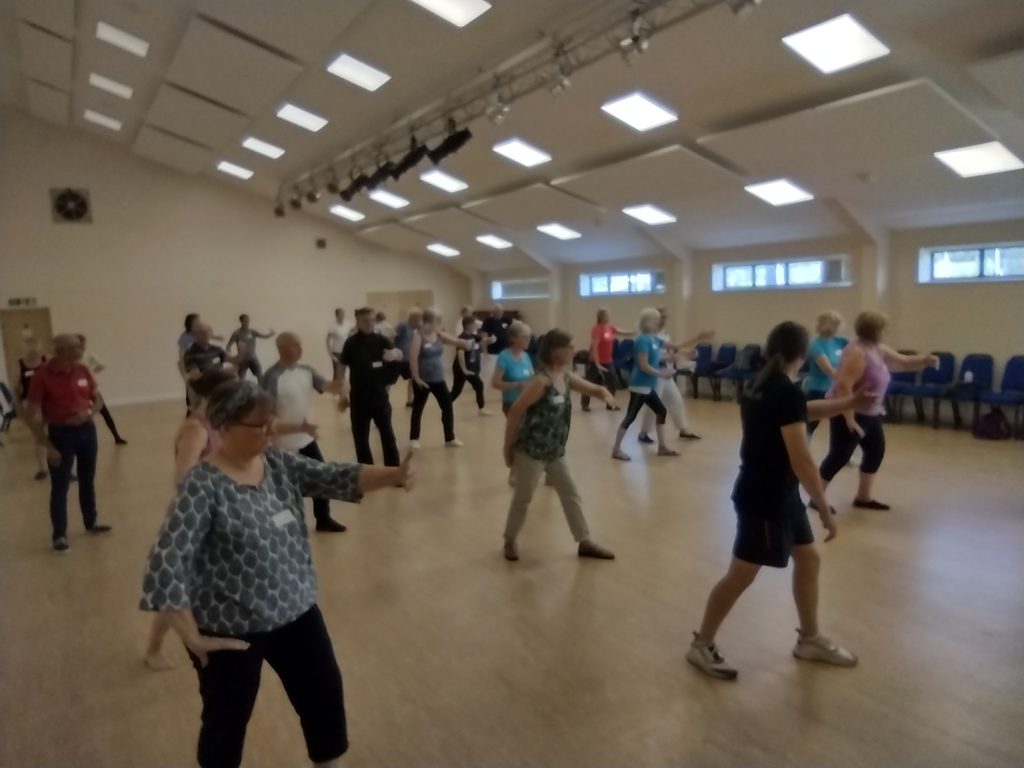
The theme of the morning was ‘Moving from A to B’ looking at Snapshot moments and getting from one to another.
We started the session with some Foundation Exercises which included Standing Jong.
We then went through the 5 Principles which are the cornerstone of Master Moy’s Tai Chi and are exhibited in the Snapshot moments. These Principles offer each of us a check on how we are doing.
Finally the group considered how we move between these Snapshot positions with a 4 word mantra that we all worked on and (hopefully) internalised: Up, Soften, Place, Complete. There were also a number of 2 minute talks on the various health benefits of Tai Chi.
After a brief tea break – when everyone was encouraged to chat to someone they didn’t know – we regrouped.
After working on some more moves the group finished with a final ‘First 17’ set together at just after 1pm we were all tired but relaxed. A good morning’s Tai Chi work was enjoyed by all and everyone felt they had both learned something personally beneficial in their Tai Chi as well as having an introduction to the benefits of a workshop.
Many thanks to my fellow Instructors for designing such a rich and varied morning and also to all those people who helped on the day
Here’s to the next one!
Greg
Push Hands
‘I’ve had an idea’ Said Steve.
‘Does it involve props?’ I replied.
‘Probably, hmm, definitely’ he answered.
So it was that some 3 months later 20 of us were gathered in the new Cottenham Village Hall (absolutely fab new venue btw – well done Joan for finding it!) watching Steve carefully place a length of broom handle on his coccyx as he lent back and did an impersonation of a milking stool.
Those of you who have ever experienced a Steve Alsop Workshop will recognise the slightly surreal feeling that passes over you as you have your preconceptions challenged by new and different ways of seeing and thinking about Tai Chi. In this particular case it was Steve’s idea of running a Push Hands workshop for the more experienced students and Instructors.
This transmogrified over time to become a Dorothy and Steve joint venture which used Push Hands techniques and principles to explore and enhance our Tor Yus.
We started with a simple exploration of the Tor Yu and the Dan Yu. When considering the ‘Drop of the tail’ (aka the sit – but this is a different way to think of that motion) in the Tor Yu Steve wielded his ‘Third Leg’ prop. Dorothy was never far behind as she showed us the circles in the motion which she illustrated with a Hoola Hoop. No, this wasn’t Dorothy doing the Hoola Hoop (another workshop perhaps?) rather it was illustrating the circular motion of our body with the spine as the axis. As Dorothy always says ‘Find the circles – they’re everywhere’.
We duly looked – in the Tor Yu, in Push Hands and in Tai Chi walking.
The tea break mid morning was a useful pause to catch our breath and reacquaint ourselves with old friends and make some new ones. Our colleagues from Essex, Northants and also Mallorca joined the ECTCA cohort for this event. Angel was over in the UK and came and joined us – this is what the Tai Chi family should be about – welcoming friends as they pass through! It was a lively and eclectic mix. Plenty to chat about, that’s for sure – at some points Steve had to call for quiet and whip us into line – though only ever a single whip!
Indeed the fun was never that far away as after the tea break he split us into two lines and we explored the sensitivity and feeling for the energy and effort of your partner in Push Hands– via a somewhat proscribed version of the balloon dance!
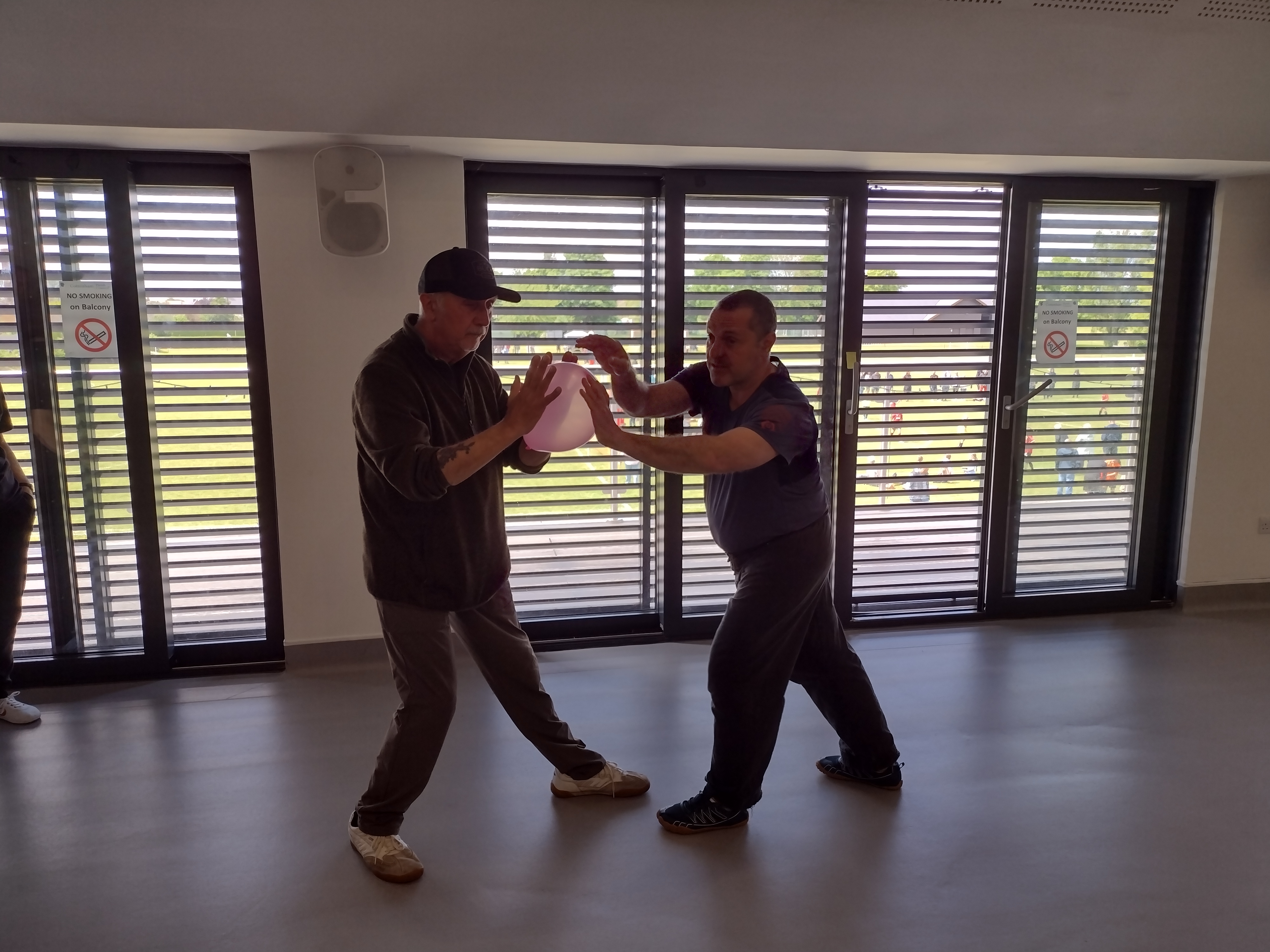
Rather each pair had to blow up a balloon and hold it between them as they mirrored each other doing Tor Yus. This was revelatory in terms of completing the sit and sensing the force and direction of your partner’s movement. The balloon was great because by its very nature it yielded and so allowed you to sense what was happening. We then applied this new sensitivity directly to Push Hands.
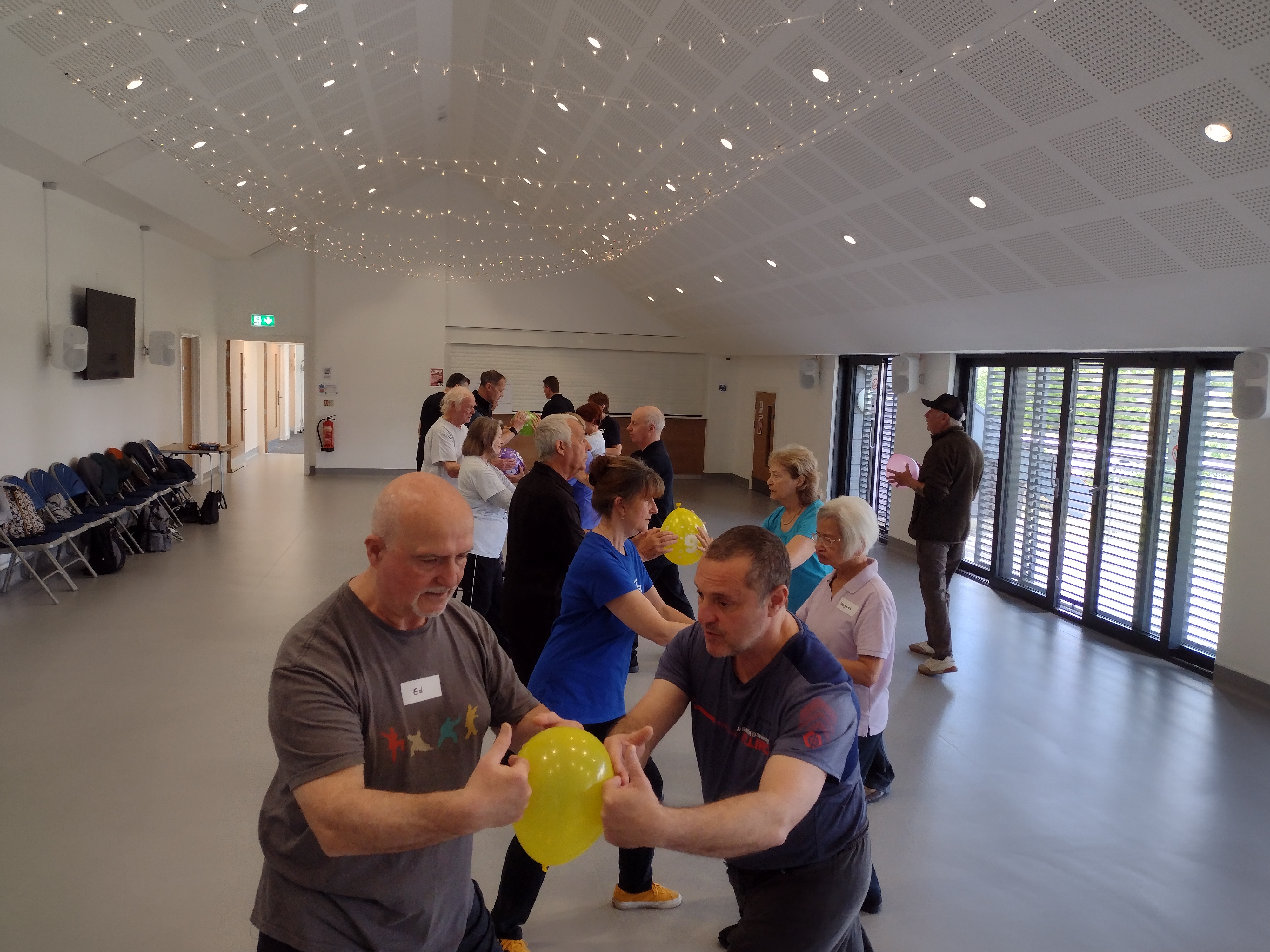
When done just singly then we all seemed to become quite proficient.
The problem came when Dorothy and Steve then showed us how to ‘Play’ with Push Hands by using both hands at once. Our attempts were ‘Interesting’. It’s not as easy as it looks!


However, that just underlined a couple of salient lessons. It is good for us all to rediscover what it is like to be a novice student – because often we forget what those in our classes are experiencing. It also confirmed that we needed more practice to master Push Hands and the request from the attendees for a follow up session from Dorothy and Steve in due course was heartfelt. Steve is already plotting some more props, I hear.
So, a great venue with a fabulous theme equals time spent with Tai Chi friends. What a terrific session.
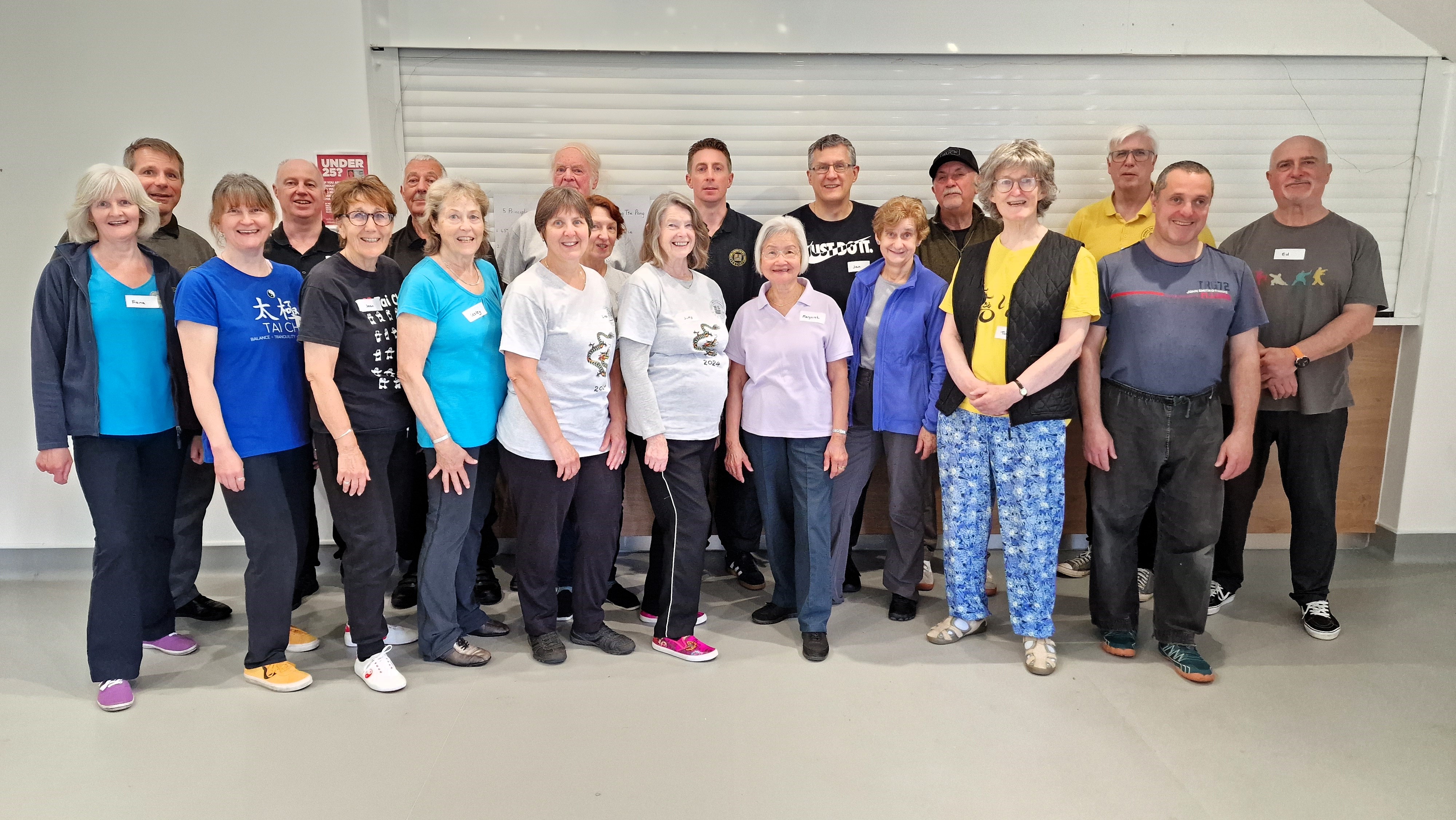
Many thanks for Steve and Dorothy for preparing and running such a challenging, enlightening and fun event and for all our friends for making the effort to come out and play!
Until the next time.
Greg
Getting Down To The Bones
Some months ago Geoff came to my beginners class to ask if I would let him enrol. He was keen to start on a Tai chi journey to study a softer form. Geoff is 7th Dan Black belt master in Tang Soo Do. He’s a highly experienced competitor and judge of Tang Soo Do and still instructing so of course my answer was yes. I was thinking that this could be a very interesting new student coming from a martial arts background .
Often at the end or start of class I’m always interested in Geoff’s thoughts on the move we’ve been working on and how it would be applied in a fighting environment . As we know Tai chi is an internal art and sometimes in class or whilst chatting after class students talk about the impact and health value of our Tai chi moves such as improved balance, the value of stretching and feeling less stiff. Also, the importance of weight bearing is significantly crucial for women following the menopause to strengthen the bones and to help ward off osteoporosis and softening bones as a result of a loss of oestrogen and that’s been shown to just be starting to scratch the surface of the benefits from practising our Tai chi.
On one such occasion of chatting after class, Geoff asked if it would be appropriate or useful for him to bring to class a skeleton he uses in some of his Tang Soo Do classes. The answer without question was yes please.
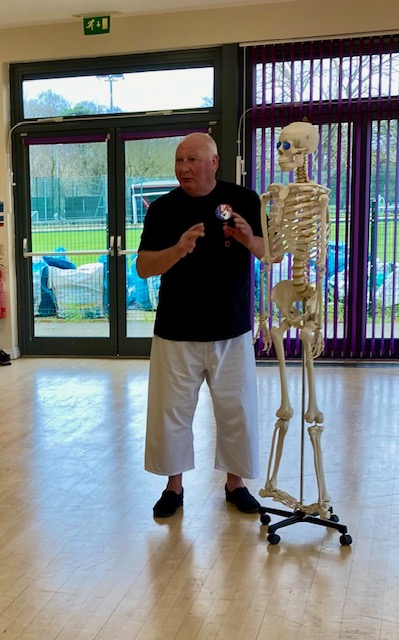
As a bit of a double act but mostly led by Geoff, the class could see the inner framework of the Tai chi moves as we manipulated the skeletons limbs such as how the bones line up for example in the tor yu so the weight travels through the bones and out through the heel and into the ground so no pressure is applied to the knee joint or our leg.
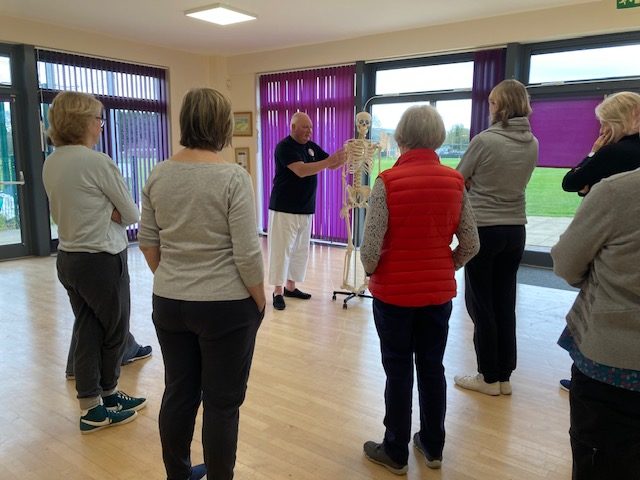
We looked at the bones in our wrist and hand at our ankle and feet in more depth as there are more bones in these areas than the rest of our body. This allows flexibility and dexterity. Quickly Tai chi moves came to mind that we’ve covered so far.
Geoff talked of how our bones are held together by tendons and ligaments and protected by muscles. As we age or lose flexibility through injury, surgery or lack of exercise we stiffen up. He talked about Tai chi as a tendon changing exercise keeping us supple and keeping joints flexible, maintaining and improving our range of movement.
The conversation moved on to moves that open and stretch areas where the main clusters of lymph glands are to be found. This is valuable information and the discussions that came out of this session were useful as it helps students clearly see the value of the framework and principles in our Tai chi and how they deliver benefits for their own health.
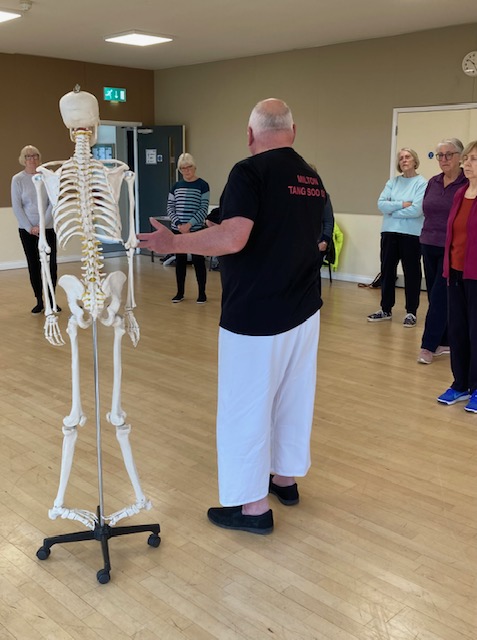
As we continue to look at the next move in the set and run through all the moves covered so far we will all be more mindful of the importance of the structure of the move and the value of stretching, sitting and turning – all thanks to Geoff bringing a skeleton to class.
Joan
Happy St Patrick’s Day!
How best to celebrate St Patrick’s Day this year? Dressing as a Leprechaun or drinking ‘The Black Stuff’ were options – but both lost out to the chance to attend a Sabre Workshop. So it was we found ourselves in St Ives as Steve, ably assisted by Dorothy, led a workshop for the 31 attendees on ‘Finding The Tai Chi In The Sabre Set’.
Most of the people there had learnt the Sabre set – those who were novices were advised by Steve to ‘Stand in the centre and shuffle along’. Wise words!
The day started with Dorothy leading us in some initial stretches and mobilisations. Many had never done these particular exercises before and did not realise what was occurring. However, then Steve came forward to reveal that the opening moves of the Lok Hup set, which we had been led on as warm up exercises, were the basis for the opening of the Sabre set. This revelation surprised many – and finding the contraction and internal elements of the Sabre set made the opening stanza far more meaningful.
So it progressed – at one stage we had Dorothy doing Brush Knee as Steve did the matching Sabre move alongside. The similarities were clear once shown so graphically and it helped many people to find the Tor Yus and the other benefits from the Sabre moves.
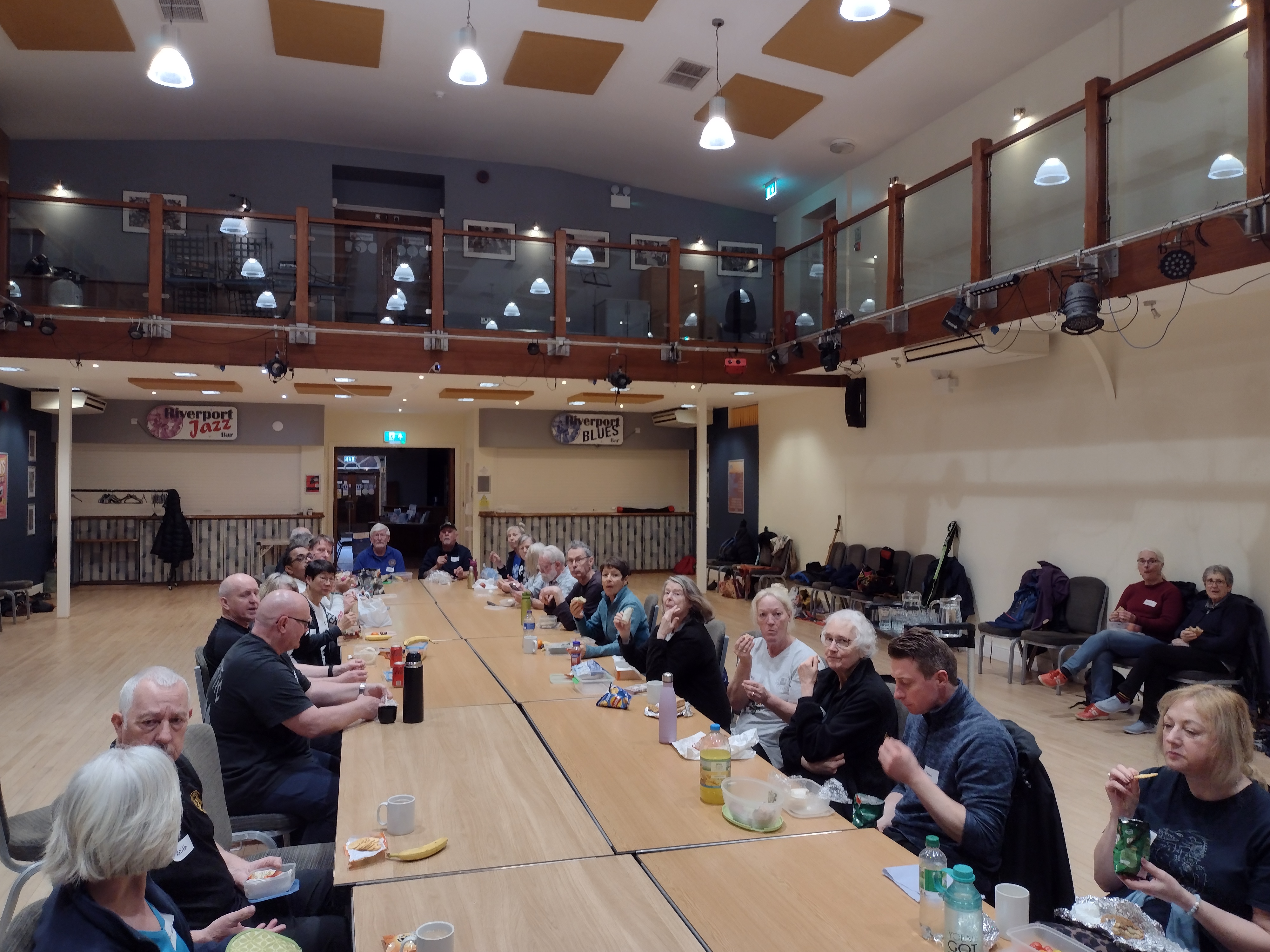
After a sociable lunch together we then went onto the afternoon session where we got into some more ‘Sabre Swinging’. This enabled us to see how best to deploy the weapon in the set – using it to create shoulder and arm stretches and mobilisation as well as its role to protect the spine and reinforce body awareness.
The afternoon session concluded with a Total Recall session where people identified the particular lessons and connections they had made. The range of these responses showed that the workshop had hit home and people were genuinely thrilled to have a better understanding of thet origins and meaning behind the Sabre set and how to enhance the benefits it delivers.
A great theme for the day that was delivered with some energy and panache by Steve and Dorothy. There was much excitement when Steve agreed there and then to do a follow up workshop in due course (Dorothy was volunteered by him to assist!!) carrying on the theme but looking at the second half of the Sabre set.
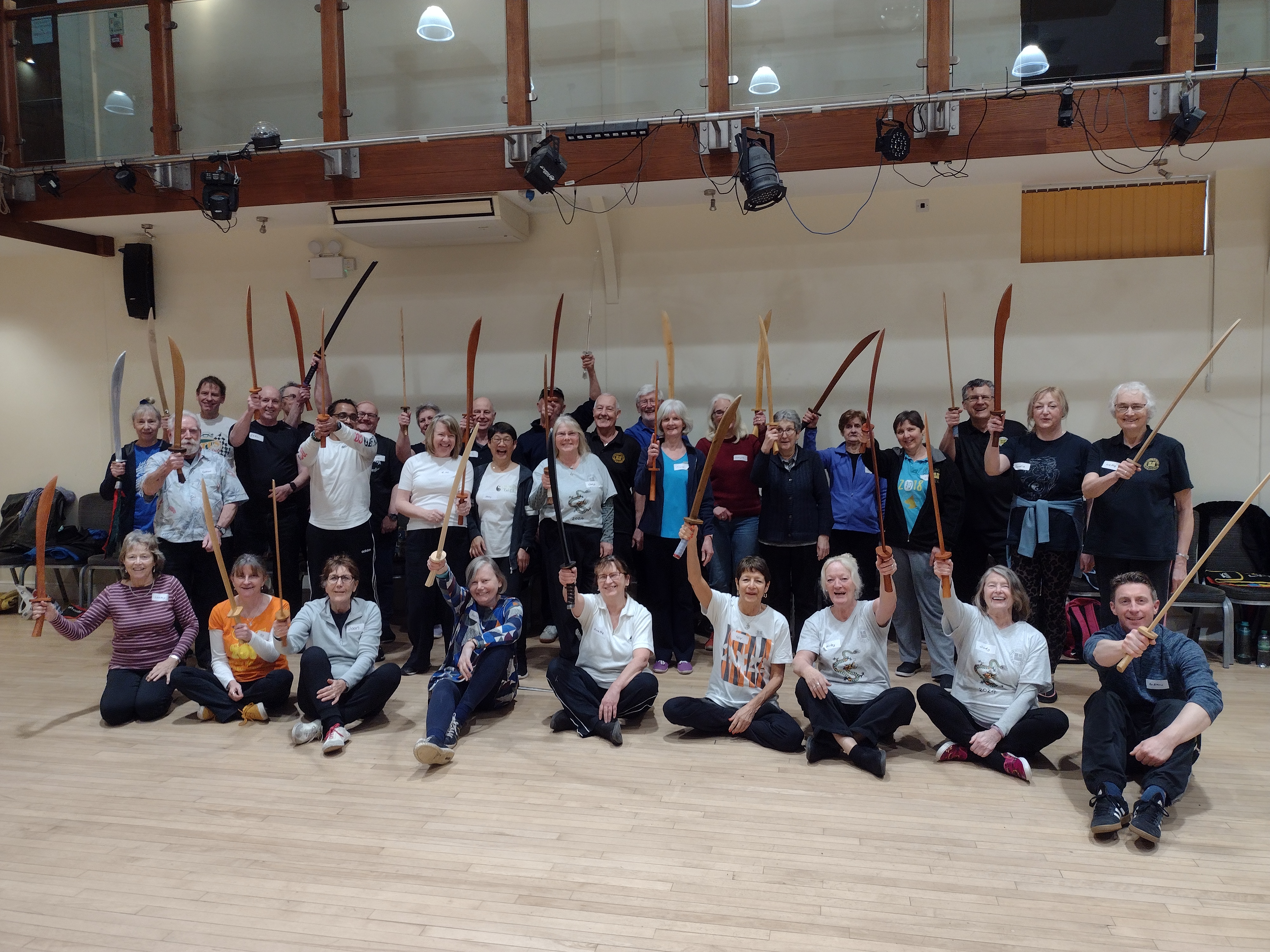
A great way to spend a day together with our Tai Chi friends from ECTCA, other affiliated Academies and further afield. Many thanks to Steve and Dorothy for running such a good day – we look forward to the second part!
Sláinte
Greg
Gong Hay Fat Choi!
The Histon & Impington class enjoyed a Chinese New Year tea party. Happy New Year to all for the year of the Dragon
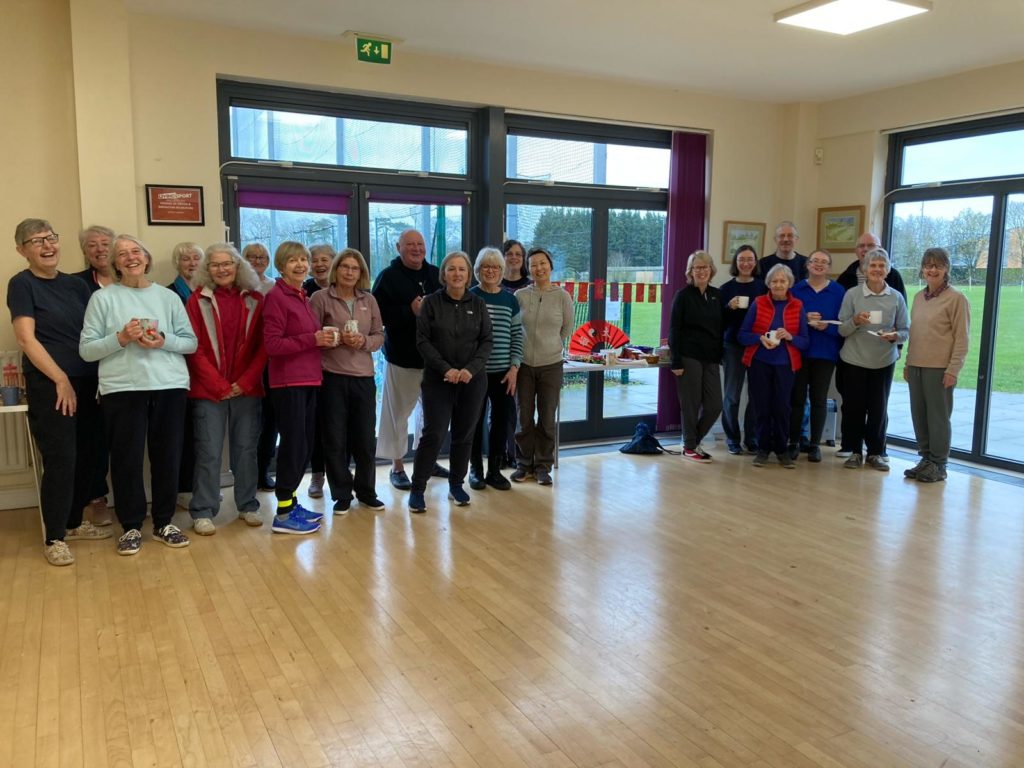
We Are All Students…
Part of the ECTCA ethos is that although some of us are nominally Instructors in truth we are all just students together on our Tai Chi journeys. New students, continuing students, old hands, Instructors – we are all on the same curve.
So the ECTCA runs a programme of Instructor sessions. Primarily aimed at our own Academy this time we were also joined by Instructors from elsewhere in the East. A happy group of 14 of us came together for a Workshop session in Fen Drayton on Sunday 28th January. Dorothy shared some of the instruction she had recently received on her trip to Canada where she spent time working with Doug Overholt, a student of Master Moy. This ability to receive quality tuition and cascade it down through to our students helps keeps us all fresh as well as challenged – complacency being something that is anathema to good Tai Chi.
The day started with the second half of the Tai Chi set which got us all into the rhythm and pace of the day. We then looked in some depth at our Tor Yus – splitting into pairs to consider some key aspects of this move.
The tea break gave everyone a chance to chat & catch up – some even braved the Tudor sugar free Parsnip Biscuits I had prepared. There were no casualties but I don’t think HobNobs are quaking in their corporate boots!
We then returned to work – now looking at the opening moves of the Lok Hup set and how they captured the essence of ‘Take The Shape’. Language in our instruction is critical – as Instructors we may know what we think we are saying but what message exactly are our students receiving? Looking at how our language informs our teaching – and using ‘Take The Shape’ as an example of a missive that is easily given but not always correctly understood – enabled us all to think about what we are teaching. There were some detailed discussions on how we articulate certain aspects of our moves – eg. how to ensure students protect their knees better when doing Dan Yus. The chance for Instructors to share problems and how they have been overcome is beneficial to everyone.
Over lunch we had some homework sheets handed out by Dorothy ‘Practice Techniques to Improve our Tai Chi’ that Doug had kindly shared (no rest for us!) After lunch we had to discuss in our groups how just one of the techniques, ‘Take The Shape and Turn It’ might improve the internal focus of our practice. Each sub-group was then tasked with doing a small part of the Tai Chi set and explaining how it highlighted the principles of our Tai Chi and in particular how it captured the sense of ‘Take The Shape’. The fact that each group chose different moves and articulated them in their own way was a powerful illustration of the challenge we face as Instructors of ‘Hearing, Saying & Showing = Teaching’.
The last 30 minutes of the day were spent doing ‘Push Hands’, also known as ‘Sticky Hands’. This is a much under practiced technique designed to improve our Tor Yus. However, it can be a tricky skill to learn and even more difficult to teach! This was good because it reminded us all once again of the challenges our students face when presented with new and different movements and tasks. Amid the laughter and chaos we actually all gained much from this final session. Memo to self – more practice required!
All in all it was a great day – we all benefitted lots.
Greg
Histon & Impington Tai Chi
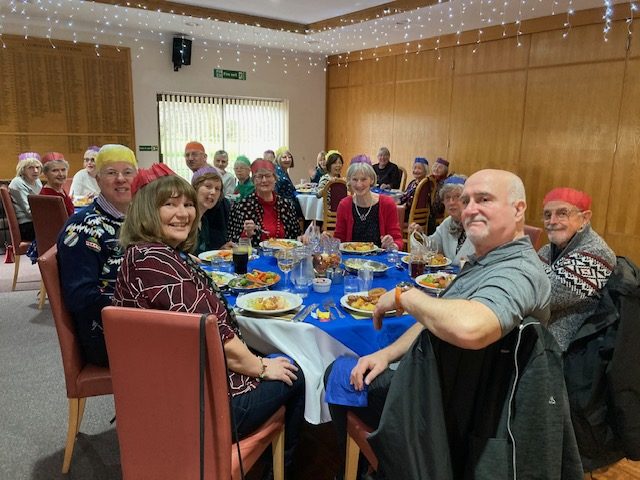
The week before Christmas all the Histon and Impington Tai Chi classes gathered together for a Christmas Lunch. At this lunch I was able to report that over the year we had raised £4,300 for the Histon and Impington Friends.
As with last year, the funds raised have gone towards various activities and services that the charity provides, mainly through the well-being team. The money has meant that they have been able to continue to provide counselling and mental wellbeing support in the village primary schools. In addition it helped to further develop the Holiday at Home service which provides events and outings for older people and aims to help people stay engaged with the community and not become isolated. The funds from our Tai Chi have also helped to support the Day Centre and the Dementia Support activities.
Master Moy taught us that when you give yourself by volunteering or by donating you are building the health of your own spirit and of your community. This underlies our tradition of compassionate service.
Joan Hodgson
Tai Chi Workshop: Sunday 26th November St Ives, Cambs.
We met at the Corn Exchange on a cold and clear Sunday morning. We all needed some exercise to warm us up and Dorothy and Mo were running just the thing – a Tai Chi workshop focused on ‘Turning.’
We started though with an introduction by Lisa, our guest from the Essex Academy, who ‘Told us a story’. This was based around the concept of Proprioception – the ability to know and control the extremities of our body and its relative positioning. We did some weight sensing and gentle movement as an intro. The hard work was soon to start….
Mo stepped up with a stationary meditation – Zhan Zhung. This was done in conjunction with 8 Pieces of Brocade as a way of building both strength and flexibility and, whilst not a part of Master Moy’s 108 move set, these exercises were fresh and interesting and, for some, quite challenging.
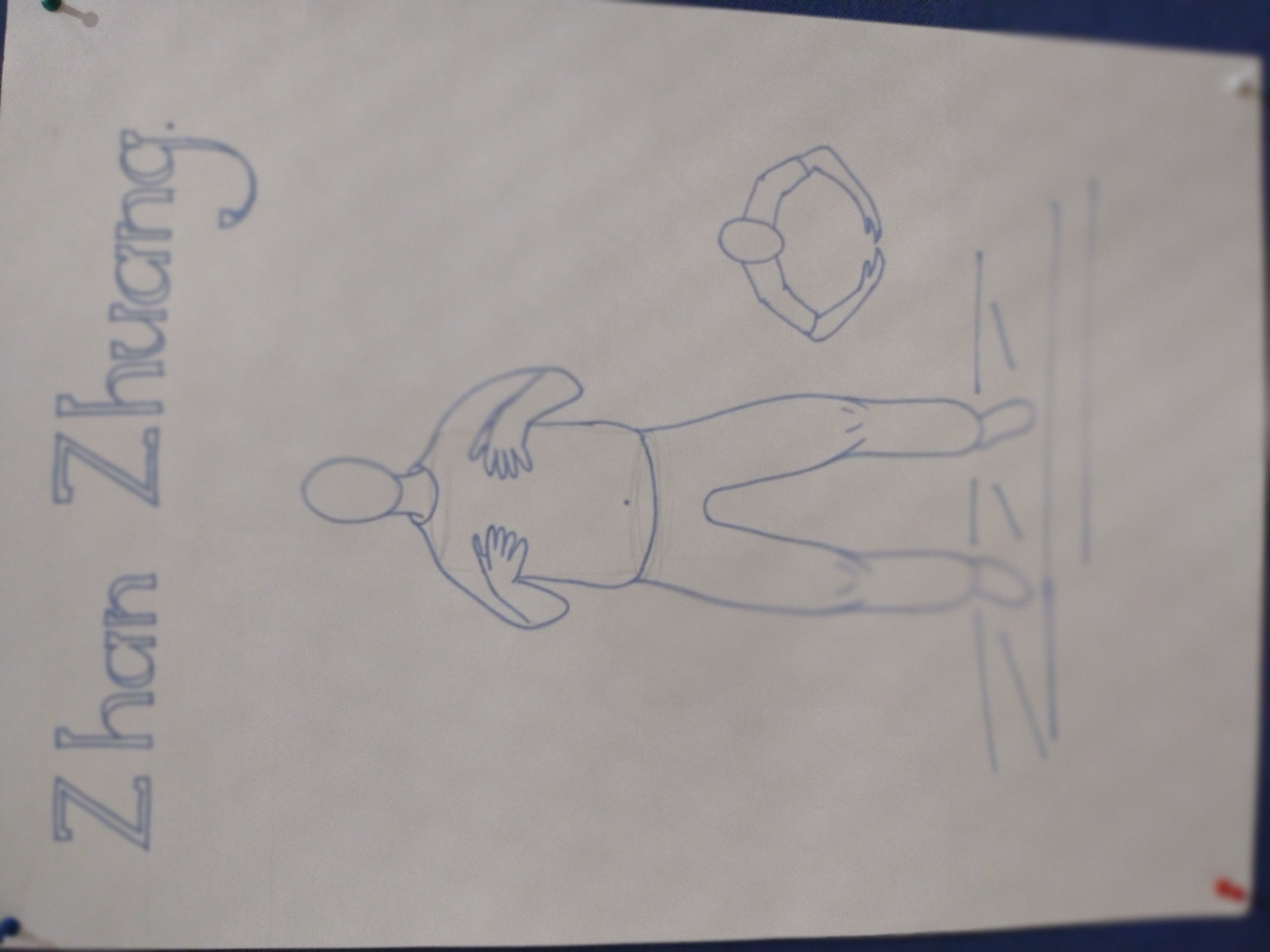
We then did the first 17 moves together.
After tea break Dorothy led us in thinking about the Tor Yu and how it encapsulates elements that are fundamental to our Tai Chi – rotating about the spine, sitting by dropping the coccyx and maintaining an upright ’Sternum Up’ stance. We worked in pairs to observe and share with each other on how our bodies were actually moving rather than what we may have thought was happening (neatly linking back to Lisa’s opening remarks).
There was much discussion of Baked Bean tins – with an illustration by our resident artist – thanks Mo!
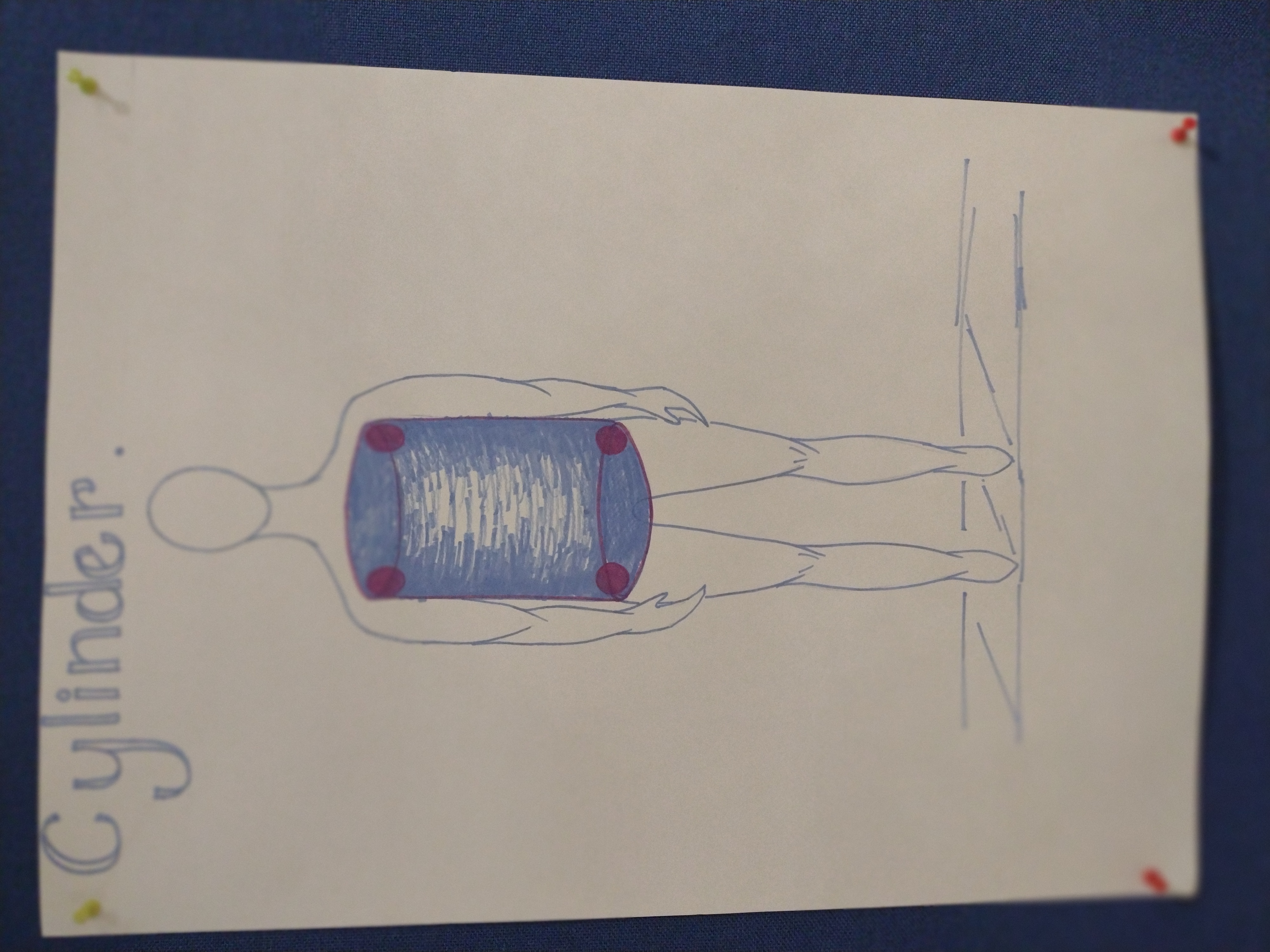
This was about how the central core can be considered like a cylinder where the whole unit rotates and moves as one – the spine being the axis on which it turns.
These concepts were explored further after lunch when we also did some working in rows on Parting Wild Horses Mane – thinking about turning fully to the weight bearing foot, standing up and sitting and then placing the foot and moving: Up, Down, Place, Move.
By 3pm we were all fully warmed up (aka stretched, turned and tired!) and it was time to review what we had learnt in groups and then give feedback. This also took the form of requests for ideas for future workshops and any specific improvements/comments on this one.
We all had a great day of doing Tai Chi together – with people from across numerous Tai Chi Academies being welcomed by ECTCA as part of our wider Tai Chi family working and sharing together. The day was well lead by Mo & Dorothy (with help from Lisa) who had a theme that delivered a structured day from which everyone present – beginner through to experienced Instructor, could learn and benefit. They got our heartfelt thanks at the end of the day.
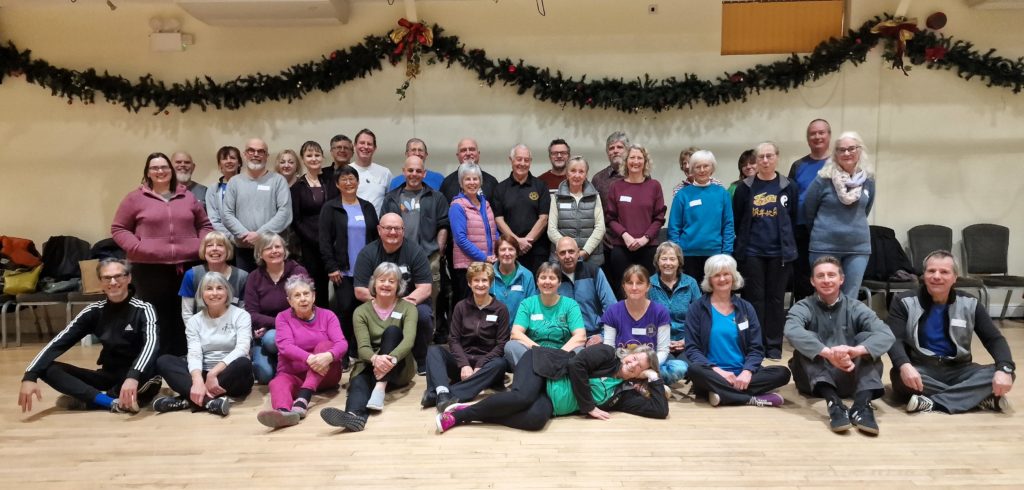
The ECTCA plans more workshops next year as we build on the success of this one. In the meantime – Keep Moving!
Greg
Tai chi may slow Parkinson’s symptoms for years, study finds
Look at this report here.
Beginners’ Workshop
This was a new venture for ECTCA – a half day workshop aimed squarely at our new students – those who had been doing Tai Chi at any ECTCA class for under a year.
The idea was two-fold – for our students to have a chance to experience a workshop and to understand how it can improve their Tai Chi – as well as being fun!
It was also an opportunity for us as an Academy to let some of our own Instructors who had never been involved in planning and running a workshop to get involved.
So it was that on a glorious Autumn day ( bright sunshine and 23C) some thirty students gathered at the Millennium Centre in Red Lodge. The workshop would be the first chance for Fiona to lead as she was being mentored by Joan and Bren.
The theme of the workshop was ‘The Five Principles’. The first session started with Fiona guiding us through the principles as well as warming us up with some Foundation exercises. We then did the first 17 moves. Not everyone in the room knew the moves so we had various instructors strategically placed to give some practical guidance.
Then we were into the workshop proper. Joan led a section on the Tor Yu and discussed how it was present throughout our Tai Chi – neatly illustrated by us all doing the first 17 again when she called out any Tor Yus as we did the moves.
Joan then led us through Grasp Bird’s Tail Left before Fiona stepped up again, this time to do Grasp Bird’s Tail. She also split people into pairs – ‘Find someone you don’t know’ for people to do the move and identify the 5 Principles. Rather brilliantly this section was designed to precede the tea break – meaning when we stopped for a rest everyone was mixed up with their new ‘Friends’. There was plenty of chatter in the room – a Tai Chi buzz had been created!
After the tea break it was time to move onto a new move – brush knee. This session was run by Fiona and Bren – with Fiona making an unscheduled appearance on the stage at one point so people could see her more clearly. Bren did a great job of showing the move – repeatedly – as Fiona illustrated various facets.
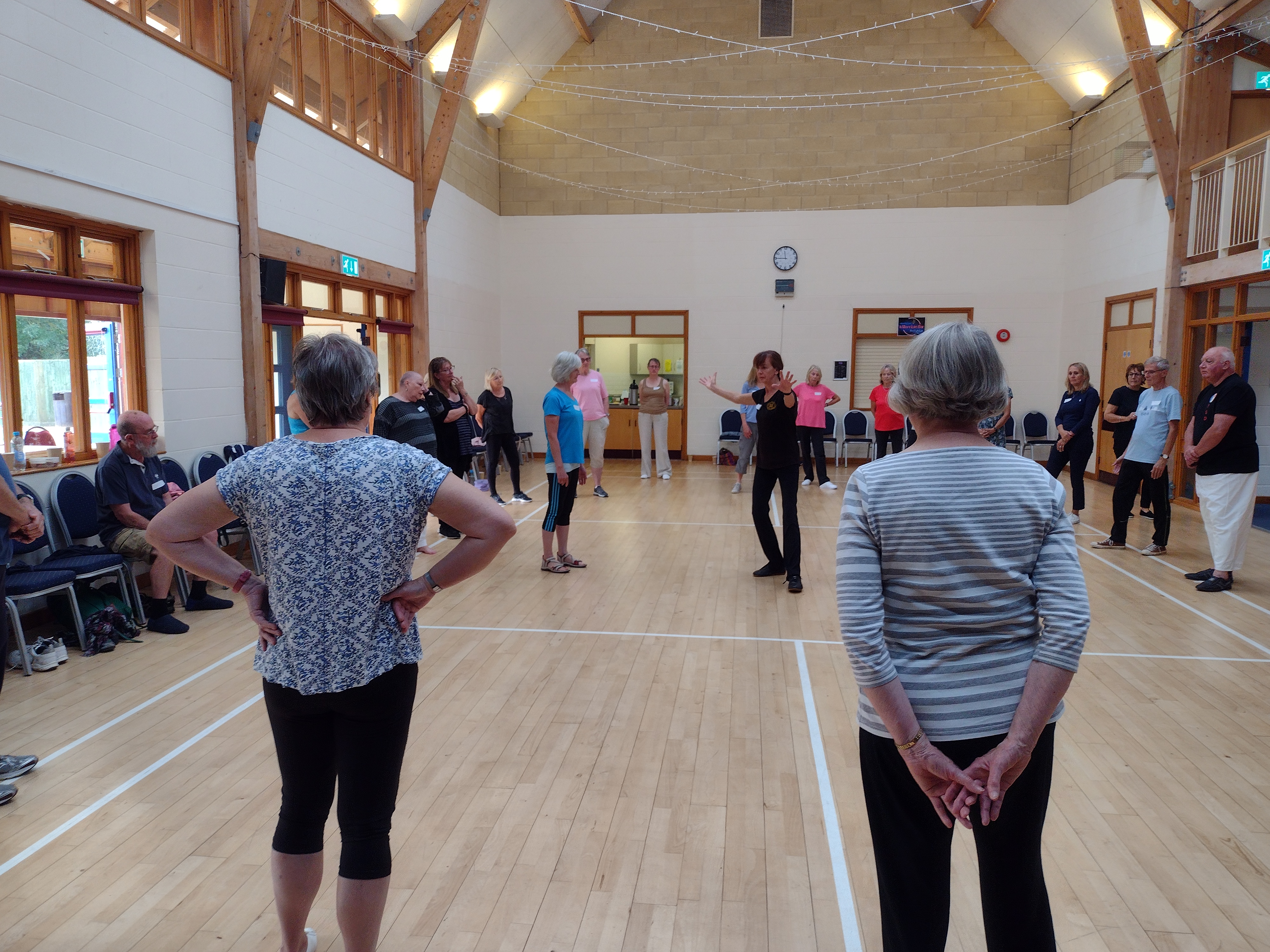
We then rounded the morning off with two sets of the First 17. Although this was done in silence we nonetheless had the unity of a well-oiled team. The morning had been a great success and we finished for lunch outside in the sunshine at 1pm with a roomful of tired but happy students. The workshop had achieved its primary aims admirably.
Well done to Fiona on her first workshop leading, to Joan and Bren on their considerable efforts before and during the workshop and not forgetting all the other attendees who now know what a workshop is all about. Their enthusiasm and keenness to do more such sessions made the effort worthwhile – we will do it again in due course.
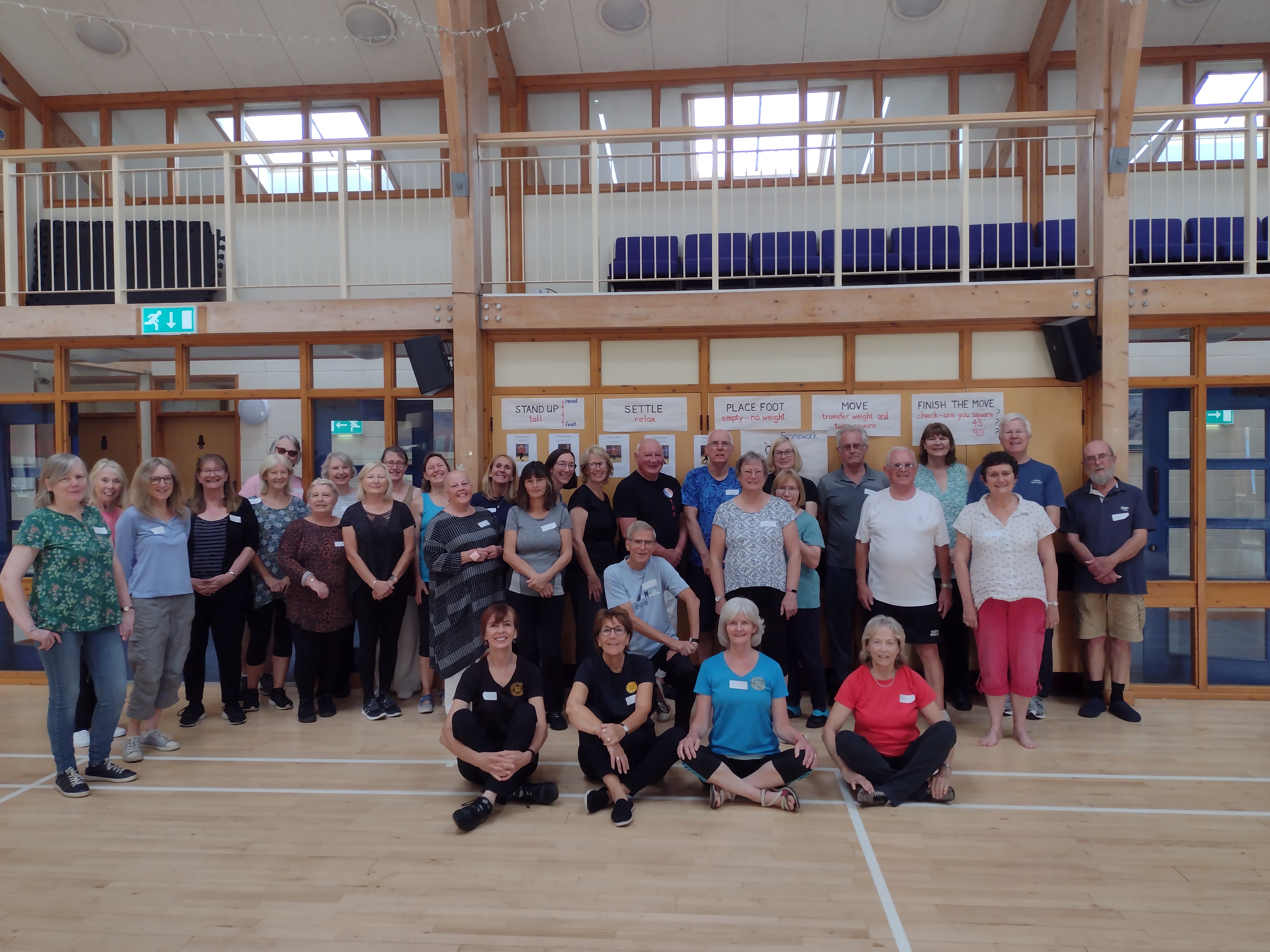
Note: There is an all day workshop led by Dorothy and Mo on 26 November in St Ives open to all Academy members – both ECTCA and other Academies. Speak to your instructor if you want more details….
108 Moves – What’s The Significance In That Number?
108 is a Harshad number. Such a number is an integer divisible by the sum of its digits. In Sanskrit, harsa means “joy” and da means “give”. Thus, Harshad translates to “joy giver.”
So What’s Occurring?
Ever wondered what is actually happening when you do Tai Chi? Here’s the answer:
During Tai Chi practice, the muscles and tendons are alternately stretching and relaxing. That makes them flexible and the joints become looser.
During the stretching and relaxing, blood in the veins is being squeezed back to the heart. The blood in the artery flows easier and fuller; and the looser joints will let the blood flow through without impediment. With good circulation, the body will heal and rejuvenate itself naturally. More than blood circulation is improved: the lymphatic, nervous and digestive systems run better as well.
In short, it’s Doing Good!
The Poetry of Tai Chi
Last blog post was well received – a poem about Tai Chi. I have found another – a Haiku:
Light of dawn
A Tai Chi master
Pushes the silence
Grand Prize, First Morioka International Haiku Contest,2019. Chen-ou Liu
I love the final phrase ‘Pushes the silence’. There is a real Tai Chi sense in that term.
Too Small A Space..
How many of us have struggled with doing Tai Chi at home in too small a space? Beat Poet Allen Ginsberg (swinging 60’s, counter culture et al) also had these challenges. See him doing Tai Chi in his kitchen whilst he also recites his poem about Tai Chi at home…..here
The Spirit of Tai Chi #1
🌈🧁☕️NHS 75th birthday Big Tea at Newmarket Class, Suffolk ☕️🧁🌈

A huge thank you to not only everyone who joined us and contributed today but also those of you couldn’t make class this morning but still generously donated too. We raised £125.65 to be sent to Addenbrookes Charitable Trust to help them offer services and facilities to patients and their families both now and for the future in the Childrens Hospital and Cancer Hospital currently being built on site.
The Spirit Of Tai Chi #2
On Sunday 2nd July some 90 people gathered at Woodbridge Community Hall for a bittersweet event. Mike Usher was known to many for his years of teaching and sharing Tai Chi and the Suffolk Academy hosted a workshop to support the Motor Neurone Disease charity to show their support and gratitude for what Mike had done.
So it was that we were together under the able tutelage of Marc Levy and Michael Lavocah. They took us through the Foundation Exercises – finding new meaning and some new connections in these familiar actions.
We were then taken through ‘Move With No Name’ (technically the start of White Crane but this new nomenclature was much more fun and will stick, methinks. We carried on through a few further moves – a chance to practice and learn.
After some 3 hours of hard work we had a well-earned lunch break. This was a chance for the Tai Chi spirit to be even further rekindled. What these workshops show is the family nature of our Tai Chi when done right – an eclectic group coming together to share and learn. Egos and issues left outside, a chance to enjoy the camaraderie of a group of like minded souls. A true pleasure.
The afternoon session was rounded off by Marc & Michael leading us all in a Mike Usher Special – a 6 minute set! Rapid, chaotic (at times) yet hilarious fun.
A fitting tribute to a great Tai Chi inspiration with some £1200 being raised by the event. The spirit of Tai Chi at its very best.

Greg
What has tai chi meant to me?
A journey.
I came to Tai chi in 2010. I didn’t know anything about Tai chi, nothing at all. All I knew was that there was a class near to where I lived, it was an hour class and I could walk there.
So every Monday night, I would leave my two children with a friend and off I’d go.
My life at the time had been and continued to be, let’s just say ‘tough’. I was numb, quiet and how I actually went into the hall that first night I have no idea. I walked in, kept my head down and just did whatever the instructor said.
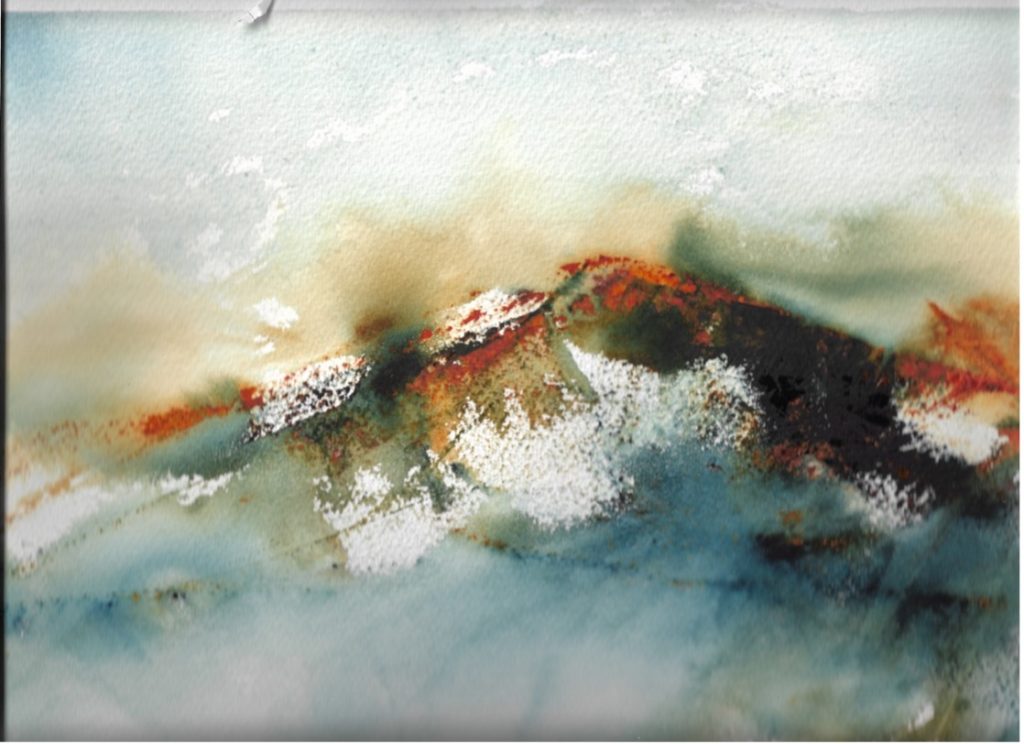
Wudang Mountain: Legend says this is where it all began….
I didn’t know if I liked it, I didn’t know what it was about or if it was doing me any good. All I knew was, that for a whole hour, I was wasn’t thinking, I was ‘just doing’ .
So I kept ‘just doing’.
For the first six weeks I kept my head down and I don’t think I said anything to anyone but I kept going back. The instructor would say to the group things like ‘smile’ and ‘relax’ but for me, where I was at the time, that was way too much, all I could do was do my best, try and go back each week.
This Tai chi that we all practice and learn so very much from, worked its own kind of internal magic. Six weeks turned into many more. The instructor said I was doing well and I should think of going to the follow-on session and that there would be a tea break in-between. So the next week off I went to both sessions.
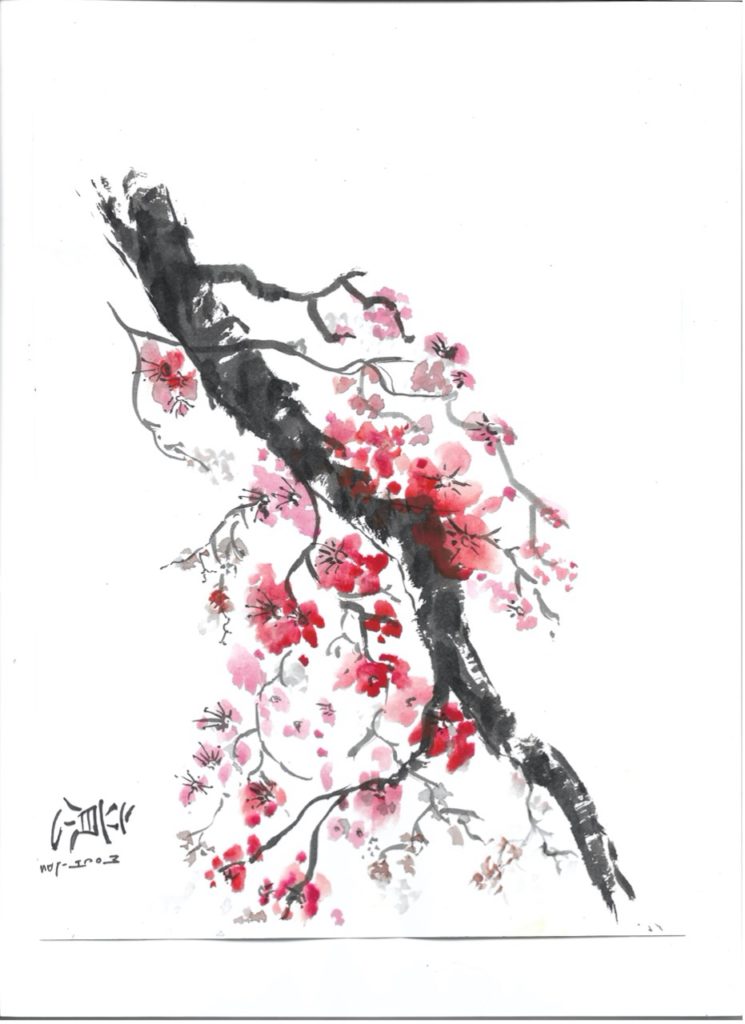
Falling Leaves
Now, the tea break was a different kind of magic, I tell you Master Moy was a very clever Man. Over cups of tea and pieces of cake, I had to hold my head up and actually speak to people. They were the nicest people too. Someone a few months back said of us Tai chi people that ‘We are Good People’ , and we most certainly are, we are kind, thoughtful and welcoming of everyone. Back then the people in my first class were of course the same ‘good people’, many of whom I am lucky enough to call friends today.
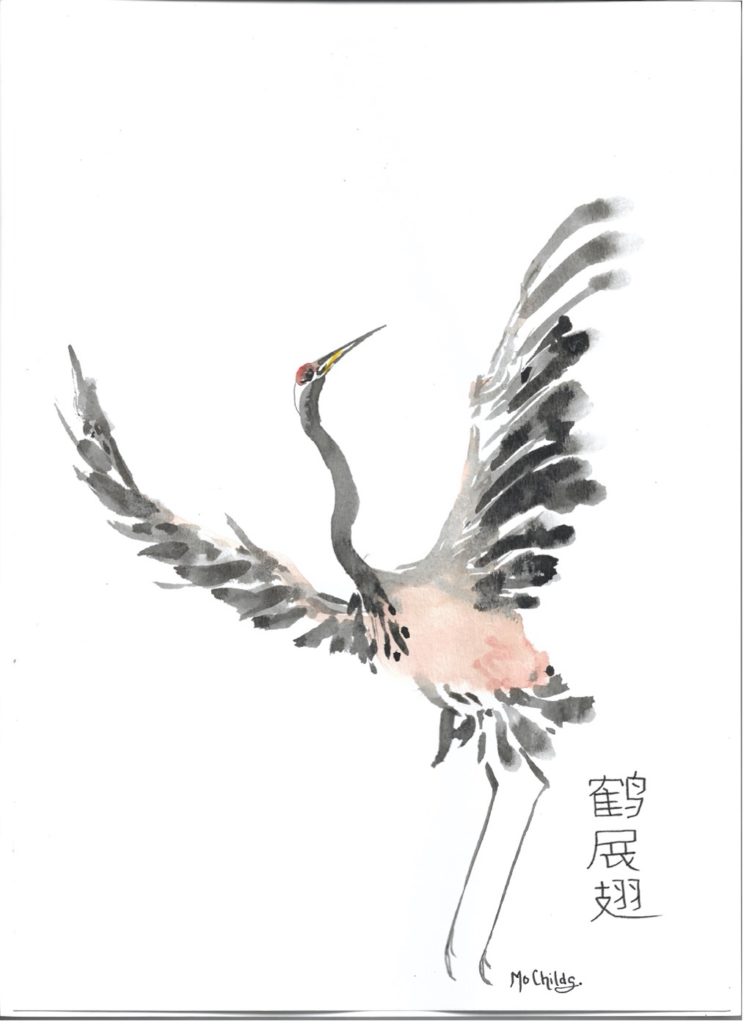
White Crane Cools Wings
At the end of going through the set, all 108 moves, the people from both classes went out for a meal. I sat there, probably didn’t eat much, I was too nervous but I was OUT, with people I could call my friends, safe. Over the years no one will know just how much that tai chi class meant to me. Or how much every class, and every workshop has meant to me since. A treasure.
You can practise Tai chi anywhere. I have practised in many different places in the world, on the beach, on many, many dog walks, in my muddy garden with my wellies on, at 2am when my very old 17yrs old dog needs to go outside, I think ‘well might as well do a bit of practice while I wait’. Goodness knows what my neighbours think! I’ve practised in hospital too many times to count, and I’m convinced it’s helped me stay well. I’ve met wonderful people over the years and shared many good times with friends and a lot of laughter too.
Tai chi helped me to get back on my feet. It gave me and continues to give me, balance, stability, peace of mind, an opportunity to grow, learn and keep learning, and to see the strength in softness. But most of all, it has taught me that I’m good enough, I don’t have to be afraid. Tai chi has taught me to Hold My Head Up, stand tall, to relax and smile.
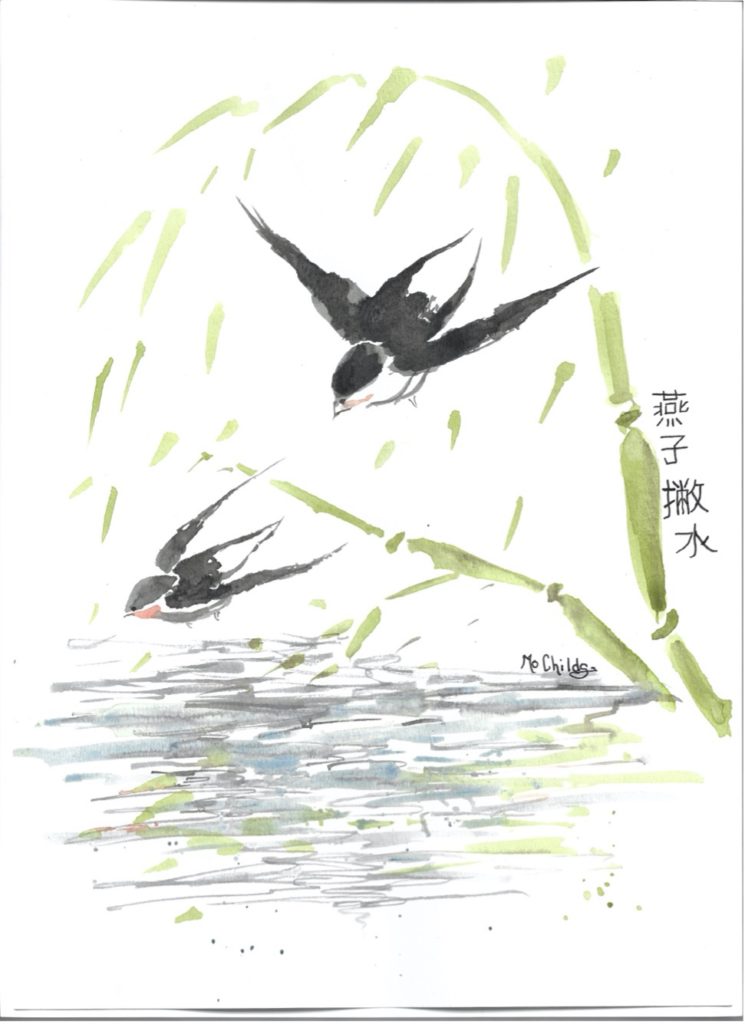
Swallow Skims Water
So, Master Moy, a heartfelt : ‘Thank You’.
Mo Childs
Editor’s note: Not only all the words but also all the pictures are by Mo. Copyright retained.
Hmmm, I Wonder What Is Happening When I Do Tai Chi…
So, doing Tai Chi – what’s actually occurring physiologically? I am sure we have all wondered…..You can see an image of me pondering just that below (well sort of!)
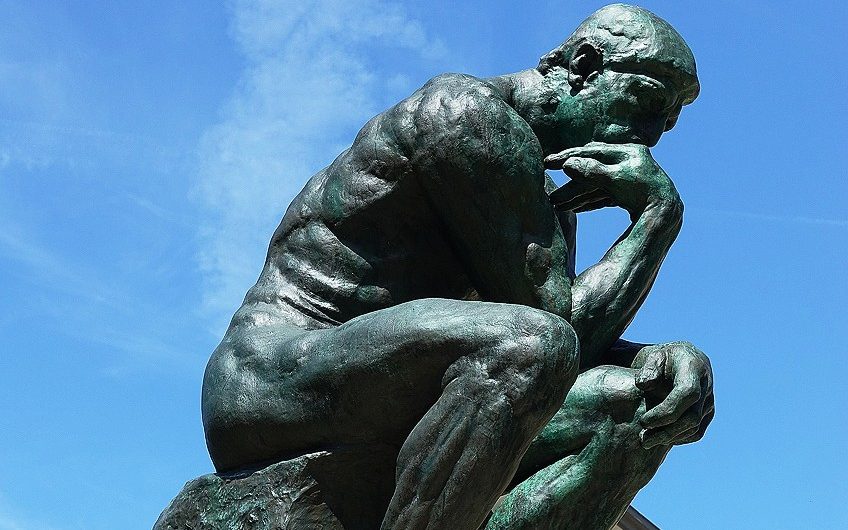
Now, courtesy of our better informed Academy colleagues, we can reveal the answer and it is more & better than you may have thought:
During Tai Chi practice, the muscles and tendons are alternately stretching and relaxing. That makes them flexible and the joints become looser.
During the stretching and relaxing, blood in the veins is being squeezed back to the heart. The blood in the artery flows easier and fuller; and the looser joints will let the blood flow through without impediment. With good circulation, the body will heal and rejuvenate itself naturally. More than blood circulation is improved: the lymphatic, nervous and digestive systems run better as well.
If you needed any encouragement to do ‘More & Better Tai Chi’ – perhaps that has helped!
Greg
The Training Process of Master Lin Shin Moy
The work begins with the Externals,
Stretching and turning the large muscle groups in the trunk, arms, and legs.
Muscles become more flexible, working smaller muscles, tendons, and ligaments.
Blood circulation improves, the lymphatic and digestive systems are stimulated.
Our ability to focus in a more relaxed manner relieves stress.
Strength is improved, flexibility is increased.
The work continues to the Internals.
Stretching/turning deepens, massaging internal organs, improving their process.
The internal organs connect to the meridians.
Energy is circulated through the meridians by massaging the internal organs.
Thus tendon changing exercises provide a framework to balance Yin and Yang.
Creating and promoting good health.
As told by Master Moy Lin Shin to a group in a 1987 workshop
Thinking About Both The Don You & The Tor Yu
Tai Chi is an exercise that works in harmony with the inherent design of the body’s structures and functions. To understand this, let’s look at the structures of the hip and lower back. We know that Tai Chi exercises this area, but what does this have to do with the structure and function of the area?
To begin with, the movement in the Tor Yu is analogous to an exaggerated version of walking. In normal walking gait there is a reciprocal motion of the legs, hips and pelvis, with one side of the pelvis extending while the other is flexing. The Don Yu is an exaggerated version of sitting and stretches the tendons and ligaments of the lower back.
At our recent Instructor’s Workshop, we talked about the expansion that occurs in the Don Yu and applying that to the Tor Yu. This simple, yet complex, motion of the body is really unique to Mr. Moy’s style of Tai Chi. The principles that he incorporated into the exercise give it a more internal connection and quality.
Most stretching exercises have traditionally emphasized a basic two-dimensional stretch where we simply bend or move in the direction of a particular muscle group to stretch. Functionally, however, the body is meant to move in three dimensions, and it does so even in simple movements such as bending over to pick something up. Tai Chi mirrors this more complete range of motion and is more in tune with the body’s natural physiology.
Looking at the hip joint we see that the structure is a ball and socket that is very stable with strong ligaments holding it in place. It is oriented for ease of mobility in almost 360° of rotation. Stability is also provided by the deep socket, known as the acetabulum which holds the ball. The hip is surrounded by very strong muscles that move the joint while also adding stability. The hips bear weight for the entire body and transmit ground reactive forces from the legs through the pelvis and up the spine. In other words, the hip joint has a full and circular range of motion to allow walking but has surrounding tissues to provide stability.
In Tai Chi, we are working on stretching and strengthening the entire hip area and we do so by using the turning capability of the joint. As you can see in the diagram the ligaments that hold the hip joint in place are not oriented in a straight line but rather spiral around the joint. The turning motion of the Tor Yu further turns the ligaments to keep them supple and strong. This keeps the hip joints mobile and flexible.
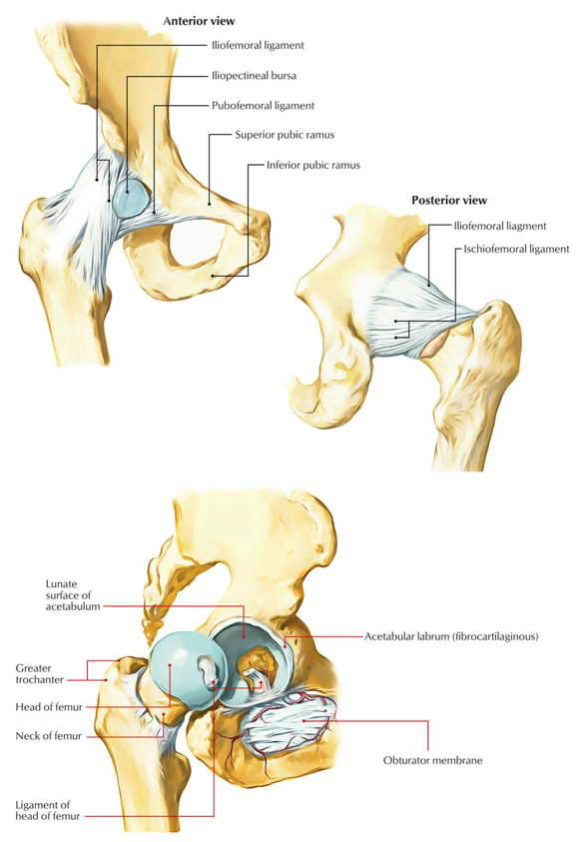
Incorporating the Don Yu into the Tor Yu amplifies the effect of this turning. In the sitting motion of the Don Yu there is a dropping of the sacrum (tailbone), and a corresponding stretching of the lumbar spine (lower back). Tor Yu’s can build on this inherent natural movement. The Don Yu sitting action, combined with the turning in the Tor Yu, gently stretches the joints, ligaments and tendons through a more complete range of motion. This allows for three-dimensional stretching to occur in these tissues and mirrors the natural turning and stretching of the body in everyday movement. In other words, incorporating the sitting movement of the Don Yu into the turning of the Tor Yu creates a three-dimensional stretching through the body, – the spiral turn.
Reposted with thanks from an article published by our CTCA colleagues.
Tiger’s Mouth – Hu Kon
Facts About The Hand: The human hand is an amazing and incredible design. Hands contain a quarter of all the bones in the body and one sixth of all the muscles. These are all employed when we move the whole hand. One single movement can require 50 muscles working together. I’m told that there are as many as 21,000 sensors for heat, pressure and pain per square inch of the fingertips.

Hands can destroy, heal, construct, cause pleasure, cause pain and so much more.
Fingers/hands are part of our mind. Have you noticed how when we speak our hands and fingers move? When we are angry our fingers clench and tighten, we wag a finger or point something out. When we are relaxed or falling asleep the fingers are relaxed and soft.

How Do We Form The Tiger’s Mouth? The arc formed by the thumb and first finger of the hand creates the Tiger’s Mouth. If you extend your hand so that the area between the thumb and first finger is stretched you can see how it gets its name because it is reminiscent of the open mouth of a growling tiger.
Three descriptions of how to form the Tiger’s Mouth:

- Put the palms and fingers of your hands in the prayer position
- Allow the fingers to separate slightly
- Now let the palms and fingers move away from each other but the tips of the fingers should still be touching
- Keep this shape that you have created and let the hands move away from each other
- Perhaps a simpler example is to imagine you are trying to pick up a slightly soft inflated balloon with one hand.
- Place your forehead into an open hand. The shape your hand has formed to hold your forehead is Tiger’s Mouth
There is a good chance that in one of your first Tai Chi classes you were shown Tiger’s Mouth. The forming is important. It is said that through forming Tiger’s Mouth it helps to energise the centre – the body/mind – by expressing energy from the Bubbling Spring.
The forming of Tiger’s Mouth engages all the soft tissues in the palm of the hand. This leads to the tissues being stretched out and as a result sensory information is carried into our central nervous system. The finger muscles have far more representation in the motor cortex than do the muscles in the upper arm.
I have read that in Tai Chi and /or Chi Kung/Qigong that the hands are for ‘Listening’. They need to be held in an open and relaxed manner. When we open the hands we are releasing chi and when we close our hands we gather or block the chi. When the fingers are separated and not over extended and the thumb relaxed and away from the fingers energy will flow into them from the palm.

Let us look at the Homunculus Man. This diagram is based on the amount of brain dedicated to the sensory perception of each of the body’s parts. It depicts what humans would look like if our parts grew in proportion to how much we sensed with them.
The hand is a major sensory organ. It is as stated earlier capable of a vast array of intricate movements. When we move our hands in the Tai Chi set we become more aware of our hands, where they are and what they are doing. We keep the arms and the body relaxed and use the fingers to drive the palm or the fist. The fingers lead the move. One hand in Tai Chi Chuan can be performing one task while the other is doing something else.
We should pay attention to our hands, fingers, palms and be aware of how and where we are holding them. Don’t just let them hang – keep both of them alive and with intent.

Finally a quote from Master Moy Lin Shin for you to think about:
“Hand, Foot. Same thing”
Joan H
The Bubbling Spring : Yong Quan
Yong: gush, surge, well up
Quan: spring
Early in our Tai Chi journey we are instructed to place our weight on the Bubbling Spring (also sometimes known as the Bubbling Well). Where exactly is it and why is it important?
Location:
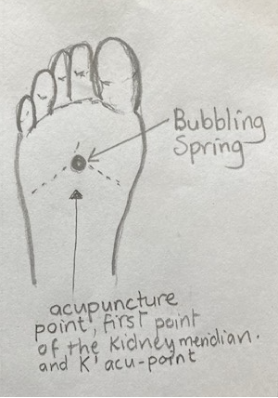
The Bubbling Spring is located on the sole of each foot slightly in front of the arch and central from side to side. The point can be found in the depression that appears when the toes are curled between the second and third metatarsal, about one third of the distance between the base of the second toes and the heel.
Importance in Tai Chi
It is a balance, weight and energetic gate.
Posture and Balance
When the weight of the upper body falls correctly on the Bubbling Spring one has alignment. The weight of the upper body is correct in respect to the lower body. The foot should be soft and relaxed. As our balance and posture improves we become more efficient because we rely less on using our muscles so conserving energy and freeing the body to move.
Energy
The Bubbling Spring is the only acu-point on the sole of the foot, the lowest and most yin point of the body which is in continual contact with the yin energy of the earth (yin = feminine, earth, Mother). The Bubbling Spring is a gateway that either allows or stops chi from rising up from the ground (Earth Chi) and entering the body. Chi bubbles upwards from the soles of the feet through the legs and into the lower ~Dan Tien (see previous blog post re Dan Tiens).
How Do You Know When You Are On The Bubbling Spring?
When your weight is on your entire foot and you cannot lift your toes or heels without shifting your weight you are rooted, you are in connection with the earth.
Many Instructors (myself included) strongly recommend the wearing of flat soled shoes without a heel or being heavily cushioned to wear for practice in class. This helps us feel that we have put weight on the correct spot to become a gateway for rising energy from the earth and to be balanced. So the best shoes are those that are flat, protect the surface of your feet but allow room for your foot to expand in the weight balance stage.
Joan H
Early One Morning….
On a sunny spring Sunday morning some 24 of us found ourselves in the glorious Hemingford Abbott’s Village Hall. The sun was shining and the daffodils starting to make their presence felt…..
It was good to be back together again as a group of Instructors from Eastern Counties, Essex, St Neots and elsewhere. The workshop was a chance to learn, to share and to do Tai Chi.
The day started on a somewhat sad note as we marked the death of Michael Cowley who had lost his brave battle against returning cancer the previous week. He will be missed and we sent our thoughts and best wishes to Dorothy who, as a part of our Tai Chi family, has our love and support.
The Tai Chi commenced with Joan and Bren leading us in the Foundation Exercises. We all know them but were once again surprised by new facets, features and connections that were brought out by the day’s Instructors. It was also a chance to share amongst the group how we teach and articulate these elements and to discuss the idea of ‘Layering’. Teaching the Tor Yu, for example, is a process not a single task. Students cannot grasp (nor often physically do) a Tor Yu from the get go – and Joan used her teaching expertise to illustrate the point well.
‘We learn the letters, we learn words, we learn sentences. These are all steps on the broader mission of learning to read. Likewise in the Tor Yu – steps or layers towards the end goal are vital in getting our students to the final destination.’
We then went onto looking at The Separations. A difficult sequence to master and to teach – again a layering process where there is a beginners’ form that builds towards the continuing students’ form. These were discussed and practised – as well as illustrated in clear diagrams and some brilliant ‘Copper Plate’ teacher’s writing on charts.
Bren and Joan also used some different language cues to describe and enthuse their students and we benefitted from working through and sharing how we articulate concepts. It is important we don’t simply repeat ourselves – changing the articulation makes things clearer to our classes and challenges us.
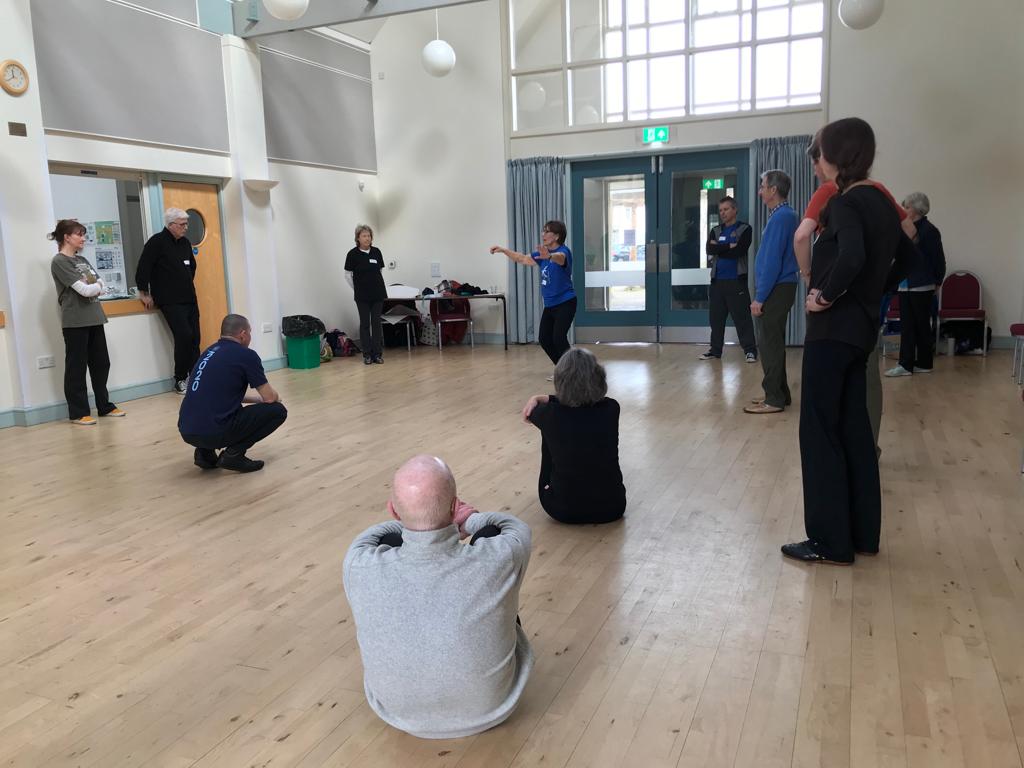
We also did some work in pairs. Again a useful way of exploring concepts and also of getting everyone to be both a student and to share and teach. A useful illustration of another class technique that many found beneficial.
After a relatively brief lunch we carried on with the Separations – now led by Bren who was working through the more complex final turn into the heel kick. Once more a layered teaching approach was discussed, illustrated and trialled. All good practice for everyone present.
All too soon it was time for a final set together. However, one of the tests of a successful workshop session is the mood and ‘Zen Spirit’ in the room when a set is done. Intangible yet clearly identifiable – the room moved together as a unit and clearly we had all learnt, enjoyed and shared.
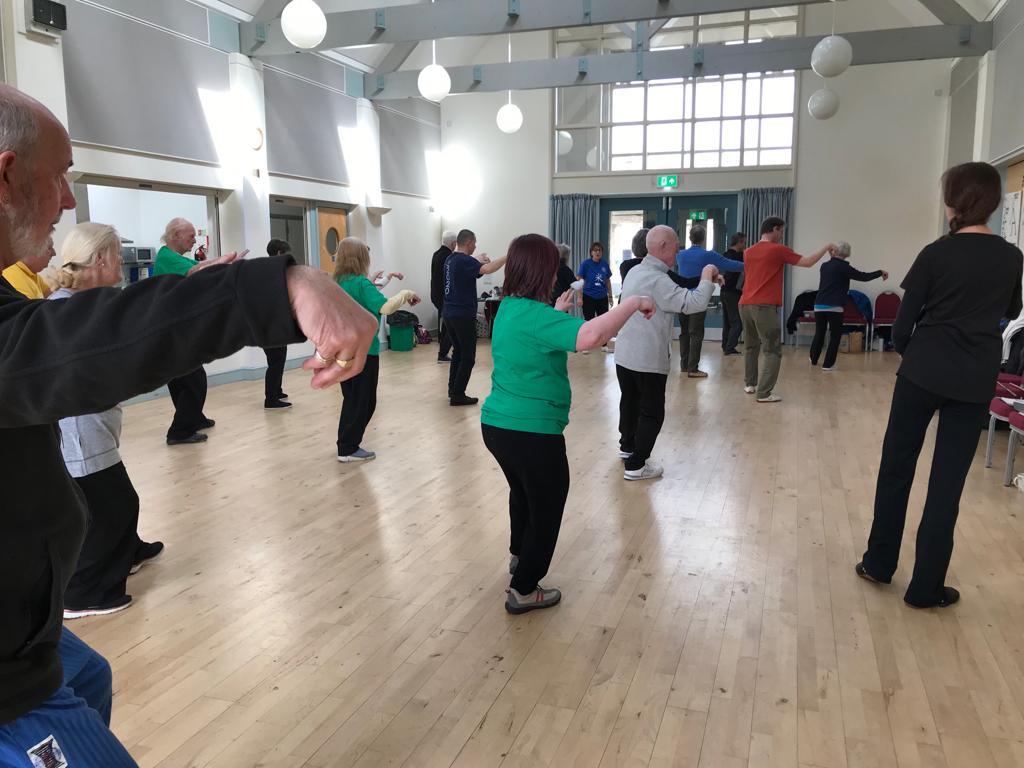
What a great workshop. Many thanks to all who came, to the ECTCA team who put things together and worked hard on the day to make it a success and particular thanks go to Joan and Bren whose advance efforts and detailed preparation as well as their patience and energy on the day carried the whole thing.
Until the next workshop……
Greg
Why Do We Bother?
Here’s an email one of the ECTCA Instructors received. This is why we teach Tai Chi ….
I just want to say Thank You Thank You for giving me my life back.
I am sorry I left in rush yesterday I would have liked a chat but after spending and hour and a quarter in a wonderful ‘time lapse’ and then the return to the present, I just wanted to get home.
I have difficulty socializing after all these years as a carer for family members. All books say ‘do things that make you happy’ but after so long I have been unable to remember what makes me happy., but I was very happy in your class.
I hope I will be accepted in your class and look forward to next week.
Best wishes
Feb 2023: Happy Chinese New Year! A Look At Our Logo
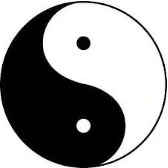
Some time ago there was a blog post about the Yin Yang symbol which is often considered to be the Tai Chi symbol. It can be thought of as an excellent interpretation of life and how each action and characteristic has an opposite effect and that one cannot exist without the other. Balance is created when they work in union – certainly something we should keep in mind when we are practising Tai Chi
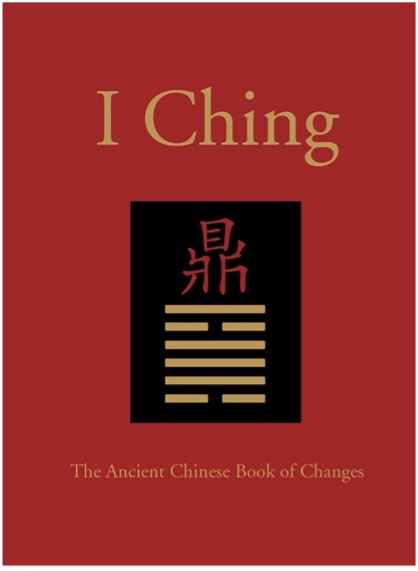
In the spirit of the meaning of the Yin Yang symbol the logo for our Academy was chosen form the I Ching or Book of Changes.
The I Ching is one of the oldest books ever written. Underlying the I Ching (alt Yi Jing) philosophy of change is the notion that the cosmos is an organismic process without beginning or end. It offers a concept of the world different to all other systems of thought found in the East. It is not based on a religious set of beliefs but on observation of nature and human life, the interaction of universal laws and individual behaviours and of freewill and destiny. It makes ‘Change’ the centre of observation and sees Time as the essential factor in the structure of the world and the development of the individual. Change is not seen as being accidental. The I Ching has been an instrument of divination, the prediction of the future, for over 3,000 years.
A number of holy men are cited as the author of The Book of Changes – one of whom is Confucius.
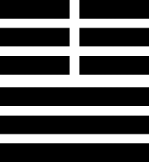
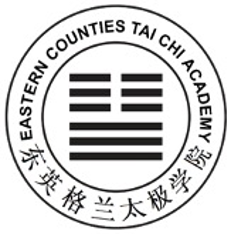
The logo for our Academy is the eleventh hexagram out of a total of sixty four in the I Ching. The hexagram is the placing together of 2 trigrams. When put together like this they mean T’ai/Peace

T’ai/Peace. The Chinese word T’ai (pronounced as per tai in tai chi) is not easy to translate. It means contentment, rest, peace in the positive sense of unobstructed, complete union, bringing about a time of flowering and greatness, abundance, prosperity, promoting wellness.
The Image In Nature. The hexagram denotes a time in nature when heaven seems to be on earth. Heaven has placed itself beneath the earth so their powers can unite in harmony. Then peace and blessing descend on all living things.
The Image In The World of Man. Here the hexagram refers to a time of social harmony. A time when those in high places show favour to the lowly and those considered to be inferior in their turn are well disposed towards the highly placed. There is an end to all feuds. It is a time of universal blossoming and prosperity.
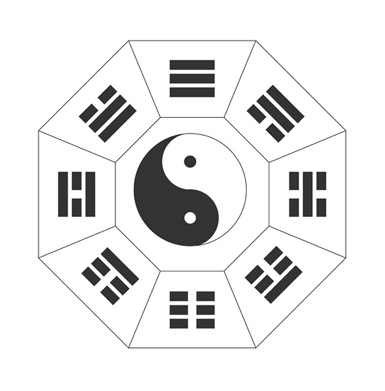
Both symbols represent balance and interconnectedness. Both suggest that when Yin (earth) and Yang (heaven) meet and commune with each other peace and harmony are achieved and great accomplishments become possible.
Joan Hodgson Feb 2023
Jan 2023: The Final Animal Form: The Crane
#5 The Crane Part 1
The image of a Crane standing in the water is the image of stillness. It looks for the movement of its prey but it stands absolutely still – the reflection of its image is a powerful indication of its complete stillness.
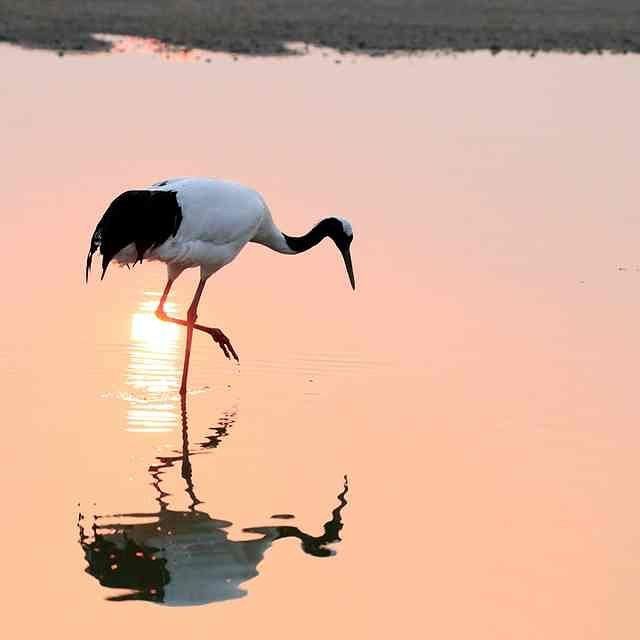
Apparently in the water the crane stands still and only moves its toes to attract fish which becomes its meal. The movement of the fish is what it looks for. At the root of Mr. Moy’s meditation tradition is the concept of stillness and emptiness also called quiet cultivation.The goal of all the meditation and movement practices is to achieve stillness and emptiness – having no thoughts.
There is both a physical and mental aspect to the Crane.
The mind in Traditional Chinese Medicine is associated with the Monkey – the Monkey Mind.
The Monkey Mind is a busy mind that is always active, busy thinking and being distracted by the surrounding world and inner thoughts.
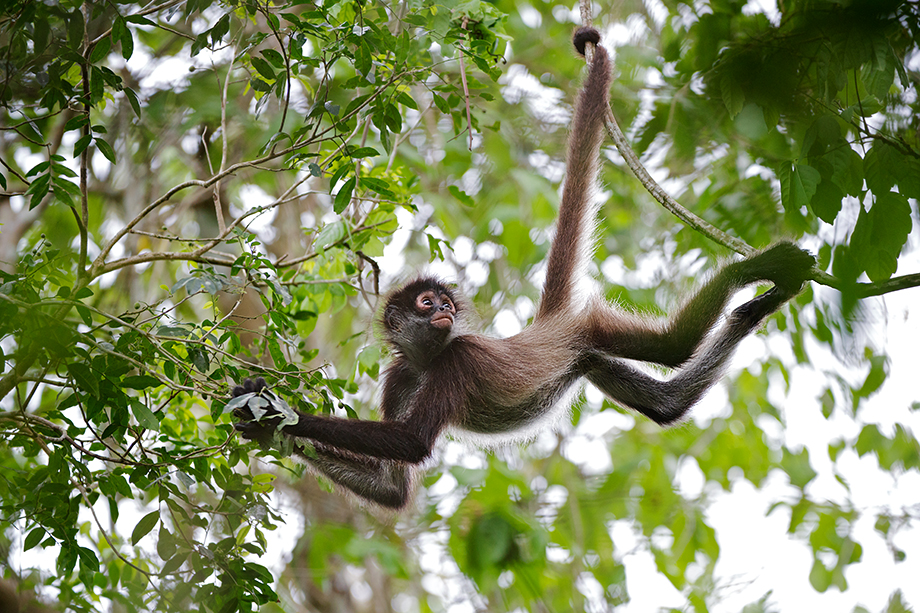
A move like “Step Back to Ward Off Monkey” refers to how the Tai Chi practice can help to regulate thoughts. The move helps to still the mind to quiet the Monkey. The move exercises the physiology which also works the mind – the dual cultivation of body and mind. The Ward Off aspect has a martial application to keep an opponent away while stepping back. The stretching and turning in the move stimulates the movement of the cerebral spinal fluid which brings circulation to the brain. The circulation to the brain will aid in the relaxation of the mind.
We are very grateful to Andrew Moore, CTCA, for this piece
Charitable Efforts
As an Academy our approach has always been that we want to be a beneficial part of our local communities. We do not profit from the classes as the Instructors seek to share the benefits of Tai Chi with our students. Fees are to cover hall charges, insurance etc. However, sometimes money raised runs ahead of charges….
The Histon and Impington classes gathered for our traditional Christmas lunch together. A wonderful get together during this exceptionally cold spell.
Our classes benefit from reduced hall hire because once the hall at Histon Recreation Ground and St Andrew’s Church hall are covered the profit is directly given to the Friends of Histon and Impington for use in the Community. This year I’m delighted to say that £3,800 raised will support the Well Being Team. This team provides support for people in the villages of every stage of life. Just to give you an idea of some of their work there is mental health support for children ,supporting new parents, clubs and activities for older people and those suffering memory loss and support for those approaching the end of their lives.
Joan
2022 Review
Well, that was a year! We started in a state of some Covid Concern as the Autumn Booster campaign was getting into full swing and the cases were on the rise. Thankfully classes did not have to be suspended again but there was nervousness around. However, many people said how much they found the Mindful aspects of doing Tai Chi with its reputation as a ‘Moving Meditation’ to be fantastically helpful.
Then came the notification of the first Workshops that would be happening across our Academy group. Peter Lanberis was coming over from Canada and, assisted by Darren Pryke, would be running workshops in Shropshire and Essex. Places soon filled up as we all excitedly anticipated the broader Tai Chi family coming together again.
In the meantime classes were continuing and new members were joining as we saw some old stalwarts depart. All in all though the class numbers were remarkably stable – even growing. A testament to the fantastic commitment from all our Instructors to keep the benefits of Tai Chi flowing to our communities.
The International Workshops did not disappoint. We had a fantastic time getting together, doing Tai Chi and learning/refining our skills.
This was followed in November by a more local workshop here in the Eastern Counties. Quixotically, amusingly and yet informatively led by Steve this was also a big hit with all who attended. A little less daunting than an International event, it got a number of newer students into the way of workshops and they will be keen to repeat the experience in the coming year – even perhaps graduating to a longer weekend event.
On the blog and website front we have benefitted greatly from our Canadian colleagues who have run a number of Zoom courses for both Instructors and students. They have also been able to support our efforts with various articles about some of the theory and teachings of Tai Chi. The Animal Forms pieces have been well received and they will be collated and presented as a separate stand-alone section away from the blog page on the website as a reference for all – my Xmas Holidays website housekeeping task!
So as we look forward to next year the Academy is fine fettle. The Tai Chi we offer is benefitting all who partake and they gain from mobility, flexibility, relaxation and social interaction. The spirit of Master Moy lives on in what we do and we look forward to more of the same in 2023.
Greg
St Ives Workshop
On Sunday 27th November ECTCA held their first big get-together since the pandemic. A most welcome event with over 50 participants for a day’s workshop led by Steve Alsop.
The day was carefully planned so that anyone, be they beginner or instructor, could work on their own Tai Chi by focusing on the first four moves of our set.
We were reminded of the five principles and how the foundation exercises were employed in these opening moves. Attention was given to the Don Yu (sitting exercise) and the Tor Yu (turning exercise). Each of these elements were explored in turn, layering their application into the basic choreography of these opening moves that we learnt as a beginner.
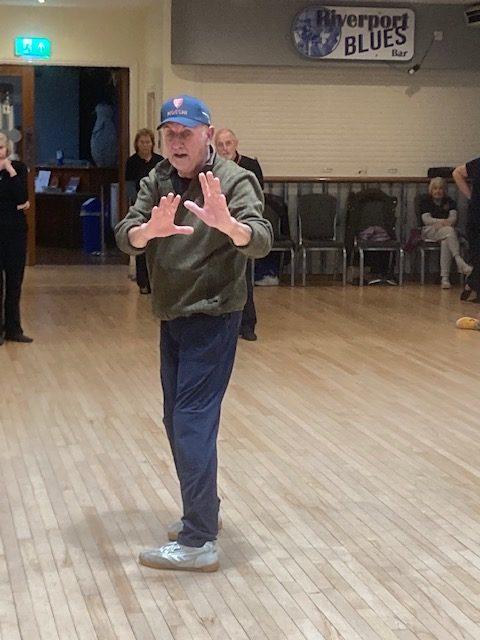
It was interesting to hear from a number of people about how their practice of Tai Chi had helped in their recovery from accidents (some quite serious) and operations. A reminder of the gift from Mr Moy of the framework and patterns in our Tai Chi set to give health benefits.
We were reminded to keep our heads up and to look where we are going. Talking of looking where we are going, at the AGM held in the lunch break for the coming year we have a new committee:
Chair & Webmaster: Greg
Vice chair: Joan
Secretary: Lesley
Treasurer: Fiona
Committee members: Steve, Dorothy, Brenda, Mo and Sharyn.
They will be looking ahead to discuss and agree a programme for 2023.
Finally, £51.46 was raised from voluntary contributions for refreshments offered in our breaks and from selling off cakes, biscuits and fruit (given by instructors) left at the end of the day. A cheque has been sent to Cancer Research, Huntingdon.
It was a great day giving us a good focus on our Tai Chi as well as an opportunity to catch up with Tai Chi friends – some not seen since before lockdown – as well as to make new friends.
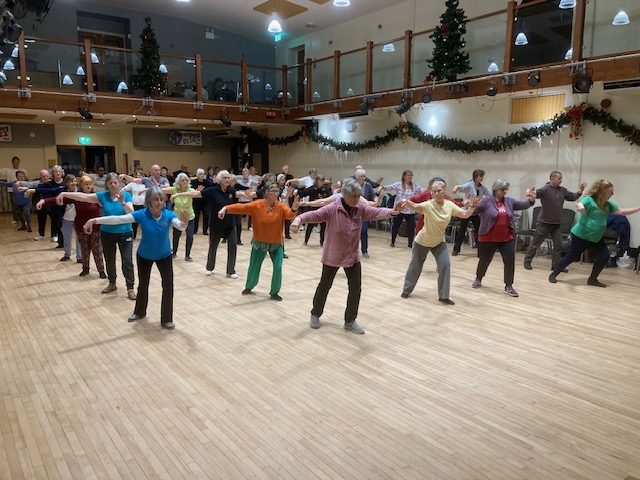
Thanks go especially to Steve for his quirky yet inspiring running of the day. Who knew dog biscuits could teach us so much about Tai Chi (you really had to have been there!) Lessons that will last long in the memory….
I’m already looking forward to the next workshop. See you there.
Joan
The Snake
The sixth of the twelve year cycle of animals in the Chinese zodiac. Historically serpents and snakes represent fertility or a creative life force. They are a symbol of rebirth, transformation, immortality and healing because they shed their skin.
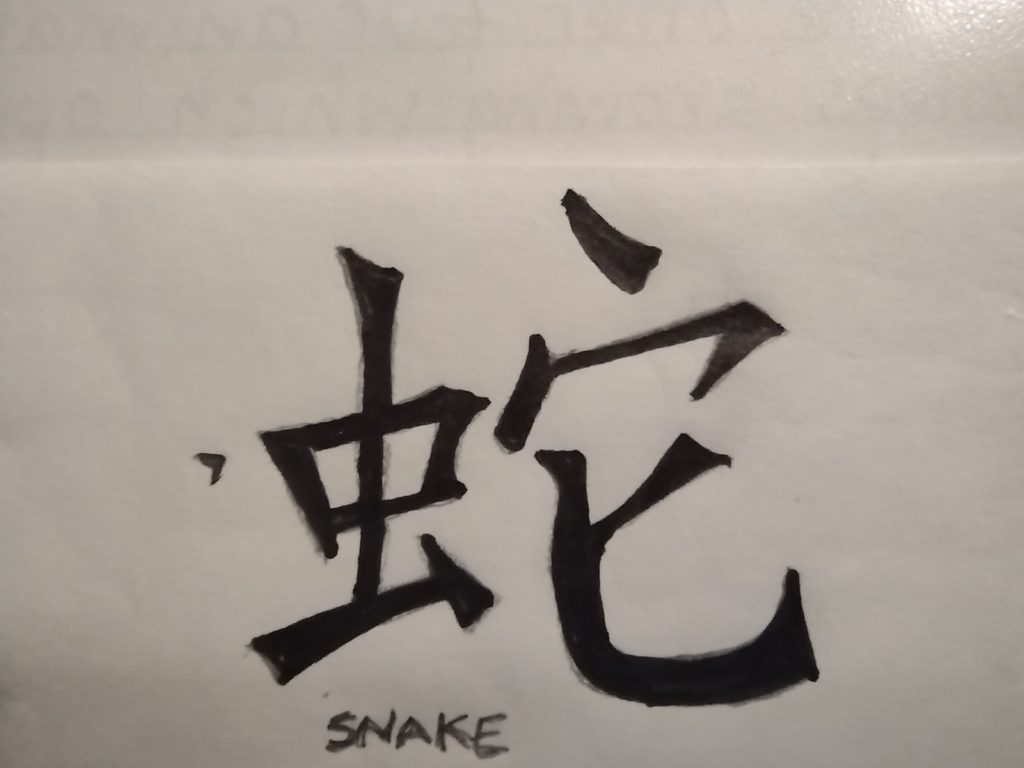
Like the dragon the snake’s body is elongated and they travel in a zigzag manner – a wave moving down the spine when seen from ahead & above. This motion is achieved by turning of the spine. The snake represents spinal training focused on turning. The base of the spine is the fulcrum (the point about which the pivot rotates) for this motion of the spinal column. This motion results in the circular movement of the internal organs. This turning helps to loosen the gates on the Du/Tu meridian. It can release the blockages on the Dai Tai meridians which circle around the lower abdomen.
When we have snake and dragon combined we get expansion and contraction of the spine as well as turning. These two movements work together to produce a spiral motion with upwards and downwards movement along with rotation. The result is a massaging of the internal organs in a spiral manner which stimulates the respiratory, endocrine*, immune and digestive systems. Snake and dragon forms are seen in the increasing control and then easiness of the stretching, sitting and turning. So in effect we see the stretch becoming the consequence of the sitting and vice versa. In addition the movement achieves an element of unconscious reflectiveness.
We are very grateful to Andrew Moore, CTCA, for this piece
*Endocrine System
A complex network of glands (eg. pituitary and thyroid) and organs (eg. kidney and heart). It uses hormones to control and coordinate the body’s metabolism, energy level, reproduction, growth and development as well as response to injury, stress and mood.
The Three Gates
This refers to the three Dan Tiens in the front of the body. In new born babies the gates are open. As a result of our journey through life, injuries and not taking care of our body and mind we have closed these gates. If the gates are not open then Chi cannot circulate properly. The meridian network is hindered because meridians pass through the gates. The theory in traditional Chinese medicine is that when these gates are open Chi can freely circulate and that is really important for the maintenance and recovery of health.
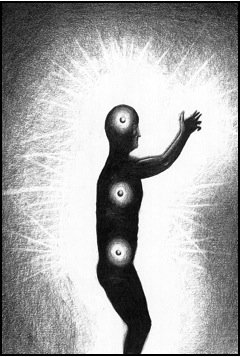
Many exercises in Tai Chi are focused on opening the three gates. Opening the gates corresponds with a straightening of the spine so as to open the gates the spine needs to be elastic with the freedom of movement in each of its sections. The elasticity functions as a pump to transport the chi from the Bai Hui (top of the head) to the lower gate (at the tailbone). If the lower gate is not open chi will have trouble going through this gate and there will not be what is termed the Grand Circulation which means the chi cannot fully nurture the legs.
The middle gate is positioned behind the heart and between the should blades where the spine connects to the arms via the scapula (ie. the should blades). If this middle gate is not open when the chi reaches this area travelling up the spine then full chi circulation will not be achieved because it will not flow out through the arms.
The upper gate is where the spine connects to the head. This gate connects the back to the top of the head and thence to the front and also a gate to the upper dan tien. This dan tien has no exact location according to some older Taoists but it is believed to be somewhere in the head. More recent thoughts on this dan tien think of it as a point equal to what is called the ‘Third Eye’.
Joan
The Three Treasures
When the gates are open the three dan tiens will be active and accumulating and transforming the three treasures. Each of the three contribute to the health and longevity of a person’s life. They are:
- Jing (essence). Jing is the essential foundation of your health. Think of it as a candle itself – Jing is the quality and quantity of the wax.
- Chi (energy/breath). Chi is the energy that courses through the body. Think of this as the burning flame of the candle.
- Shen (spirit). Shen is your spirit – it is all about enlightenment and illumination – the light produced by the candle’s burning flame.
So we see that the three treasures are the essence, energy and spirit of a person which are essential for sustaining a long and healthy life.
Bai Hui.
The Bai Hui is also known as The Point of a Hundred Gatherings. It is found on the uppermost point of the head. It’s the place where all of the energies of our bodies meet making it one of the most powerful points on our body.
Meridians
As we continue to look at some of the theory behind our Tai Chi – the animal forms etc. – we should also consider The Meridians, Gates, Dan Tiens, Bai Hui and The Three Treasures. These all have their basis in Chinese medicine and lie behind some of the forms, stretches and moves we do.
The Meridans are not real anatomical structures. Rather, in Traditional Chinese Medicine they are the pathways through which chi (energy) flows – it is seen as a channel network.
The Meridians start at the coccyx (base of the spine) and move up the spinal column then over the head to descend down the front of the body.
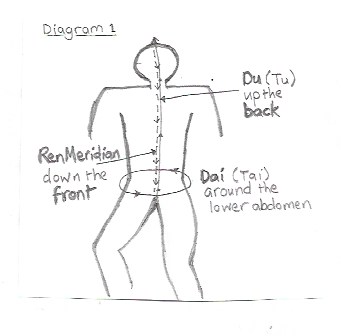
The base of the spine is a pivot for this motion of the turning of the circular movement of the internal organs. This turning also helps to loosen the gates on the Du/Tu Meridian. It can release blockages of the Dai/Tai Meridian which circles around ourn lower abdomen.
The Dragon as discussed earlier represent the training of elasticity in the spinal column – expansion and contraction spinal. This promotes health benefits. Vertebrae movements stimulate spinal fluid circulation. The spine is the path of the Du/Tu Meridian with its three gates. Dragon movement is key to opening these gates.
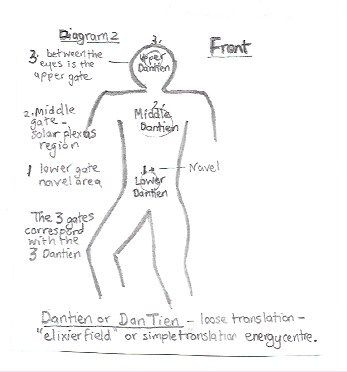
Joan
The essence of training the dragon is the balance between the contraction and expansion
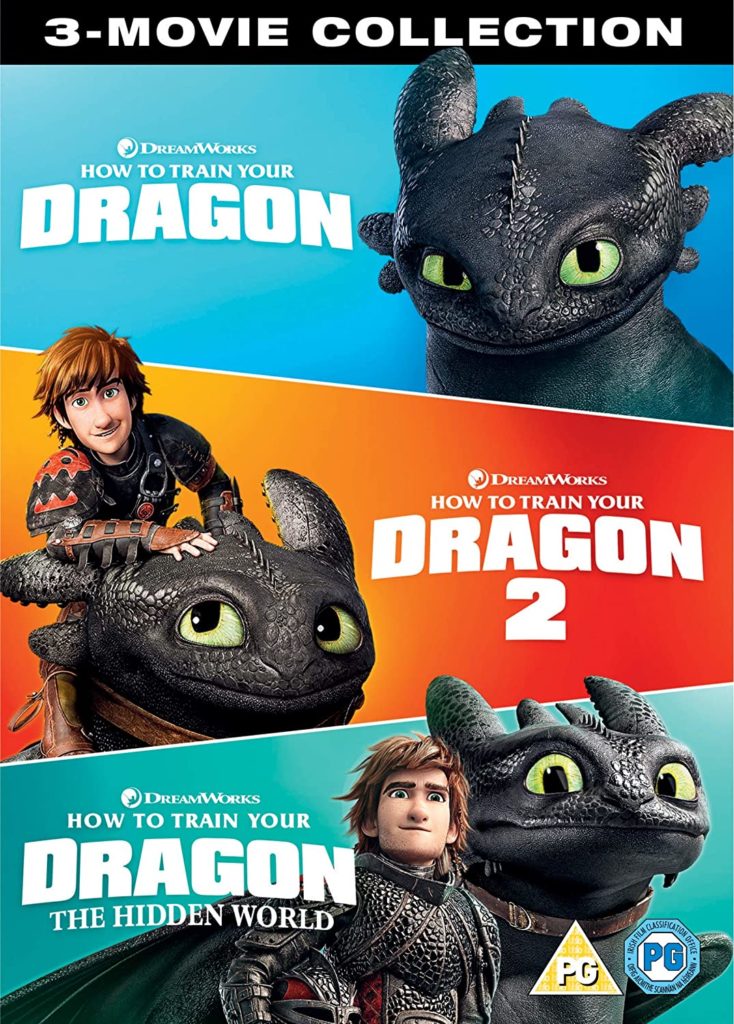
Note: Not sure that is the Dragon Training we are discussing here….
We are told that Mr Moy expressed this concept as ‘Stand Up, Sit Down Same Time’.
Think of executing a Dan Yu . Spiral stretching is achieved by engaging the Dan YU at the start and end of each movement. This engages the stretching in the tendons throughout the body. The contraction is associated with elasticity of tendons in the body.
Maldon Workshop 17th & 18th September 2022
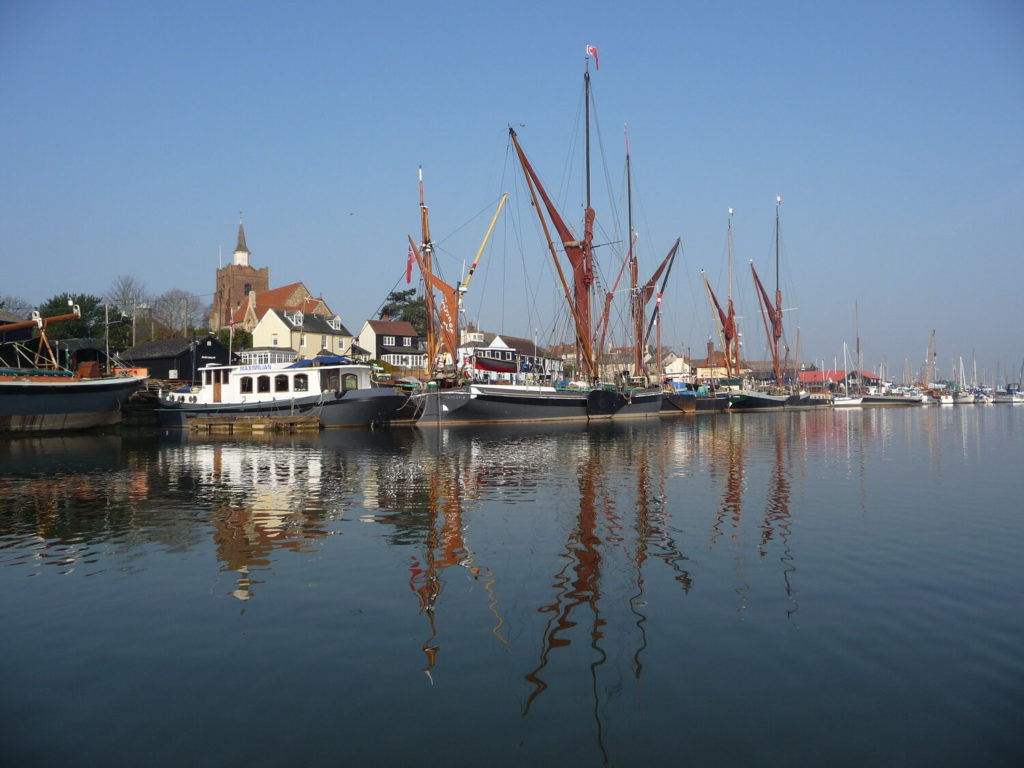
The weekend started on Friday evening in pub – as indeed do all the best weekends! A lovely social meal where we could catch up with old friends and make some new acquaintances who would become friends by the end of the weekend.
Then on Saturday morning it was with some sense of excitement that almost 70 people gathered in the school hall in Maldon for the Tai Chi workshop jointly run by Peter Lambiris from Canada and Darren Pryke who is now based in UK. Both these instructors have a wealth of experience and knowledge – having been associated with the Canadian Academy and also taught by Master Moy – knowledge they were keen to share with us.
Despite the distraction of the wind blowing the chestnut trees – with said nuts acting like drumsticks on the corrugated roof and so making a clattering sound in the background – we duly started with a set.
As is the way of these things the initial set was somewhat ragged – a variety of speeds trying to gain the ascendancy. However it was good humoured and we then went into a session working on Slanted Flying (aka Serve the Pizza) and Fan Penetrates Back.
Lunch was provided – a wealth of food that was enjoyed by the hungry participants.
Then back for more work on specific moves before a wash up at 4.30pm and off to dinner in the (rather good) local Turkish restaurant. We were tired and hungry – but having fun!
Sunday dawned bright and less windy (& less noisy!) and we started with a more coherent set and then a recap of the previous day’s work.
Darren then called Jeff out to assist as he curated a session on Wave Hands Like Clouds. We all progressed down the hall elegantly (sort of) and repeated the move. Hard work certainly but a great opportunity to learn and share together.
After another splendid lunch we had a review and discussion of learnings – and boy had people benefitted. Some had a simple ‘win’ – doing Tai Chi in a large group – whilst others had learnt more personal and specific things about their own form and practice. What united everyone was that we had enjoyed working and learning together and all had found some real benefits.
Too soon we were doing the final set and this time there was a real sense of unity across the group. The distance travelled from the initial somewhat scrappy set to a more connected and integrated final set was impressive. We had all learnt a lot – so thanks go to Peter and Darren (plus Jeff) for leading the Tai Chi and to Judy & Lisa & their army of Essex helpers for putting on a fabulous workshop. Until the next time…
Greg
Animal Forms In Tai Chi
We are indebted to Andrew Moore who was taught by Master Moy and who is an Instructor in the Canadian Academy. He has generously shared his time and knowledge to put together these articles on the Animal Movements and so pass on some of his considerable knowledge.
Continuing our series on the animal forms in Tai Chi – a look at Snake Movement

The early development of Tai Chi by Chang San Feng (張三丰) was based on mimicking the movements of animals in nature.
The movement of the snake is typically associated with the side-to-side movement when looking down at a snake moving across the ground.
This is a common movement in the Tai Chi set when there is a transfer of weight from one foot to the other.
One example is the transition from Step Up Raise Hands into Stork Cools Wings.
The weight shift from Left To Right (shown in figure) is done without turning (parallel step).

The rising and falling aspect of the Tiger animal is present as the weight transfer is accomplished with a standing up on the left leg and a sitting down on the right leg.
One important aspect of the weight shift is to maintain a connection between the back (left) foot Bubbling Spring and the Tiger’s Mouth in the top (left) hand. When the back leg has finished straightening and the top arm has finished straightening the weight transfer should be completed with the sitting down into the right foot.
The Snake animal is also associated with the movement of the lower vertebrae (lumbar).
The shape of the vertebrae and the connections between the bones allows for a range of motion from side to side.
As you travel up the spine the side-to-side mobility of the spine decreases.
Mr. Moy spoke about Tai Chi movements being initiated by the coccyx and then progressing up the spine (on movements that start low and go higher).
So we often associated the start of a turn as being initiated by the Snake animal and supported by the other animals.
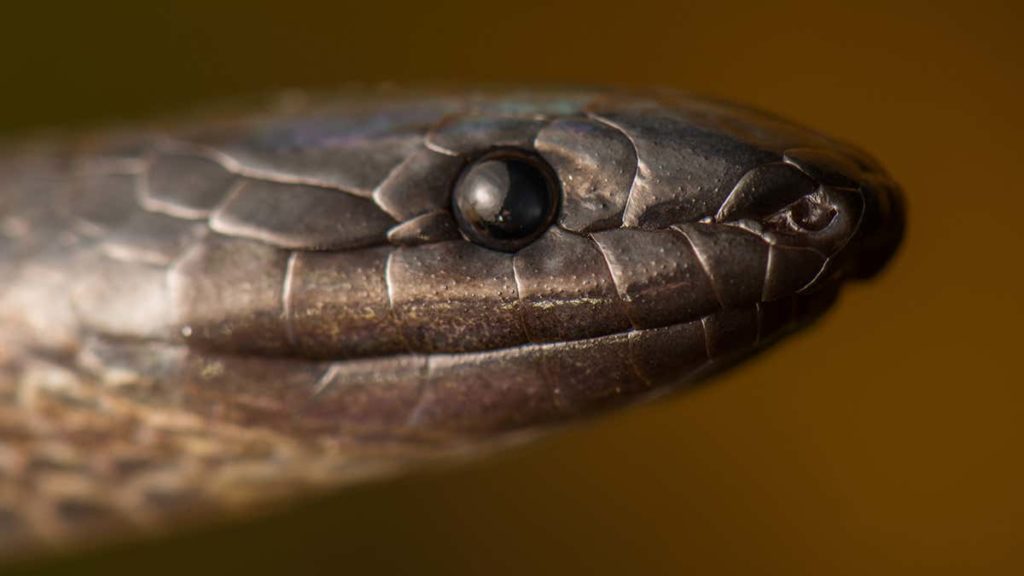
When we sit back in a move like Grasp Bird’s Tail one of the goals is to open the pelvis and separate the SI joints at the back.
The opening of the pelvis allows the Snake animal to be engaged allowing the base of the spine to turn to begin the going up and forward aspect of the move.
If the sit bones have not dropped, the pelvis is closed and the Snake is lost.
If the bones have not been stacked, the alignment is lost and the Dragon is lost.
If there is tension in the body and the muscles are engaged how can the circulation move through the body?
The softness of Tai Chi is important in all moves to engage the tendons and the bones.
By starting the turn at the base of the spine, the turn travels in two directions
– towards the top of the head (Point of Hundred Gatherings / Bai hui 百會)
– towards the foot travelling down the leg into the foot (Bubbling Spring)
To achieve the two directions, all of the animals need to be coordinated and work together.
If you use the strong muscles of the back leg to initiate the movement, the animals are lost.
If you lose the balance and shift forward, the animals are lost.
Maintain the quiet of the Crane, trust the Tiger (bones), relax to initiate the Leopard (tendons), access the contraction of the Dragon to stand up engaging the elastic structures that have been stretched.
The movement from back foot to front foot is initiated by the Snake.
White Stork Cools Wings is a very good movement to practice to learn to initiate the movement from the turn at the base of the spine.
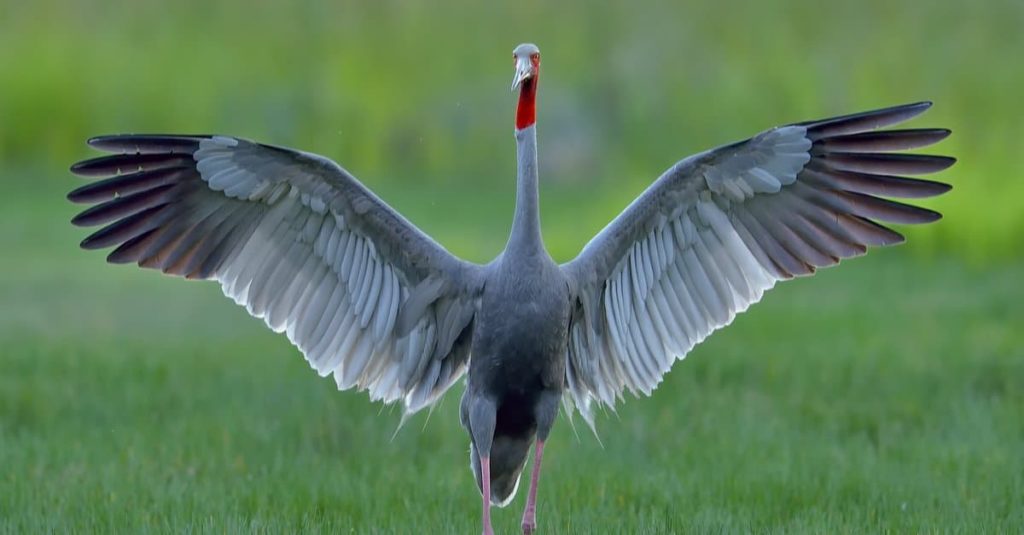
At the start of the move, the weight is dropped into the Bubbling spring of the right foot.
When the left foot steps in empty, it is critical that the weight remains down in the foot.
The rising does not begin until the empty step is made with the left foot.
The right leg must remain relaxed and allow the turn to do the work to bring the body up tall without effort.
Use the empty step to help with balance but do not allow the balance to change – the balance needs to remain in the right bubbling spring.
Try to get the sense of the turn progressing from the base of the spine up each vertebrae to the skull.
There will also be a rotation downwards towards the bubbling spring as the angle of the body rotates through the 45 degrees.
There is also rotation in the ball joints of the hips and ankle and bones of the right leg.
The spiral turn winds sections of the body and unwinds other sections of the body.
The turning of the spine engages the internal organs to gently move and massage them.
Using the muscles to initiate the movement the organs become ‘stuck’ and often are compressed instead of gently massaged.
The snake is a critical element in almost every move to achieve a whole body exercise..
We will examine the Snake animal in two of its manifestations.
The Snake in the Tai Chi context is associated with a style of movement where the weight is shifted without the spiral turn.The snake movement is a weight shift (may have an up and down component) without a change in the angles of the body.
The Lok Hup set contains numerous examples of this type of snake movement.
The Tai Chi move 45 “Right Foot Kick” is a good example of the snake movement.The move starts with a twist step, stand-up and kick followed by a sit on the same foot at the angle of the foot (45 degrees).It is interesting to play with the kick as a Dragon exercise to experience the expansion of the kick followed by the contraction into the sit.The right foot should step empty at a 45 degree angle (parallel step). The body level remains in a sit.The next part is the weight shift from the sitting foot (left) to the right without turning remaining at the level of the sit (no up or down component during the transfer).Once the lateral shift is complete, you should stand tall on the right foot pointing to heaven connecting the earth (bubbling spring on the right foot) to heaven with the right leg fully straightened.Notice that the body angle does not change through this sequence.This will set up the beginning of the strike tiger by dropping into a low sit on the right (body angle is at 45 degrees) with an empty step with the left at the bottom of the sit.
Another example of the snake is within move 6 “White Stork Spreads Wings”.Once the body turns left and sits to complete the ‘hold the ball’ the body is facing the 45 degree angle lined up with the left foot.The right foot should step empty at a 45 degree angle (parallel step). The body level remains in a sit.The weight transfer occurs from left foot to right foot with the body remaining at the 45 degree angle.It is recommended not to turn in this move to preserve the snake movement.For this move there is a rising and falling as the move starts with a rise on the left foot (connecting to the extension of the left arm).The move completes as the weight descends down in the right foot.The position of the right hand helps with the feeling of the downwards drop It is important that the balance is over the bubbling spring of the right foot with a strong connection through the left straight leg to the left foot bubbling spring.If the move has too much of a forward direction the balance is lost and the relaxation in the drop does not occur.We are trying to set up a low sit at the 45 angle for the rising turn of the stork spreads wings.The initiation of the rising turn (to spread wings) is also considered a Snake movement discussed next in the context of the Tor-yu.
Another perspective on the Snake movement in Tai Chi is associated with the turning in the coccyx, sacrum and first bones of the spine (lumbar region).This quality of the movement has a lateral component similar to the movement of a snake if watched from above with the snake’s side-to-side motion moving the snake forward.The vertebrae of the lower spine have a different structure compared to the vertebrae higher up in the spine (Thoracic and Cervical) and so the lower spine has a capacity to move laterally while the upper spine is designed for bending, stretching and rotation.The initiation of all turns in Tai Chi originates at the coccyx. It is critical to expand the pelvis so that the stretch opens the SI joint maximizing freedom of movement of the base of the spine.
A simple example of this movement is in the starting of the tor-yu in the upwards direction balanced over the back foot.The pelvis is opened during the drop / sit of the tor-yu expanding the SI joints as the internals relax and drop.The turning of the spine travels both upwards to the head (progressing through the spine) as well as downwards towards the back bubbling spring.The downwards rotation is along the axis of the back leg turning from the top of the femur (hip ball joint) down to the foot (ankle ball joint).The initiation of the turn from the low back begins the opening of the arms in the tor-yu and the straightening of the arms.As each vertebrae progressively turns there is a feeling of rising as the body rotates around the centre axis (the spine).The snake movement is initiating the turn with the support of some of the animals and allowing the appearance of the other animals.
We are very grateful to Andrew Moore, CTCA, for this piece
How the Tai Chi learning process works
The work begins with the Externals,
Stretching and turning the large muscle groups in the trunk, arms and legs.
Muscles become more flexible, working smaller muscles, tendons and ligaments.
Blood circulation improves, the lymphatic and digestive systems are stimulated.
Our ability to focus in a more relaxed manner relieves stress.
Strength is improved, flexibility is increased.
The work continues to the Internals.
Stretching/turning deepens, massaging internal organs, improving their process.
The internal organs connect to the meridians.
Energy is circulated through the meridians by massaging the internal organs
Thus tendon changing exercises provide a framework to balance Yin and Yang.
Creating and promoting good health.
- As told by Master Moy Lin Shin to a group in a 1987 workshop.
Dragon Movement in Tai Chi
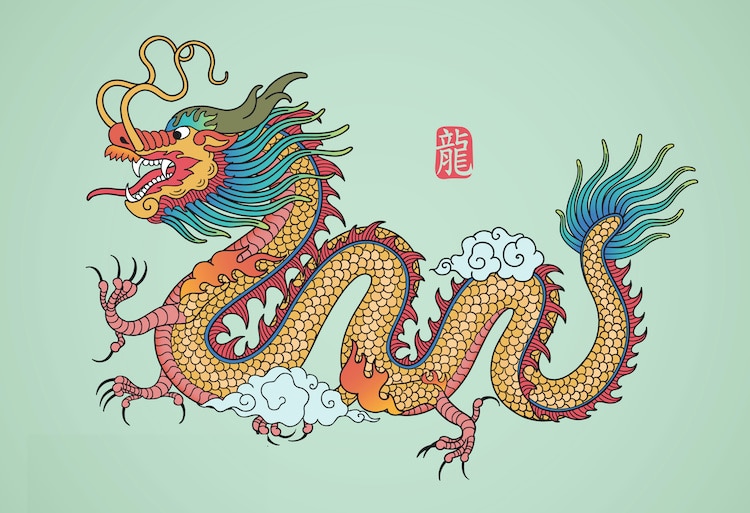
Dragons are said to be animals with very flexible spinal columns. Looking at images of dragons it would appear that their entire body is a spinal column. If you have ever seen a dragon dance you will see that the dragon can curl its body into concentric circles, unwind and become a long, straight line. The contraction and expansion can only be achieved by having an elastic spinal column. The elongated body of the dragon describes the spinal column.
The spinal column’s elasticity is a result of the movement of every single vertebra. We are now told that there is movement in the sacral area (found at the bottom of the spine between the fifth segment of the lumbar spine and the coccyx/tailbone (L5 down to L1) which was previously thought to be unmoveable. While there is movement in the vertebrae fusion in the discs will not occur. The movement allows spinal fluid to flow through the spinal column and circulate in the body.
There are many different ways to look at the dragon which can be found in many of the Tai Chi movements.
The dragon is typically associated with the expansion (stretch) and contraction of the body.
We will deal with each of these in separate articles and then show the Dragon movement in a specific Tai Chi move in a further post.
The first is the expansion/stretch.
One of the interesting aspects of the stretch is utilizing the ‘stored energy’ or ‘returning force’.
When you stretch and open and then return this is a very effective pump that moves the circulation to every part of the body and returns the circulation back to the centre.

One of the key aspects of accessing this stored energy is that it is stored in the elastic structures of the body.
As the body becomes more elastic there is more energy that can be stored in the stretch.
This energy can be stored in the joints, the spine, the tendons and other parts of the body.
Typically the stretch is engaged as part of the turning or spiralling either in the rising or falling direction.
Also, some parts of the body can be expanding while other parts are contracting.
In order to access the expansion, the body must relax. A body that is using muscles to move is a body in contraction which cannot stretch.
When the movements are initiated by the turn of the spine the muscles are not involved and the strength of the form comes from the bones and not the big muscle groups.
For most people the stretching aspect is the first part of the dragon that is experienced.
You cannot access the return if you don’t first expand.
So the stretch is the first priority – to begin to engage the stretch through relaxing and turning.
Mr. Moy’s Tai Chi set incorporates a safe path to start people on stretching if they have a solid understanding of the angles and directions of the movements of the set.
As people progress from one move to the next they should practice the turning and the other five basic principles which will begin opening the body.
Learning to let go is the path to opening the body. Forcing the body to stretch will result in discomfort and potentially injury.
The second aspect is to access the returning force / contraction of the dragon.
This energy can be used to initiate the next move in the sequence, again reducing our dependence on using the big muscle groups to initiate movement.
Like the expansion, the return cannot be accessed if the large muscle groups are engaged. The moment the movement engages the muscles the return force is lost.
If you think of a spring that is coiled up in its ‘resting’ state it is neither expanded or contracted.
When a force is applied to pull the spring apart or compress the spring, the shape of the spring changes and the force applied is stored as potential elastic or spring energy.
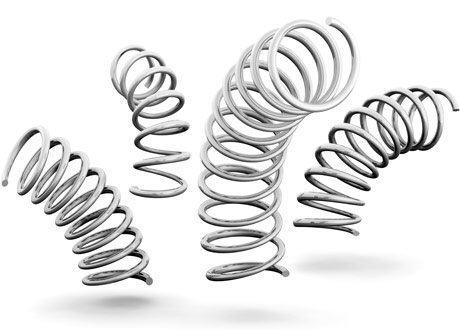
When the force is released, the spring uses the stored energy to return back to its resting state.
The key here is to release the force of the stretch in a way that allows the return from the stretch to move the body in a balanced and relaxed way.
When you apply the force to stretch and release the force to return, it is important to understand the direction of the forces and the anchor points of the stretch.
These anchor points are how you maintain connectivity and smoothness to the movement. The moment an anchor point is lost, the stretch or return will disappear.
Mr. Moy called these anchor points ‘The Five External Harmonies’ = The two tigers mouth, The two bubbling springs and the Point of Hundred Gatherings. (The Point of a Hundred Gatherings is also known as Bai Hui and is on the uppermost point of our body, the centre of the top of our head. It’s the place where all of the energies of our body meet making it one of the most powerful points on our body.)
When these points maintain harmony a move is connected and the five animals can be accessed.
These five points are basically where the body connects to the external world and are the boundary between the inner and outer universe.
It is key when stretching and even more important on the return to maintain balance between the five points.
The brush knee is an excellent tool to play with understanding the return force.
When you stand up in the brush knee you want to set up the balance so that you can sit down in a way to store elastic energy.

This can be stored in all of the ball joints as they rotate while sitting, as well as the tendons that can be engaged in opening the body.
On the sitting, encourage people to sit low but to also expand through their chest to connect the two tigers mouth to store energy in not only the vertical direction but also in the horizontal direction (and rotational directions in the ball joints).
The next challenge is to use the stored force to initiate the turning of the brush knee in the vertical rise without engaging the strong muscle groups (especially the strong thigh muscle).
If you release the stretch in the arms when the turn is initiated the movement of the arms can be done using the stored energy without any extra muscular force.
Key to releasing the stretch is to drop the elbows of both arms.
If people can ‘let go’ and allow the return from the stretch to bring the hands to the front of the body ready to do the brush knee (down and out), they will experience a lightness and softness to the movement.
Likewise, if you can maintain balance on the back bubbling spring during the spiral up, the rise and turn will happen without effort utilizing the stored energy.
Be very careful that you do not shift forward when the turn is initiated. This is usually a sign the turn is not centred and is applying harmful forces to the bending knee.
This gets us to what Mr. Moy called the ‘turn balance point’ where we start the next dragon as we begin the descent into the front foot in the brush knee.
In the forward direction we want to stretch the tendons (back heel to front hand, etc.) and store energy in the rotational forces in the ball joints as we sit down in the front foot.
Again this is achieved with the spiral turn down in the front dan-yu without the use of the large muscles. Key is the relaxation into the floor (including relaxing the front of the body) and maintaining the harmony between the five points.
The stored energy in the forward direction can be accessed to be used to initiate the twist-step and rise to return to the standing position to start the process again.
Hopefully the brush knee will have a sense of expansion and contraction which is the dragon.
The less effort or muscular force that is used in the brush knee will result in a soften and more elastic movement.
The same concepts can be applied to the moves of the set.
Start by identifying the dan-yu and spiral turns.
Work on sitting to open the body and improve bone strength.
Make sure the direction of movement is following the guidelines from Mr. Moy for each move.
Work on connecting the five harmonies and maintaining the connectivity throughout the movement.
Finally work on letting go. This is the path to moving meditation and a complete exercise for both body and mind.
With thanks & full credit to Andrew Moore from CTCA
The Dragon
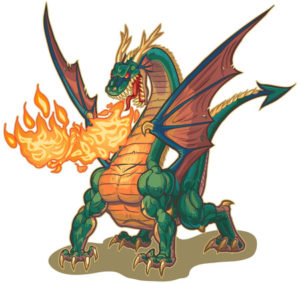
The Chinese Dragon has a very different connotation from the European Dragon. In European cultures The Dragon is an aggressive fire-breathing creature. The Chinese Dragon is a spiritual and cultural symbol that represents prosperity and good luck as well as a rain deity that fosters harmony.
In the days of Imperial China, the Emperor used The Dragon as a symbol of his Imperial strength, power and authority. The Dragon symbol adorned the Emperor’s robes and Emperors were believed to have descended from the dragons.
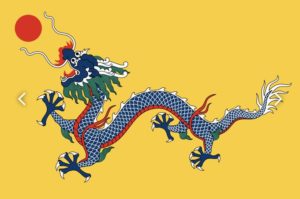
Imperial China had strict laws on how one depicts the dragon in the artwork. Commoners can only draw three claws. Nobility and high officials can use four and only the Emperor could use five. The Chinese dragon’s five claws is a symbol of the Emperor of many dynasties. See right for an Imperial Dragon image. He could execute you for treason if you get caught using five claws.
According to the Chinese myth, the Jade Emperor (an important god in Chinese religion) declared that the exact order of the zodiac would be determined by the order of the creatures arriving in the race for his birthday celebrations.
Everyone thought that the mighty Dragon would win the race but he arrived after Rat, Ox, Tiger and Rabbit. The Dragon was late because he stopped to make rain for a village that was suffering from drought. The Emperor was impressed and gave him fifth position.
Dragon Facts
Apart from being one of the twelve Chinese zodiac signs, the Dragon occupied a unique place in the hierarchy of the Emperor’s court. The sons of the Emperor were identified as the sons of dragons. Only the Emperor was allowed to have items or robes with dragons on. Dragons are said to live at the bottom of seas, rivers, lakes or anywhere with water.
Dragons symbolise Imperial power, good luck/fortune and they have powers to overcome obstacles and see success. They have power over weather and water and have a pioneering spirit. Indeed, they are spirited, confident, enthusiastic, intelligent and determined.
Red Dragon: The luckiest colour and brings good fortune
Black Dragon: Represents evil and revenge
White Dragon: Represents purity and virtue
Blue/Green Dragon: Represents the approaching Spring, new life and plant growth
Yellow Dragon: Wisdom, good fortune and power
Golden Dragon: Wealth, prosperity, strength, harvest and power
Dragons are used in many celebrations. Dragon dances are performed at Chinese New Year. The Dragon costumes used can be 70 metres long and constructed with bamboo and covered with shiny red fabric held up by dancers.
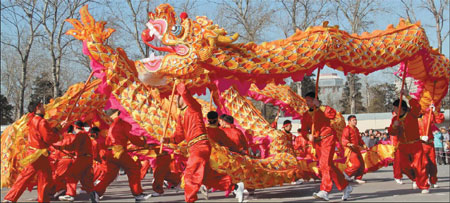
The Leopard
Continuing our series on the animal forms in Tai Chi, #2 is The Leopard.
Leopards are magnificent creatures full of strength and agility. In their natural surroundings we can observe their grace of movement and beauty of colouring. They are fearless and daring. Their independent trait is something we can admire and they can teach us not to be intimidated by anyone or anything.

Speed, Spring, Leap.

The speed comes from the ability to spring and leap. Think of a cat waiting and watching its prey, ready to pounce. We see it curl its body just like a clock spring being wound up as it readies to release the energy into, well, a spring forward. By coiling the tendons it has a store of energy that on its sudden release gives it speed and also precision of movement (more clock analogies!)
For this to happen efficiently its tendons must be fully relaxed and flexible with real elasticity to maximise both the coil and the release – tight tendons will limit this process.
Leopards represent Tendon Training for us. We should aim to transform our rigid, stiff tendons to make them flexible and elastic.
The leopard is often said to be the trickiest form to illustrate with examples. Keep in mind that it is about the tendons being flexible enough to give speed and strength through elasticity.
The Leopard in the Tor-Yu
The simplest example is allowing for freedom of movement of the arms in the tor-yu – a move which apparently Mr Moy commonly complained was being done: ‘Arms too slow’.
We frequently see people move forward as one unit instead of separating the body and having parts move independently. One part is the arms. The arms need to be able to move forward quickly, independent of the rest of the body. This is the ‘Pounce’ of the leopard.
To achieve this the tendons must be relaxed, soft and supple. The muscles cannot be engaged – the strength comes from trusting the Tiger (bones) to support you while the arms ‘Leap’ forward.
There is also a coiling stretching at the bottom of the sit back in the tor-yu which must be released to start the pounce.
So, the first stage of the Leopard is to get the softness and freedom of movement forward of the arms without the body going forward.
The second stage is to work on the coiling and uncoiling which incorporates the other animals (crane, dragon, snake and tiger).
We are very grateful to Andrew Moore, CTCA, for this piece
The Leopard in the Brush Knee
Consider also the forward direction of the brush knee. Think about the softness and freedom of movement forward, the coiling and uncoiling that provides the energy for the pounce and so doing lets us get a sense of what is meant by the parts of the body moving independently.
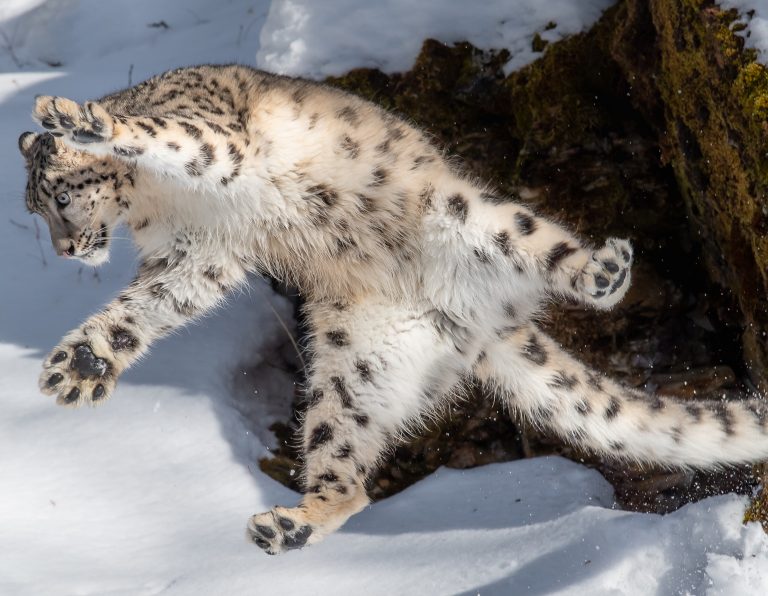
In the brush knee the back hand needs to move forward independent of the body. An example Mr. Moy used was to imagine your friend grabbing the hand going forward. Your friend is doing the hard work moving the hand forward with little effort on your part. The hand moves freely, softly and without any force from the body pushing it away.
The sensation of being pulled forward is an aspect of The Leopard as the tendons are engaged and the joints open as the hand moves further and further away.
The body needs to stay balanced on the back foot (tiger) until the pull of the hand going forwards begins the weight transfer from back foot to front foot.
While the leopard is engaged going forward (hand/arm) the remainder of the body is engaged in the uncoiling of the spiral turn from the back foot up to the top of the head. This is an upward direction not a forward direction – that is what is meant by parts of the body moving independently.
Once the turn reaches the top of the head on the rise it begins the descent as a spiral down into the front foot – there is very little forward movement of the body. The forward direction obtained is a function of the Leopard movement and the shift of energy in the body.
To set up The Leopard the coiling needs to be engaged during the sit of the brush knee to store energy in the tendons which can be released as part of the ‘Pounce’ forward.
Joan Hodgson
What does 太 極 ,Tai Chi, actually mean?
The second character, 極 (chi), originally depicted the ridgepole of the roof of a simple house. The two ends of the ridgepole are opposites: the implication is that we are separating opposite energies, which in Chinese are called yin and yang, like the plus and minus on a battery.
太 (tai) means the greatest – the most extreme. In other words, Tai Chi literally means the maximum separation of yin and yang: the condition of the highest possible energy, like a battery with the highest possible voltage, or the tallest possible waterfall. However Tai Chi is more than this: it’s a philosophical idea about the proper harmony and relationship between such opposites.
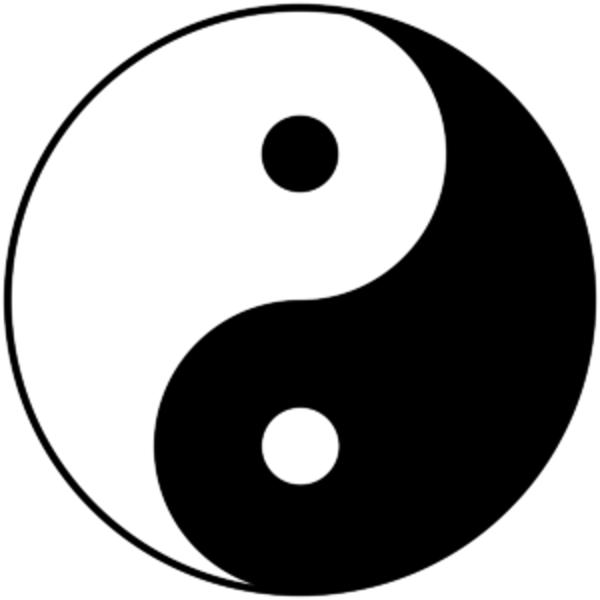
This idea is depicted in the Tai Chi diagram or taiji tu which shows the harmony of yin (dark) and yang (light) energies which nestle against one another like a pair of fish (note that Chinese culture doesn’t apply a pejorative connotation to darkness or to the colour black). The diagram shows this relationship as a cyclic alternation (imagine the image rotating), yin changing endlessly into yang, and yang into yin.
For the Taoists (a philosophical school associated with Tai Chi), such cyclic change was the nature of the universe and this harmonious relation between opposites was the great ideal, hence the phrase Tai Chi: The Supreme Ultimate.
With full credit and thanks to the author: Michael Lavocah Norfolk Tai Chi Academy
The Animal Forms in Tai Chi
With thanks to colleagues from CTCA for their insights.
The principles of our Tai Chi internal arts and the methods of executing the moves are embodied in the five animal forms. These are Tiger, Leopard, Dragon, Snake and Crane.
They are described as forms because they represent abstract aspects of our Tai Chi such as bone strengthening, tendon changing, turning/spiralling movements and gathering energy. One or more animal forms might be involved in any given move. We will start by looking at the Tiger.
The Tiger
The Tiger’s strength is in its bones. It represents power and strength. If we watch it move we will see it crouches to maintain a low centre of gravity (Crouching Tiger, Hidden Dragon anyone?) This gives it balance, strength and stability. It moves effortlessly in this way because its bones are strong.
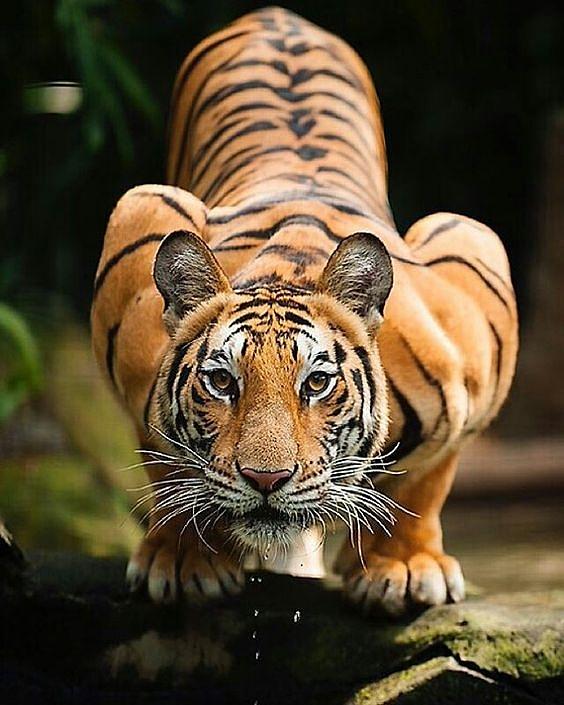
Our practice of the foundation exercises the Tor-Yu and Dan-Yu both exercise and strengthen the leg bones in a Tiger-like form.
In the Dan-Yu we push down through the feet as we sit and also as we stand (slowly) back up again. The weight drives down through the bones and this compresses and constricts the leg bones which, as we rise, then relax back and expand. This compression and recoil create a pumping action for blood and helps build and improve the circulation to the bone marrow.
So too in the Tor-Yu where the weight goes down into the front leg and then transfers to the back leg. The weight is pushed down at the back of the Tor-Yu through the foot at 45° and then transfers into the front foot which is at 90° as we shift forward and complete the stretch. The stretching force creates a load on the bones of the straight leg so that both legs are equally worked in both the front and back positions of the Tor-yu. The stretch plays an equally important role in engaging the Tiger. It is important to maintain a solid connection of the feet to the ground in the straight leg to pump the circulation in both legs. At the back of the move the weight is sensed to be mostly into the back foot, at the front of the move it is in the front foot.
As with the Dan-Yu the weight compresses the load bearing leg and is then transferred into the other leg. The loaded leg is compressed whilst the unloaded leg expands back again creating a pumping cycle.
As we enter the Year of the Tiger, we should aim to have an awareness of our weight placement, loading the requisite leg correctly and understanding how this enables us to maintain a low centre of gravity and to build stronger bones.
We are very grateful to Andrew Moore, CTCA, for this piece
A Test: 5 Principles
Quick – close your eyes and name the 5 principles of Master Moy’s Tai Chi.
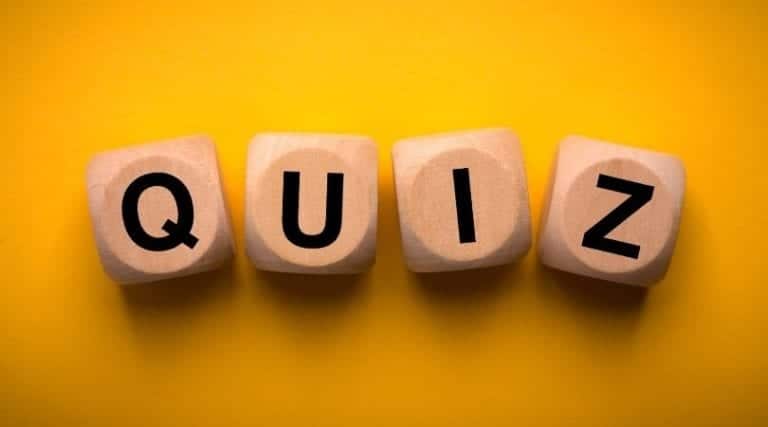
How did you do? Can you identify each aspect in every move – They should all be there if we are doing each move correctly.
There is a quick and easy way to remember the five principles and it is about thinking about working up your body.
Start at the feet. Principle 1 is that the front foot is at 45° to the back foot
Next stop up is the knee. Knee over foot – never in front of the toes. Knee aligned with weight bearing foot, weight through back of knee.
#3 Then on up to the hips. Hips square to the weight bearing foot.
#4 Then up to the head. A straight line runs from the top of the head through to the back heel
Fifth and last is the total body – the yin and yang – and this is that there are equal and opposite forces that apply through the moves.
So, start at the feet and work up to the head – then cover the whole body. Easy to remember really – just a little harder to apply in practice to every move…..
The New Year greeting in Chinese is “xin nian kuai le”

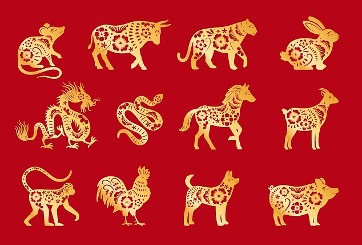
The phrase literally means “Happy New Year.” But in Hong Kong and other Cantonese-speaking regions, it’s more common to say “gong hei fat choy.” In Mandarin Chinese, it’s “gong xi fa cai” (恭喜发财). It means “congratulations on the fortune.”
2022 Brings the Year of the Water Tiger: How to Get Good Luck?
Water Tiger comes from Tiger’s five elements (Gold, Wood, Water, Fire and Earth) . 2022 is the Year of the Water Tiger, which indicates a prosperous year due to the Tiger’s auspicious signs (strength, exorcising evils and braveness).
WHY TOR YU?
Structurally, the Tor Yu movement exercises the bones. Applying a load to the long bones in the body and releasing the load helps to improve the health of the bone marrow by stimulating the blood supply to the centre of the bones.
Stretching in the Tor Yu initiates opening of the joints and accomplishes ease of movement and soft tissue elasticity. When the stretch is even on both sides of the spine the movement forward creates spinal symmetry throughout the stretch. With practice, arms lose their rigidity, shoulders relax down and, in the forward position of the full length moves, the waist squares without effort. Stretching in the Tor Yu begins with the separation of the hands and engaging the tendons and ligaments.
Tor Yu’s are basically an ‘in place’ opportunity to practise all the “full-length forward step” moves that are done at 45o.
Words of advice from Mr. Moy: “The Tor Yu should not feel constrained or twisted. Take your time. Don’t try to sit too low.”
Learning The Sword Set
During the first Lockdown of March 2020,Darren took some of the Cambs, Essex, Suffolk & Shropshire Academy Instructors on an extended journey through the 108 move Tai Chi set focusing on Framework & Patterns ( see previous blog)– finding the repetitions that underpin our form ie sit, step, turn & move, Tor yu & Dan yu within the set,5 principles.
This came to an end in March 2021 after some 48 weeks of Zoom lessons. Bizarrely we all opted for more – a statement of how much we had all enjoyed the sessions.
Darren kindly offered to teach the Sword Set. The intention being to use the sword form and again to identify & bed in the framework & patterns of movement. This would be interesting – learning a completely new set – by Zoom.

Circa 22 Instructors started on this journey in Spring once the requisite kit (a sword!) had been obtained (though at times garden stakes and even wooden spoons made an appearance.) The initial worries of the group centred on being able to decipher totally new moves when they were shown/explained on Zoom and also whether anyone’s ceilings would survive the challenge. It turns out that a patient teacher can achieve miracles on Zoom and I am reliably informed that ‘No Ceilings Were Harmed During The Programme’.
There are 53 moves in the set and, as with the normal Tai Chi set, some moves have esoteric names, some have quite descriptive names, some moves are repeated (though here confusingly they get a different name on repetition) whilst some moves are stand alone ‘One Offs’.
Darren emphasised as he did previously during the Tai Chi set instruction, to ‘Find the Tai Chi form, Identify & Understand that it is not just about moving from point A to B but also what we achieve during that transition. It is not just the fixed snapshots & choreography but the integrating of the Framework and Patterns of Mr Moy’s form– the 5 principles, avoiding floating hips by sitting, placing the foot & turning during the moves. The lessons we had learnt previously were sharply reinforced by learning Sword.
So as we entered December the end was in sight and by the last Zoom lesson before Xmas we were able, as a group of 18, to do the whole Sword Set together. Notice the number – the retention of so many of us shows how much we had all enjoyed the classes.
A fantastic exercise in creating a virtual community with a shared aim. We learned loads and had the previous lessons around framework and patterns pointedly emphasised. There was a clarity and simplicity in the construction of the classes – the excess details were cut out and the key learnings thrust home.
All in all we owe, once again, a big thankyou to Darren for his patience and also for his clarity of vision in taking us on this journey and getting us over the line! A challenge completed – bring on the next one in 2022!
WHY DON YU?
The purpose of the sit in the Don Yu is to open the pelvis at the front and back and to stretch the spine. Practicing the Don Yu can increase circulation and lower blood-pressure. How you do the Don Yu comes down to the instructor and your physiology. As you continue to practise, your strength and flexibility will improve.
A high sit can help you focus on the upper body relaxation, straightening the lumbar and stretching it so, eventually, you may “feel” the spinal movement and opening of the pelvis area. If you challenge yourself to go lower, you must be careful not to stress the knees or allow them to move out of alignment over the feet.
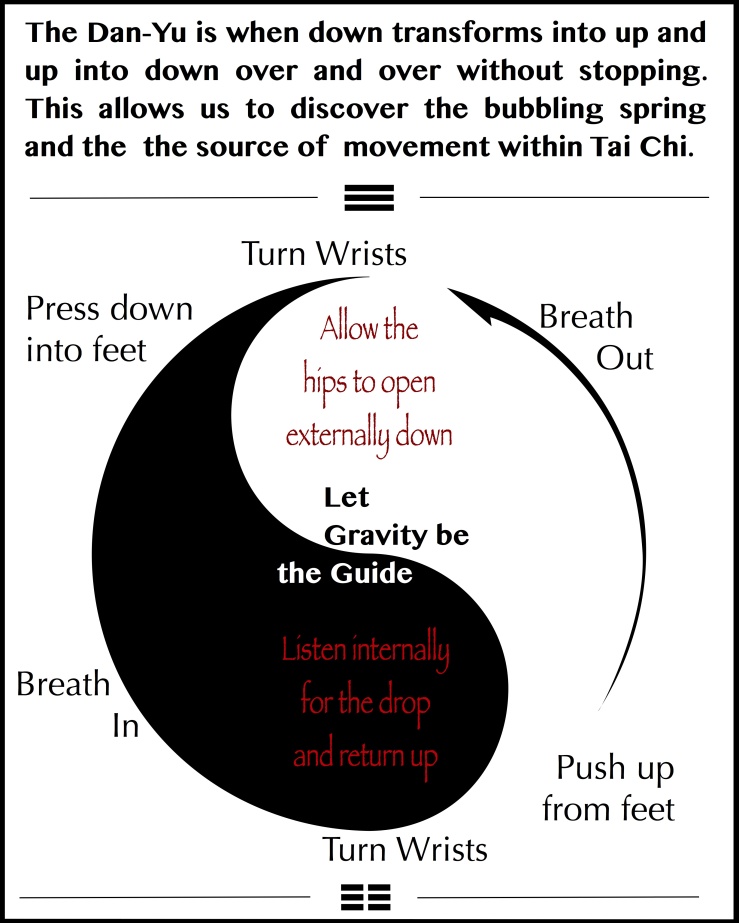
Should your knees start an inward approach to each other, you have reached the limit of your sit. Going into a lower sit serves mainly, and only over a length of time, to strengthen the legs. Initially this is muscular but, ultimately, may well increase bone strength.
Using a support structure (wall bar or kitchen sink for example) that assists you to lower your body in a controlled, but relaxed, way can help you develop the correct alignment of your spine as well as the hips, shoulders, and feet, and will help towards the opening of the pelvis area.
If you experience back pain, please share your concern with the instructor who will adapt the exercise to help alleviate the problem.
So, a few a day is better than a blitz effort – and 8 a day is a great start. The question therefore shouldn’t be Why Don You? but rather Why Don’t You?
My Favourite Tai Chi Move….
White Crane Cools Wings
I’ve always loved the imagery of this move. An elegant bird stranding on one leg and moving its wings gracefully to catch the cooling breeze. Then poised and completely still but ready to move at any moment.
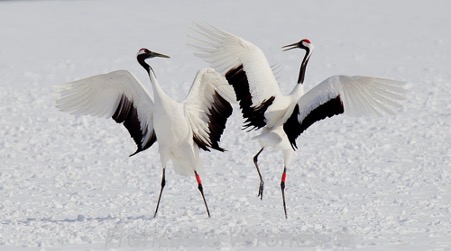
Some years ago I had a mastectomy and reconstruction. The reconstruction involved cutting a strip of muscle in my back and whilst still attached the strip was threaded under my armpit to help support the implant.
Following this operation I was given exercises to restore mobility to be able to fully stretch out my arms and to reach up high. This took some time working on the exercises every day. I added White Crane Cools Wings into my exercise regime and increasingly enjoyed the feeling of stretching knowing I was closer to fully stretching and especially realising I would be able to reach up high was a joy and a real sense of achievement.
So that is why this move is important to me. I never miss fully stretching during the end section of this move and feeling the effects on my body of reaching and stretching fully.
Joan
Below is the first in an occasional series titled ‘My Favourite Tai Chi Move’. The questions are there to prompt – feel free to write up your own response and submit it for future inclusion. Here is our debut piece….enjoy!
Wave Hands Like Clouds

What Do You Like About This Move?
It’s such a lovely, flowing yet strong movement encouraging you to coordinate your arms, legs, body, head whilst you reach, stand tall, sit, transfer your weight – have I missed anything?
What Was The Hardest Thing To Perfect About The Move?
I haven’t reached perfection by a long way.
How Does Doing The Move Make You Feel?
Graceful with intent. Whether that’s how I look is another matter….
Was There A Lightbulb Moment In Learning The Move When It Suddenly Made Sense?
At a workshop when James (from Canada) showed me how not to bob up and down in the “sitting” position when moving from right to left
Is There A Further Progression In The Move That You Are Working On?
As with all the moves in the tai chi set, it will always be work in progress but my current challenge is not resorting to old habits when coming out into single whip at the end.
Fei
The typical progression of a student’s Tai Chi.

The early stage – up to 2 years.
During the early stages the muscles do the moving by contracting and relaxing. They limit the movement when they reach the maximum of their stretch.
Thus, in the early stages there is a lack of flexibility, so movements require to be done step by step. The focus of the new student is mostly on learning the moves with a lack of whole-body awareness. So, while the emphasis is on muscular development with the movements done slowly, this control may require a great deal of strength because the actions are initiated by the large muscle groups.
The next stage – up to 4 years.
Ligaments connect bones together at joints and serve to strengthen and support the joints. Ligaments can be stretched and elongated over an extended timespan and can usually only occur once the muscles around the joints are no longer the force restricting the movement.
In this second stage, while there are similar traits to the first stage, movements are becoming more familiar, and the concentration shifts from the basic movements to working on the principles behind them. Sitting and stretching is developing, although the sit tends to drop suddenly rather than sinking slowly. There may be more of a bending of the knee rather than an opening of the hips and pelvis. As the sit is improving, more time can be spent turning and refining the balance within the moves. During this stage, the forward stretch may be more of a leaning forward rather than a continuous extension of the turning.
The next stage – up to 8 years.
The development is seen in what initiates and controls movement. These are primarily muscles and the tendon attachments to bones and ligaments.
Progression has now been built around the principles acquired in the earlier years. Movements become more continuous and even, and gradually more movement is taking place in the hips and lumbar spine. Beyond the fourth year, an important transition seems to occur in most people’s development.
As some understanding of the sit and turn is gained and because of the biomechanics of Tai Chi movements, this occurs naturally in the hip joints, sacroiliac joints, and lumbar spine. Since these joints are not always accustomed to moving to this extent, there may occasionally be some pain associated with the opening process.
The next stage – beyond 8 years.
Advancing in Tai Chi can be considered a progression from gross movement of the superficial muscles which turn the hips and upper body, to the small movements of deep muscles which turn the individual vertebrae of the spine. The aim is for the spine to generate the movement. Turning the spine requires a strong skeletal foundation with the muscles remaining soft and relaxed. To attain this progression of the physiology takes time and a lot of hard work.
Depending on factors such as natural ability, amount of practice, quality of instruction, age, health, etc., practitioners now have a flow to their movements with more balance and whole-body stretching. When the physiology changes, the sitting, turning and stretching change as new regions of the body are worked on at deeper and deeper levels. The exercise becomes increasingly internal as it works through the layers of muscles, tendons, ligaments and joints themselves. The soft structures are now opening and maintaining their elasticity.
We can all learn something new…
Here’s an introductory video to our form of Tai Chi from our Canadian Academy colleagues. Watch (preferably with a cup of tea in your hand though biscuit is optional) and you may learn something new and certainly have some of your beliefs on the efficacy of our Tai Chi reinforced!
External link courtesy of our Canadian Tai Chi Academy colleagues here
Tai Bytes
Some thoughts from across the water. Our fellow Tai Chi Academy in Canada has a very active South Nova Scotia branch and they regularly post interesting snippets about our form and approach to Tai Chi. With their permission I have reprinted some of these. Here’s one on Tiger’s Mouth...

“TIGER’S MOUTH” The Chinese name is “Hu Kou” – it includes the acupuncture point “He Gu”, which is located on the fleshy mound between the thumb and first finger. If you extend your hand, with the area between the thumb and first finger stretched open, you can see how it gets its name – with the slightly-curved space being reminiscent of the mouth of a tiger, in full growl.

The hand is an extremely important sensory organ, so important that a large part of the sensory cortex of the brain is dedicated to it. Activating the Tiger’s Mouth tends to energize the central nervous system by creating a flow of sensory information. With the hand in Tiger’s Mouth there is connection to the rest of the body and a consistent and gentle stretching to the arms.
When we use our hands with intention in the set, we become more aware of where our hands are and of what they are doing. Because the hands are connected to the network of sensory nerves in the brain, we can learn to use them, not only to sense the outer edges of our upper limbs but to increase awareness of the spine, pelvis, and feet.
Good luck to Colin on his retirement
It was a sad day when I received an email from Colin Northern to say that he would be stepping down from his role as members’ representative on the ECTCA Committee. Colin is a founder member of the committee, elected as members’ representative at our very first AGM in 2013.
He epitomises the spirit of our tai chi, volunteering and giving his time freely
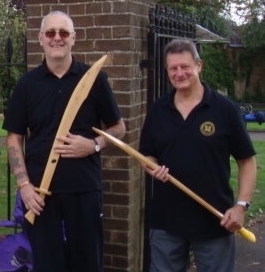
Many of you will know him as the man in the yellow jacket who showed you where to park when you arrived at a workshop. Come rain or shine, Colin was on duty to make sure everyone was able to park and that we made best use of the available area.
He has always been a willing volunteer to help, whether it was putting out chairs, erecting tables for lunch, clearing away cups or manning the dishwasher.
As a long time member of his local motorbike club, Colin was able to use his knowledge of club committees to offer valuable advice as part of the fledgling ECTCA committee setting out our constitution, and has continued to ensure that we follow correct procedures
He generously commissioned our ECTCA banner and donated it to the club.
As a passionate motorbiker, he used his contacts to get a ‘pitch’ at the annual Whittlesey Festival for several years.
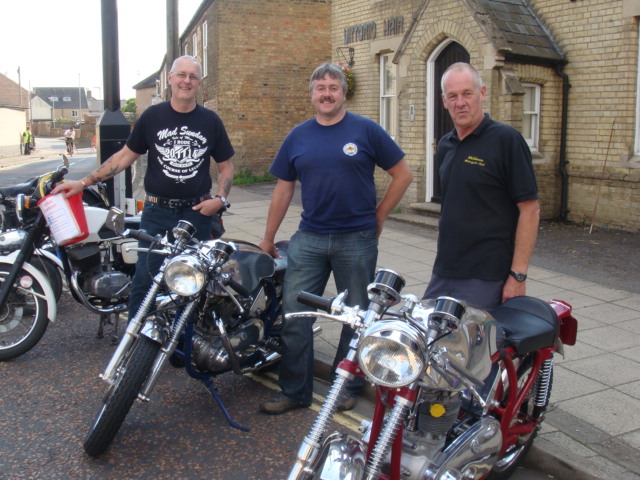
He is a loyal member and Assistant Instructor helping Jeff at his weekly Tai Chi class in Eastrea, inducting new members and making them feel welcome. Jeff says, ‘He has been a stalwart helping everyone at Eastrea and we enjoyed each others company travelling to and from tai chi events and outside of tai chi. I shall miss him’.
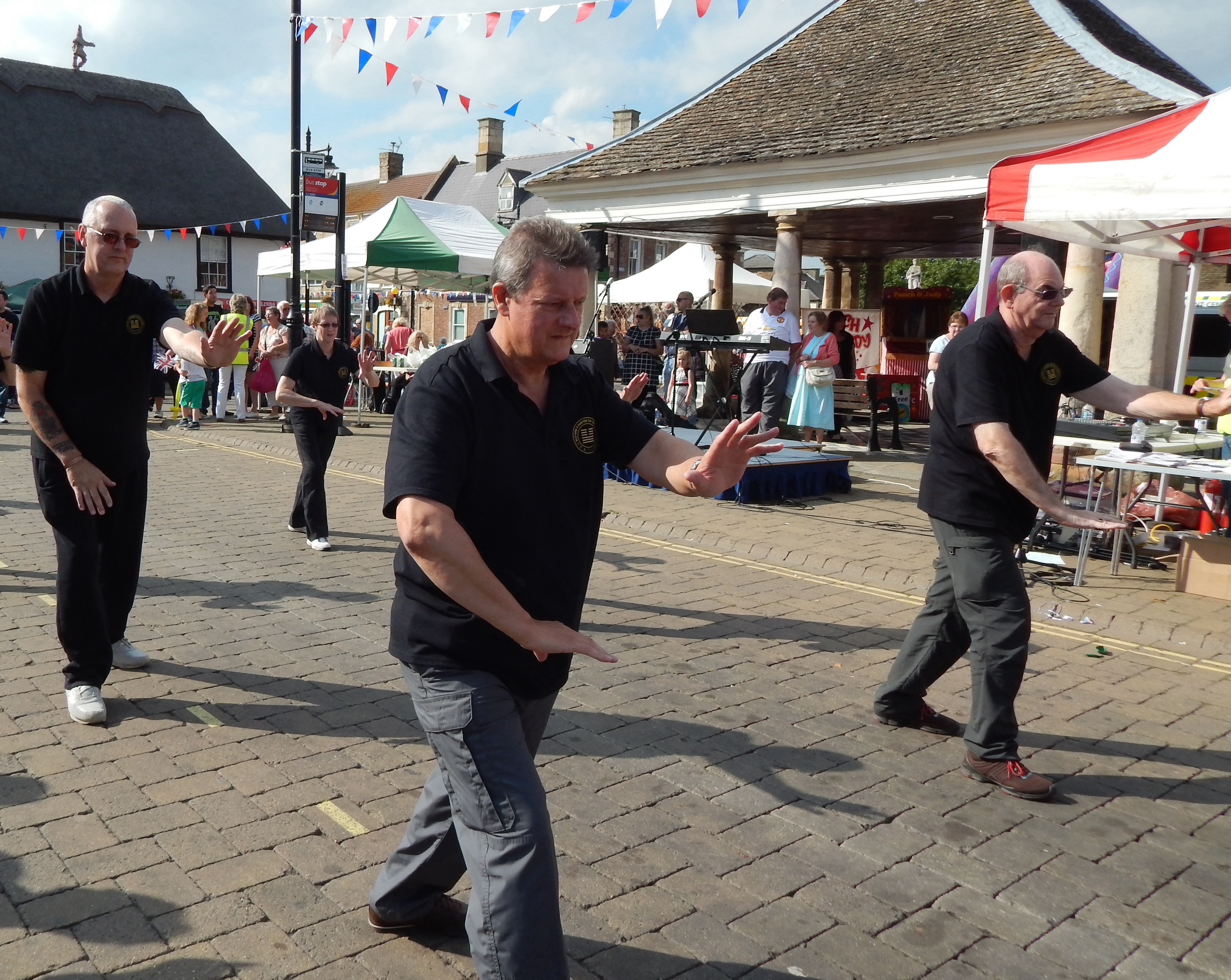
Now he is retiring from his job as health and safety officer at Forterra (formerly London Brick Company) and has decided to move to Northamptonshire. It isn’t too far away so we hope to welcome him back to our workshops once they restart.
Dorothy, May 2021
What 3 Words?
Brevity is all, so they say. Well, if not all, then quite a lot. No that’s not right – a little can’t be a lot – or can it? Yes it can because during the past year I have learnt that the essence of our 108 move Tai Chi set is just 3 words….that’s definitely a little being a lot!
What 3 words are these? I’m not going to say them yet because, like me, you have to experience their power before you hear what they are.

Let me explain. No, that’s not the 3-word phrase, that’s what I am about to do! Covid 19 Lockdown #1 started on 23 March 2020 and soon after that Darren said that he was willing to run a weekly Zoom class for Instructors to brush up on our skills and knowledge – would any of the Academy Instructors be interested? Well, what he suspected might be half a dozen hardy souls for an hour on a Saturday morning soon became something else – nearly everyone invited decided to ‘Have a Go’ (also not The three words). This covered instructors from the Eastern Counties Academy as well as Instructors from our associated academies – including Shropshire, Essex, Suffolk, Cornwall and St Neots. This almost immediately turned into too much for a single class and Darren found himself running two consecutive classes with some 28 instructors and assistant instructors spread across them. Thanks also go to Dorothy who from the start scheduled us into the two classes and ran the Zoom control box admirably all year.
So began a Saturday morning ritual.

A Tai Chi class where we all went ‘Back To Basics’ (still not it!) We started at the very beginning with the opening of Tai Chi. When that took us two weeks to cover and get right before we moved on then we knew we were in for something different. That may sound a little slow and tedious but when you are discovering new meaning in a move you think you know well then it is not slow progress at all. New Meaning is, of course, a euphemism for the fact that many (most?) of us had not been getting the basics right within the move – not the least of it was that the brakes were applied – hard! We literally halved the speed we did the move- and half as fast with at least twice as much content in each move neatly captures the expansion in the benefits – exponential growth has been something of a thing this past year!
That’s the joy and challenge of Tai Chi. Its apparent initial simplicity has layers of ever – expanding complexity as various teachers have shared their understanding with us. From the outside looking in it appears to be a form of simple moves with little underlying meaning. Once you get to explore the Tai Chi set we practise then you find it has a depth, richness and complexity – a sit here, a step there and a turn in another direction…..The 108 moves themselves then become broken down to sub moves & various layers and very quickly the whole set expands to be a challenging task with intricacies that can envelope both mind and body.
Yet this year’s experience has shown what can be achieved by diligent teaching, simplicity and clarity of effort, a return to founding principles of the form and repeated practice. Simples….
We have now completed the entire set – a labour that took a year but we got there. The moves were worked on – sometimes a move took two weeks and sometimes we might even have covered two moves in a week. The classes moved as fast as we grasped the important points yet always we built upon what we had learned in the previous weeks. So we started to see how the Framework matters – the 5 principles that lie at the heart of the Master Moy’s Tai Chi set and which were used as the reference point when we considered each move. So much so that after 6 months we were being asked how we thought the next move would be taught – to project forward our understanding of the Framework and where the key elements – the sit, the angles, the full stretch etc. would come into play.

Within these messages were a repeating set of Patterns that were used as a mantra.
‘Hands move first’ (three words but not the three words), body follows. Sit properly Greg (likewise), Sit, step, move’. All encapsulate some of the patterns of movement within the moves and once grasped those patterns and the moves repeat through the set. It is not 108 discrete moves but rather a set of moves where there are similarities, repeats and overlaps and understanding these lies at the heart of maximising the benefits and installing a good foundation. What’s more, we were asked to slow right down in the moves to ensure we didn’t cut corners and ‘Fully completed each move’. Slow it down’ became another three-word saying (but not The key mantra) as did his other major bugbear which we were all guilty of at the start. It was repeatedly pointed out that our hips were ‘Floating’. Initially we were all taught to look for and avoid ‘Floating Hips’(moving the weight forward but not as a tor yu). Miraculously, as we approached the final few moves we had internalised the lessons and knew in advance what mistakes we would have to self-correct. That also was a part of the sessions that was powerful. We learnt not only how to self-correct by referring back to the Framework & Principles but by looking at each other and commenting on what we saw, we will also be able to help our students. We saw how Students were watched and corrected – ‘Observe then Teach.’ By some miracle of repetition and osmosis into our collective brains some understanding of what was being so patiently taught did eventually start to percolate through.
The proof of this was the final session of the programme when we did a Total Recall for those still on the Zoom lessons to all come together and recount what they had learned.
The fact that there were 27 students on the call shows how much we had all benefitted from the concept and we kept coming back week after week and even the cunning plan of switching it to Monday evenings after Xmas didn’t diminish the numbers!

But predominantly at the Total Recall session there was a genuine outpouring of thanks and plenty of discussion over the salient lessons we were all taking away. Yet we end up back where we started – the key learning was simple and endlessly challenging, rewarding to get better and yet will require a lifetime of practise to master.
Three words but a lifetime of content: Framework and Patterns.
Greg
Tai Chi Gains UNESCO World Heritage Status
China – Taijiquan. Taijiquan is a traditional physical practice characterized by relaxed, circular movements in concert with breath regulation and cultivation of a righteous and neutral mind. Originating during the mid-17th century in Henan Province in central China, the practice has spread to the rest of the country and is followed by a wide array of people. Influenced by Daoist and Confucian thought and traditional Chinese medicine, the element has developed into several schools (or styles) named after a clan or a master.
Tai Chi & Staying Young!
I was sent the article below extracted from New Scientist which is informative about how Tai Chi makes a crucial difference for all of us and the benefits improve with age. See extract below or full article here: https://www.newscientist.com/article/mg24833030-800-bad-balance-why-dangerous-falls-are-on-the-rise-around-the-world/
Age-related declines in brain function really start to show at about the age of 50, says Bernard, and the cerebellum is one of the first regions to go, particularly in women. We don’t know exactly how or why this happens, but we do know that oestrogen has a protective effect on the brain and declining levels of the hormone during the menopause might be part of the answer.
Fortunately, there are steps we can take to slow or even reverse this decline. Balance training, which can be as simple as standing on one leg, sitting on a balance ball or practising walking heel-to-toe along a line on the floor, has been shown to bring improvements in young people, older adults and in those with balance issues resulting from illnesses such as Parkinson’s disease.
As if to underline the “use it or lose it” nature of balance, the more work you do on your balance, the greater the improvement. The dose required for older people is around double that for the under 40s. One study found that, to see a noticeable improvement in their balance, older people needed to do 36 to 40 training sessions of at least 35 minutes, whereas people under the age of 40 needed only 16 to 19 sessions of 15 minutes. What’s more, balance and strength training can help reduce the fear of falling, which encourages further exercise, setting up a virtuous circle of improvement.The cerebellum (in red) increased in size in the brains of our ancestors as they began to walk upright (CULTURA CREATIVE (RF) / ALAMY)

“YOUNG ADULTS ARE HITTING THEIR 20s WITH A WOBBLIER STANCE THAN IN THE PAST”
As well as physically training the balance system, there is intriguing evidence that engaging in cognitive challenges might help. This may work by engaging parts of the brain responsible for motor function and other complex tasks that are linked to the cerebellum, and by reducing the cost of thinking while walking.
The cerebellum operates on the same use‑it-or-lose-it basis as the rest of the brain, so the most important thing is to give it something to do. In one study, people who did 100 days of cognitive training over a six‑month period had less shrinkage of the cerebellum than those who didn’t. “Using your resources can be beneficial in terms of maintaining function,” says Bernard.
If physical and cognitive training are good in isolation, doing both at the same time is even better. Tai chi, which involves focused attention and a series of fluid physical movements, has been shown to not only improve balance, but also boost cognitive skills and reduce the fear of falling, the number one risk factor for falls.
The good news, says Skelton, is that there is no need to enrol in any specific balance-related programme. “If you want to stop the rot, you don’t have to go and do a structured exercise programme,” she says. “Just any activity that challenges you to stay upright.” Whatever your age and ability, the time to start is now.
Caroline Williams is a consultant for New Scientist. Her book Move: The new science of body movement and how it can set your mind free will be published in 2021 ■
See her website here: https://www.carolinewilliams.net
Hiss! It’s A Snake Thing…
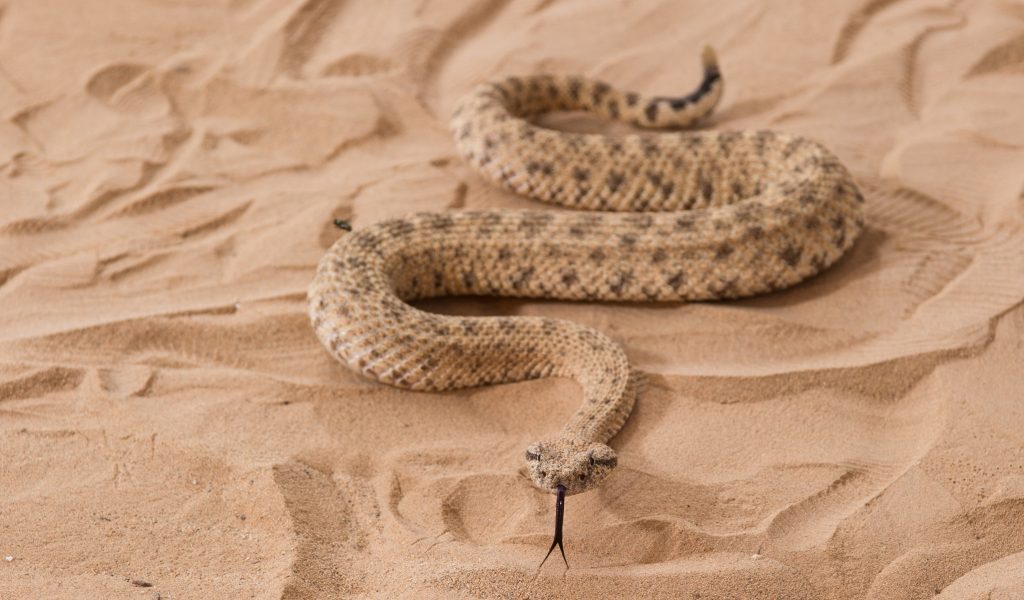
Snake Creeps Down- The posture suggests a snake creeping on the earth or in water. The snake is an animal which travels in a zigzag manner. It uses the turning of the spine to accomplish this form of movement. The turning of the spinal column, with its fulcrum of motion at the base of the spine, is that which propels the circular movement of the internal organs. The knowledge and learning that the snake represents is also the symbol of perpetual renewal.
Yeeha!
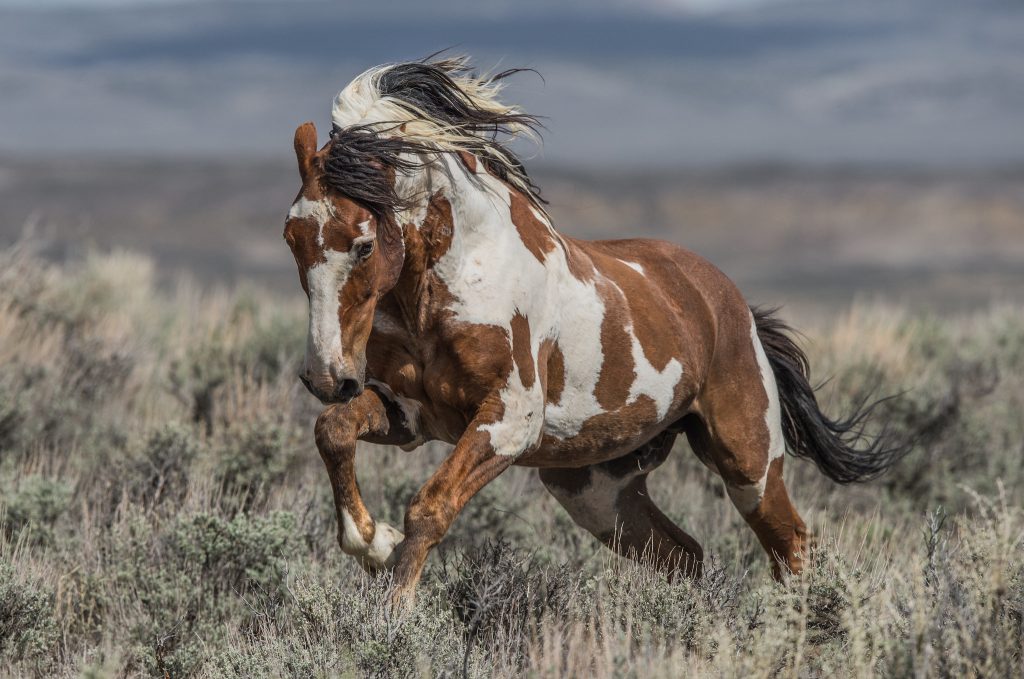
Parting Wild Horse’s Mane – We now cleanse our innermost nature, sweeping away the wild horses of our passions which can pull us in differing directions seemingly out of control. This represents our growing understanding of our wayward emotions, allowing us to befriend them gently, as we might groom a horse’s mane, eventually seeing and understanding their unpredictable and powerful nature.
September & Autumn Skies…
Look up at the sky and consider the clouds…..

Wave Hands Like Clouds – The hands pass across the belly, moving (waving) peacefully like clouds, floating by in the sky. There is no beginning, no ending. The image of difficulty at the beginning brings order out of the confusion. The position of the legs suggests a person mounted on a horse. Beyond the incessant and chaotic movement of the clouds lies the clear blue sky. Cloudy hands symbolize the images perceived by the senses and help us to move on to a purer perception of the world around us.
August Holidays…
The blog has been a little quiet in August as the Webmaster has been taking bit of a break from regular chores….
However, Tai Chi itself is not a chore and despite Covid19 various groupings of the ECTCA have been pursuing their Tai Chi. The Instructors have been benefitting from a weekly class together working on patterns and forms and looking in detail at the set. Meanwhile the hardy Lok Hup crew from Fenstanton have been meeting on the football field each week.
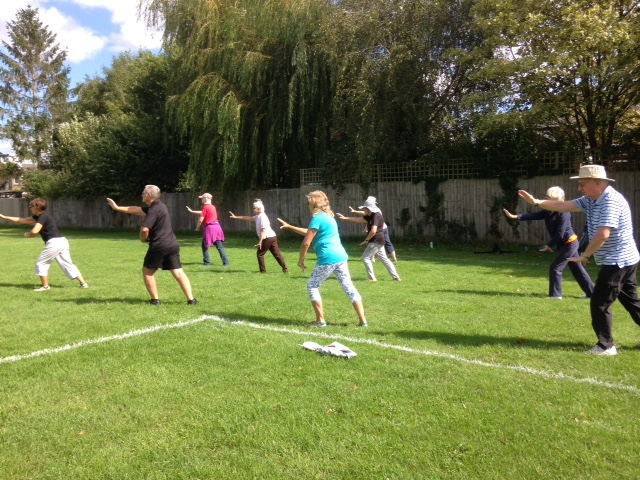
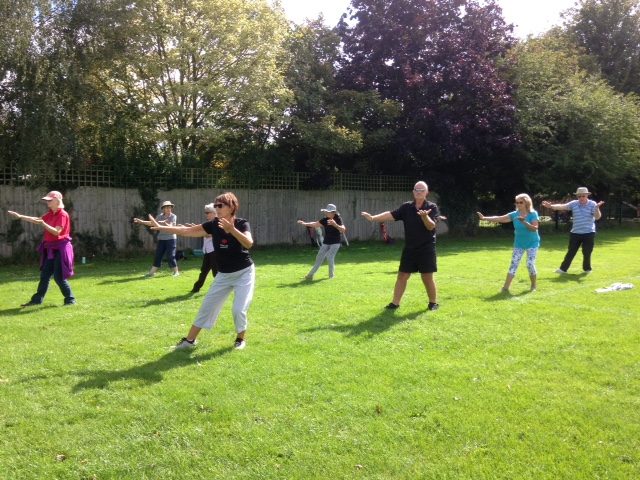
Spirals
The principle movement of Mr. Moy’s Tai Chi is a spiral. For all parts of the body to be mobilized, depends upon each part being free enough to participate. The process of establishing a strong and complete spiral turn can take weeks to several decades, depending on the age and condition of the participant. Loosening of the tendons of the great muscles and those of the rest of the body’s soft tissue structures is required. This process takes patience and persistent effort. Mr. Moy said one of the goals of the spiral is to “ring out the tendons” to stretch and open the body. The spiral acts on the body like twisting a wet towel to remove the water.

Eureka – I’ve understood the Spiral effect!
The spiral ties together all the tissues of the body, so that there is a coordination of motion engaging all the different organs and organ cavities. In each Tai Chi movement, the winding and unwinding of the body along a spiral path determines the timing and direction of movement. A spiral motion with upward and downward movement combined with rotation will massage the internal organs, stimulating the respiratory, endocrine immune, and digestive systems.
Update w/c 19 July
What is the Purpose of ‘Pushing’
Pushing achieves an increase in the effectiveness of stretching so it involves deeper layers of soft tissue and organs, thereby increasing the body’s elasticity.
The Tor Yu is a vehicle that demonstrates the skill of pushing. Skill in pushing requires the proper understanding of ‘equal and opposite’ forces.
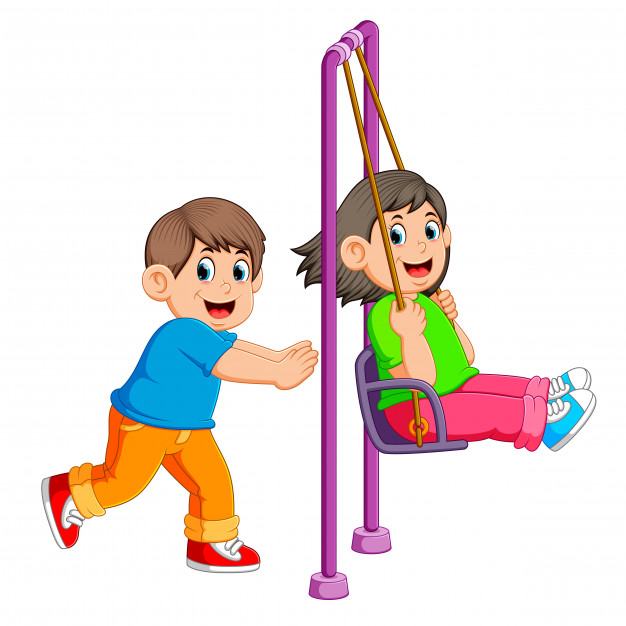
If you push down into the floor while pushing the hands out, the body from the waist down to the feet sinks down and the spine expresses up as the hands push forward.
Update w/c 12 July
What is the purpose of Relaxing?
The purpose is to assist in the smooth running of the nervous system which makes physical coordination and ease of movement easier to come by. Releasing the physical tensions in muscles, organs and the nervous system provides the support to relax emotionally. As the nervous system releases rigidity, it loses its resistance to change and helps the student gain access to, and release, emotional tension.

When teaching students I often have to say ‘And Relax, And Smile.’ It is amazing how we tense ourselves upas we concentrate – and we should bear in mind always that Tai Chi should be relaxed and stress reducing….try to find the softness and the Tai Chi will improve as the tension is let go.
Special note: Students often remark that they feel they are never going to ‘get it right’. Try to keep in mind that no one is perfect in tai chi. The magic and purpose of tai chi is about the journey, not about being the best or being perfect.
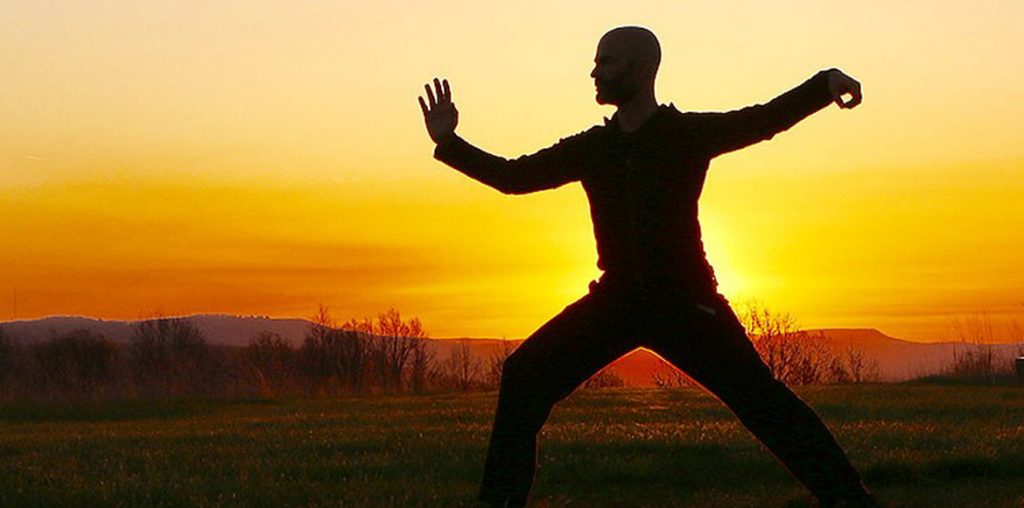
Update w/c 5 July
Framework & Patterns
When we think of the 108 moves in the Tai Chi set do we consider them as separate entities? We certainly can practice moves individually but what about the bigger picture?
To begin, we can perform the individual moves of a set using guiding principles. Once we understand the code that lies behind the moves then we can understand better the Tai Chi within the moves and also self-correct our students and ourselves in a more informed way.
A simplistic way to explain this is that we have a set of guidelines to help students and instructors through the mechanics of the 108 moves we practice, also known as the 5 principles.
This framework or principles are;
1) The feet are at 45 and 90 degrees with neither in or out stepping.
2) The knee is vertically above the ankle in the front leg.
3) The hips/ shoulders are square to the front.
4) There is a straight line between the top of the head and the back heel
5) There are equal and opposite forces present.
The 5 principles underpin every move within the set and ensure our external body is balanced and comfortable as we exercise.
If we add another very important principle “angles” i.e. facing the right direction, we have a good basis or foundation to build on.

This framework, including the correct angles, are especially important for beginner students to understand.
As instructors, beginner or otherwise, we need to be able to clearly and simply
demonstrate and explain this to our students through instruction.
As we progress from beginners and continue to develop our understanding, building a more co-ordinated, stronger and flexible body we introduce through dan yu and tor yu exercises a pattern to the form.

Sitting, stepping (or placing the foot) and moving, begin to smooth out the moves of the set but generate a greater challenge to both our minds and bodies.
Combining this pattern with standing-up and sitting down, a seemingly simple activity from a western perspective, and you now introduce timing but we’ll leave that for another day.
The Framework and Pattern are fundamental to a good foundation in our forms. Practice them, incorporate them diligently, instruct them clearly & simply and the quality of the Tai Chi exercise will begin to emerge.
Update w/c 28 June
Elbows
I clearly remember a family lunch a few years ago. I was there with my Father and around the table were my young children alongside those of my two brothers. So, three brothers, their wives and a noisy gaggle of excited cousins. Over this noise I detected one of my brothers who had casually and quietly said ‘Elbows’ – at the sound of which both me and my other brother had involuntarily sat bolt upright!
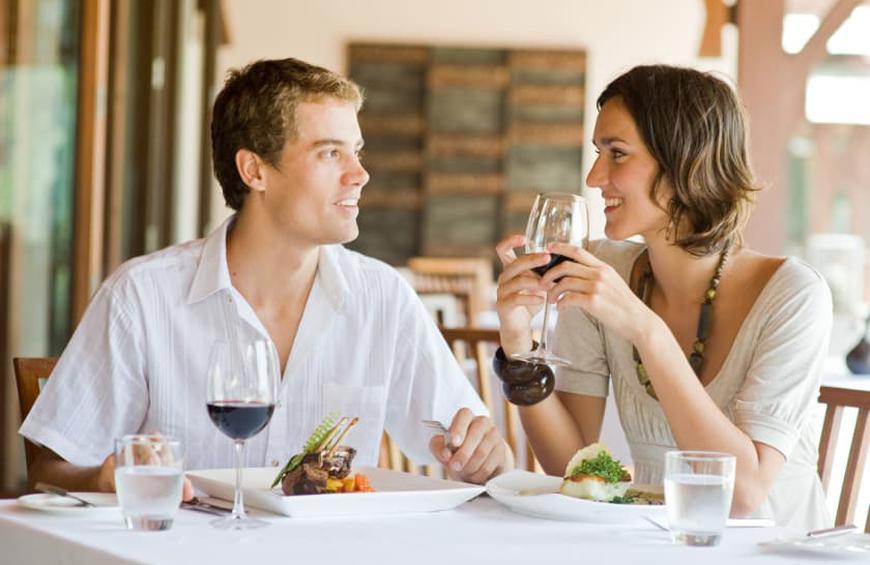
This is an interesting Pavlovian reaction – a paired conditioned response. It stems from childhood meals when we were berated for having our elbows on the table. Good manners matter and elbows on the table was serious fail in our house growing up! The fact that this one word penetrated through the sound to trigger an instant physical response shows the power of the sub conscious – aware, filtering and ready to override and act!
So, think about where your elbows are and where they should be regularly when you do your Tai Chi!
‘Elbows down’
The action of dropping the elbows can ensure the shoulders are also in the dropped position. In the forward motion of the arms the position causes energy to move up from the feet, through the spine and from the shoulders through the wrists and into the fingertips. Conversely, in the backward moves dropping the elbows pulls the energy from the fingertips back up through the shoulders and into the spine. The elbows-down position has a strong and flexible resistance to force.
Update w/c 21 June
Balance step – when and how to use it
Using a balance step not only allows the practitioner to control and retain balance through the weighted leg but assists in achieving the proper alignment for the sit. The sit is basically a one-legged Don Yu and, like all Don Yu’s, has the potential to increase circulation and achieve improved strength and flexibility, along with stretching the spine. When bringing the back leg through to touch the ball of the foot down to the floor, try to avoid pointing the toes towards the floor as this can bring the heel up which, in turn, has the potential of raising the hip out of alignment. It is worthwhile to avoid having it too close to the weighted foot, but rather a half-step ahead, and should be in the direction of where the next full step is going. Weight does not transfer from the weighted foot into the balance-step foot. Using the balance step also gives the opportunity to confirm the shoulders are relaxed down, which therefore ensures letting go of any build-up of tension.
Crucially the Balance Step gives us a basis from which to relax/sit more deeply because it makes us, err, more stable. The Balance Step therefore is intrinsically linked to the vital essence of what makes our form of Tai Chi different i.e. the ‘Sit’
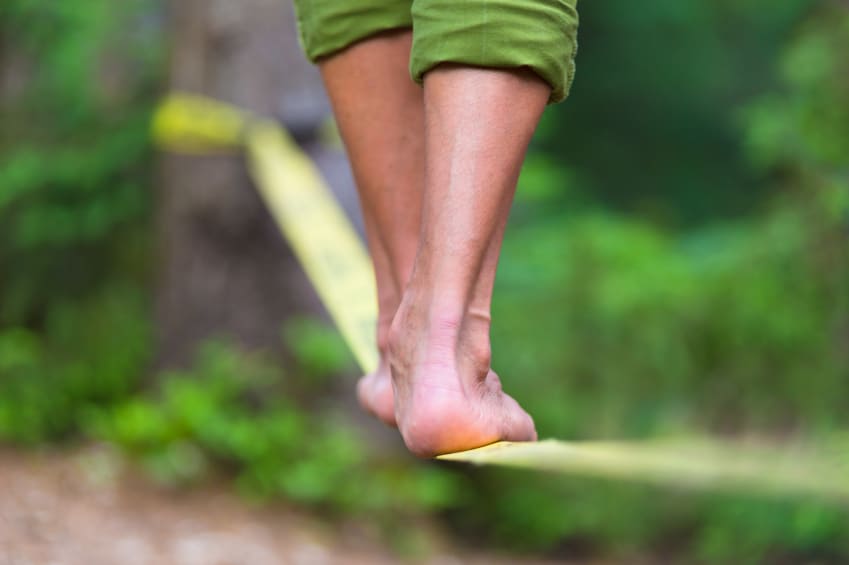
Update w/c 14 June
What is the purpose of “Hold the ball”?
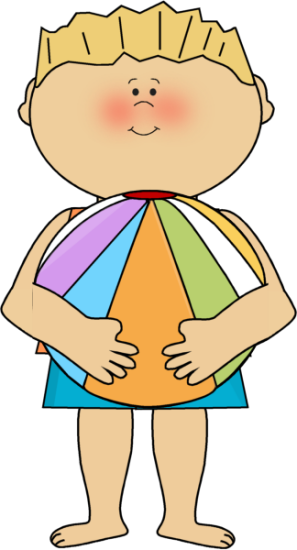
The purpose is for a transition from one move and/or position to another. It provides direction for lines of force. Combined with spinal turning it allows the upward facing palm to extend either flat away (partitions) or lifting (bird’s tail) to be palm towards the face; the opposite hand then either pushes down or down and away.
The ball is imaginary and is generally located in such a place that if you had no hands and you tried to “hug” a large ball with your entire arms almost touching, some of the ball would actually be inside your torso. The ball is not between the palms (like some other styles).
Editors note: The illustration is just that – an illustration. In our Tai Chi “Hold The Ball’ has the hands crossing at the wrists – not as the picture shows!
Update w/c 7 June
What is the purpose of the empty step?
The purpose is to delay commitment to where the foot will go next, allowing the time to relax in an upright posture, place the step at the correct angle for the direction of movement and to ensure in-stepping or drastic out-stepping doesn’t occur. An empty step, with flexed knees, gives the opportunity to confirm balance and alignment. It trains the practitioner to focus on body awareness during the transition of weight and controls the spiralling. The constant shifting of balance and weight to and from each leg assists in building unilateral strength. It also works the core muscle group in a way not duplicated by normal walking. When stepping with a weightless foot you can take the time to feel the ground below – the stability or lack of stability of the surface. If the ground feels unstable or unsafe, you would have the opportunity, and time, to place your foot elsewhere before you commit.

It has been likened to the actions of a firefighter – cautiously feeling their way forward in a smoke filled room with no weight committed until they are sure that there is solid ground beneath them.
However, there is a semantics problem. When people hear the term ‘Empty Step’ they frequently latch onto the second word and not the first – and in placing the foot also transfer some weight – literally ‘Stepping’. This means that some Instructors have started to moderate their terminology – when you hear ‘Place‘ it is because they want to emphasiser the lack of commitment and weight in the location of the foot until the body is correctly set up. There is no turn and no weight transfer until after the Place action. The underlying value of this activity is the same – indeed the reason for shifting the terminology is because the value of the ‘Empty Step‘ is so great in terms of Tai Chi benefits that we need to avoid confusion.
So whatever you call it – make sure you are doing it right because it makes a really positive difference to your Tai Chi.
Update w/c 31 May
What is the purpose of squaring ourselves?
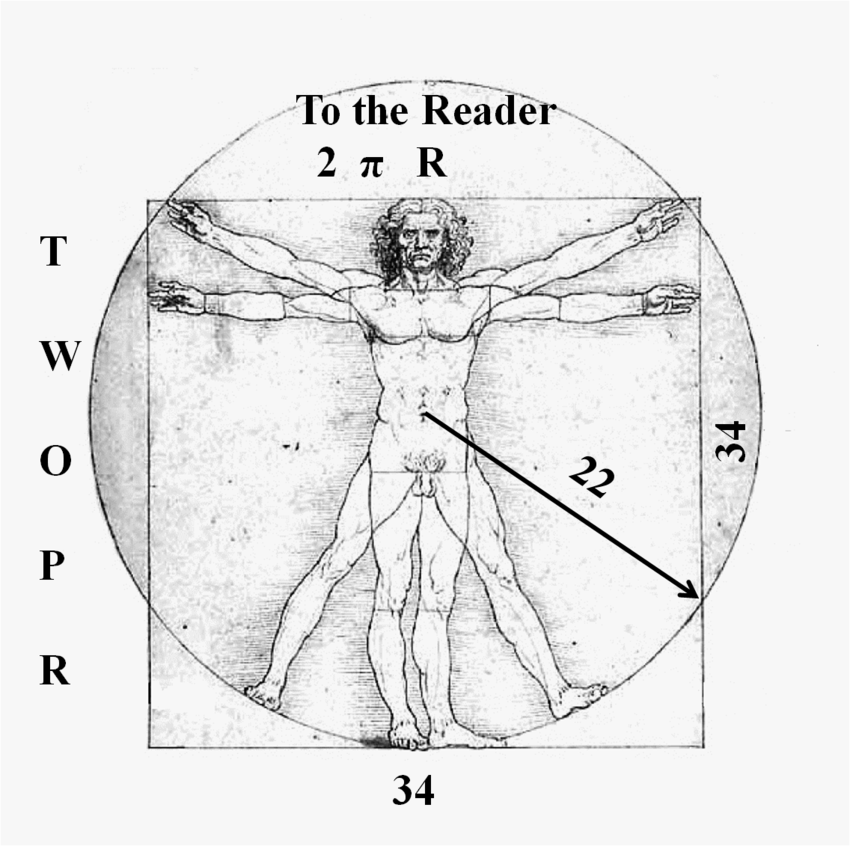
This is not a discussion on the (considerable) merits of Michelangelo’s Vitruvian Man.
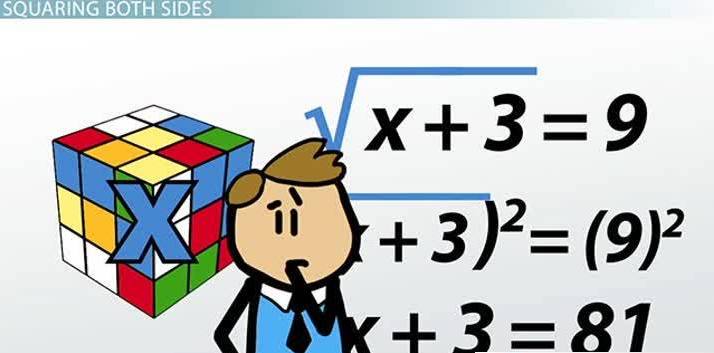
Does squaring really matter or is it just some kind of weird algebra kick our instructors get?
The purpose is to open the back by creating a solid structure to stretch across. The stretch is even both sides of the spine creating spinal symmetry throughout the stretch in the Tor Yu. If the step is too long it may prevent fully squaring the hips to the front. If it is too short, it may permit over-turning at the front. When the hips and shoulders are square to the front, the knee is less likely to thrust forward because the corresponding hip is anatomically rotating back in the pelvic joint to allow the opposing side to ‘square’ forward. When squaring to the 45° in the sit, it achieves the balance through the correct alignment to give strength to the supporting leg. Again, thanks to our Nova Scotia friends for such an insightful piece of commentary.
Last week we gave you some brain exercise. How did you do? Here’s the full list of the answers.
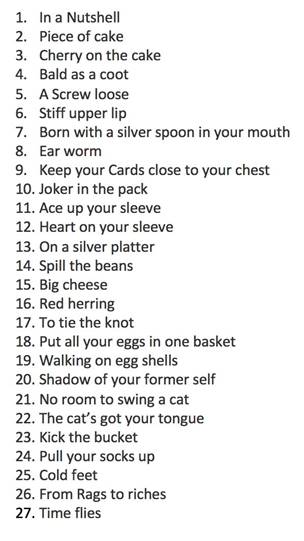
Blog Update w/c 24 May
In an attempt to justify continually missing the Tuesday deadline I imposed on myself I have switched to a week commencing target. For our US audience you will notice that our week commences on a Sunday. This is not a typo but a historical anomaly in the UK based around honouring the Sabbath and in reference to it being the day Christ rose again….Anyway, history lesson over and just so you realise why we do it slightly differently here….
Talking of different – here’s something to get the grey cells working – Tai Chi as a total body workout. A spot the well know phrase or saying….there’s 27 to find – good luck!

Tuesday Update 19 May
Well, sort of. It’s Wednesday today – but hey, that’s what happens when you are in Lockdown…Anyway, courtesy of our friends. across the water in Nova Scotia here is another post on an aspect of Tai Chi – though somewhat enhanced by our recent experience.
Balance
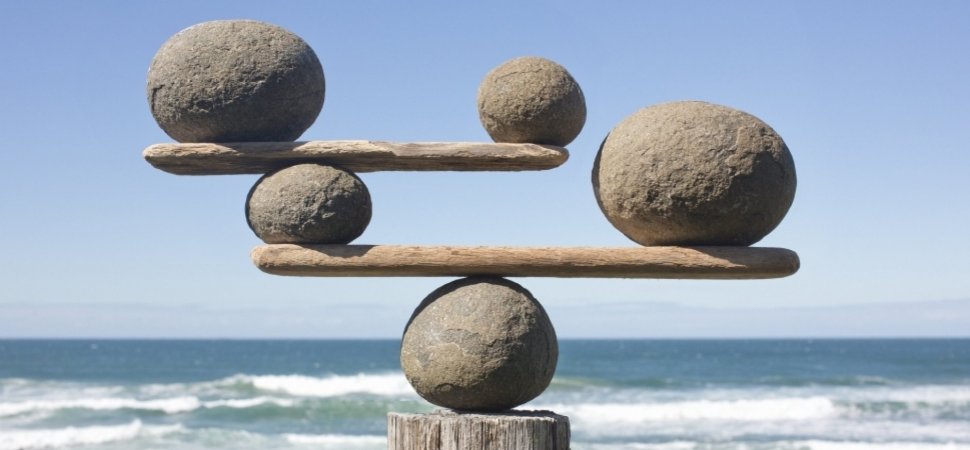
Balance: Basically, alignment supports balance, de-stresses joints and muscles and allows for ease of movement between the beginning and end of the moves. With the line from the back of the head to the back of the rear heel with feet flat on the floor this creates a balance in the arms and a centre of gravity through the core.
Good biomechanical alignments: enable joints, bones, spine and internal organs to move smoothly in the most efficient manner with the least muscular effort. This results in less strain on connective tissues and ligaments. The alignments can be thought of as a series of building blocks stacked in an unbroken chain, each block both supports and is supported by the blocks before and after. Good alignment provides correct angles that help the feet, ankle and knee joints support the hips, which in turn support the spine.
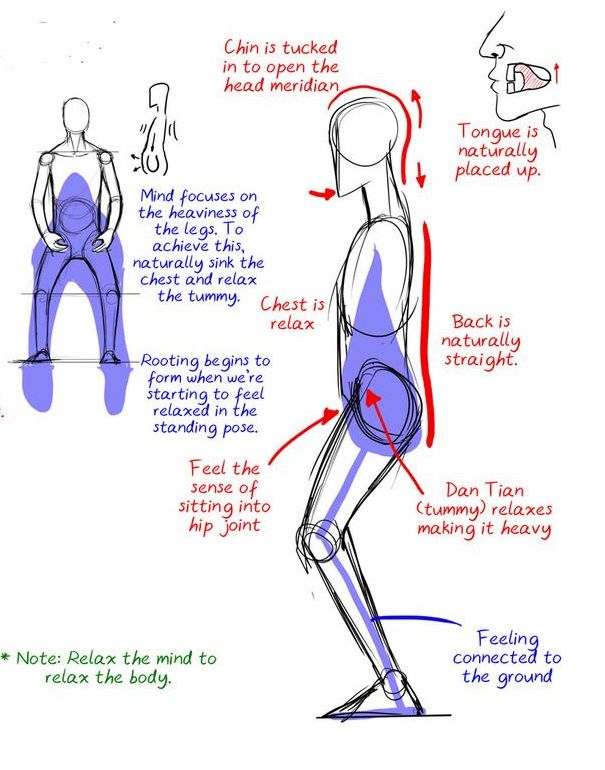
Internals: Good alignment relieves the stress on muscles and bones caused by gravity. Practising Tai Chi can help improve vertebral alignment with the gentle bending and stretching movements. The correct alignment of torso, spine and pelvis allows the internal organs to sit correctly in the abdominal cavity and then move freely within their natural range of motion. When anatomical alignments are correct Tai Chi movements create tiny undulating actions that increase blood flow, benefiting the entire spinal, joints and back muscles.
Conclusion: Being aware of correct alignment assists in improved balance and overall bodily strength.
Tuesday Update 12/ May
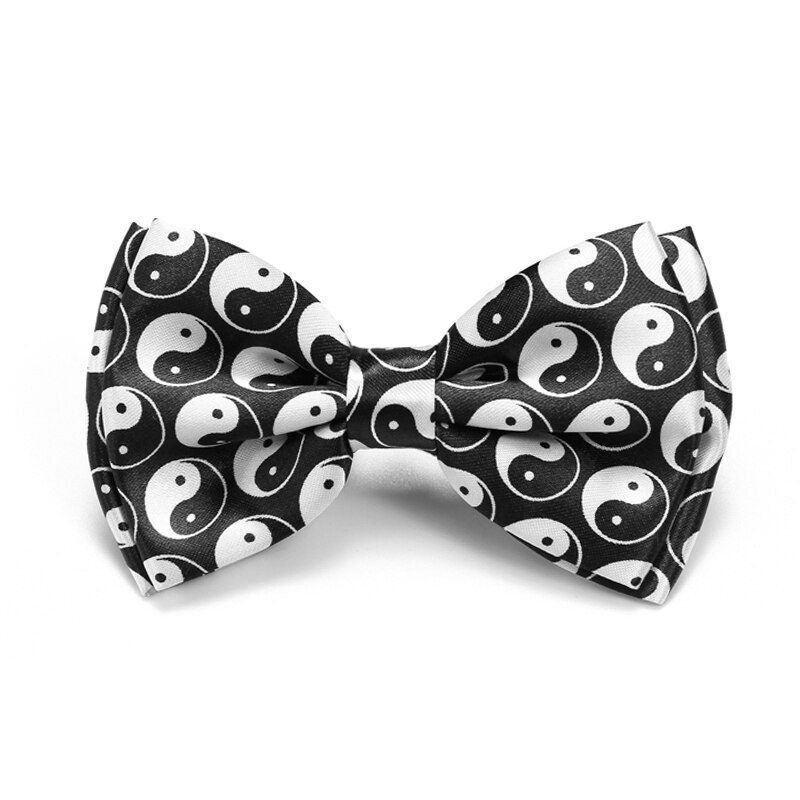
Following on with some of the insights and articles from Nova Scotia Tai Chi Academy here is another article on aspects of our Tai Chi:
What is the purpose of the Tai Chi Bow?
Err, not that sort of ‘Bow’
When we commence and finish the ‘set” by simply bending at the waist and lowering the eyes, it is to show respect to those who have devoted their lives to passing down the art – in our case Mr. Moy Lin Shin and the instructors he passed his knowledge to and, in turn, the instructors who receive on-going training from them to continue sharing what they learn. The bow is a reminder to always be mindful of the well-being of our instructors and fellow students while we train and interact with each other. This practice ensures that the art remains intact so that it may be passed down to future generations.

Another explanation for the bow has roots in Chinese folklore and Confucian philosophy. In ancient China, the five fingers of one closed hand represented the five major lakes in ancient China while the four fingers of the other hand represented the four seas (East, West, South, North). The linked hands symbolized unity and was the greeting wandering martial artists gave each other during their travels.
Tuesday Update 6 May
Yes, Tuesday was 5 May but hey I am a day late on the update. So here is Tuesday’s update but posted on a Wednesday. It’s late because we were teaching Tai Chi yesterday (reaching for an excuse…..) but it was worth waiting for. With due recognition to the Nova Scotia Tai Chi Academy here is a piece on the philosophy behind Tai Chi (and last week’s answers are at the bottom).
Yin & Yang
The Tai Chi Classics say: “If one part of the body moves, the entire body moves”. The philosophy of Tai Chi is simple yet profound, in short, the idea that everything consists of two opposing forces that harmonize with each other to create a whole. Here is the second part of the series:
How it relates to Tai Chi:
In Tai Chi students are practicing the art of not directly fighting or resisting incoming force, but to meet it in softness and follow its motion, while remaining in physical contact, until the incoming force of attack exhausts itself or can be safely redirected – meeting yang with yin. When done correctly, this yin/yang or yang/yin balance is a primary goal of tai chi training. Lao Tzu provided the archetype for this in the Tao Te Ching when he wrote, “The soft and the pliable will defeat the hard and strong.” the practice of Tai Chi is all about the interplay of Yin and Yang. In our physiology this is manifest in:
a) expanding and contracting: stretches and relaxes ligaments and muscles;
b) rising and falling: creates the pumping action in the body, i.e. circulation of lymph and blood. Cerebro-spinal fluid is improved as is gastro-intestinal fluid; and
c) opening and closing: expands and softens the lungs.
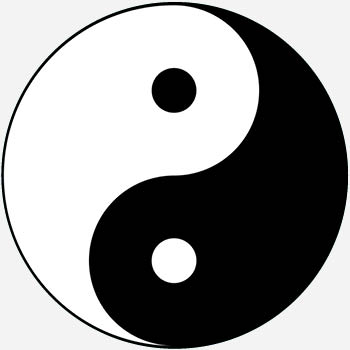
The Eastern Perspective:
The idea that all phenomena can be considered in terms of Yin and Yang was first referenced in the “I Ching”, or Book of Changes, from approximately 700 BC. It is a way of viewing objects and actions in relation to one another, or to a larger whole. Harmony, and therefore, health, depends on balancing Yin and Yang. The Chinese view of anatomy emerged from the idea that the body is an integrated whole composed of both yin and yang aspects. Accordingly, the organs operate in pairs with each of the five yang organs (heart, kidney, liver, lungs and spleen) paired with an opposing yin organ (gallbladder, small intestine, stomach, large intestine and bladder.)
According to Chinese philosophy, everything is composed of two opposite, but entirely complementary, elements of yin and yang, working in a relationship which is in perpetual balance. Tai Chi consists of exercises equally balanced between yin and yang, which is why it is so remarkably effective.
Last week’s Puzzle
| 3 letters | 6 letters | 9 letters |
| Flightless bird: Emu | Keep’s the count in cricket:Scorer | Essential on a UK beach:Windbreak |
| A Greek’s wages! Urn | What was at stake:Risked | He said: “Your Country Needs You”Kitchener |
| A long time… Eon | Put it on your toast:Spread | Source of sauce!Worcester |
The Tai Chi move is: …………………………………………..Brush Knee
Tuesday Update 28/4
Tai Chi is an exercise for the mind as well as the body – the head and brain are stretched by learning the moves and finding new meaning and rhythms in their practice. So, here’s some Tai Chi for the brain – a little bit different this week but very much within the spirit of Tai Chi as a form of involving relaxation – enjoy.
Puzzle Time
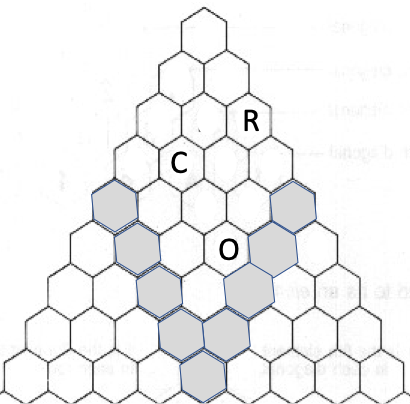
| Solve the clues and then fit the 3 nine letter words around the outside of the pyramid, two words starting from the top and the one across the base. Do the same with the 3 six letter and 3 three letter words. The shaded letters spell out a Tai Chi move. 3 letters: Flightless bird A Greek’s wages! A long time… 6 letters: Keep’s the count in cricket What was at stake Put it on your toast 9 letters: Essential on a UK beach He said: “Your Country Needs You” UK source of sauce! The Tai Chi move is: ………………………………………….. |
Tuesday 24 April
A special treat today – an article from a fellow Eastern Counties Instructor. Here Dorothy shows how Tai Chi principles can be applied from the very start of the day – and reminds us all of a simple but crucial task in our Tai Chi….
Stand up and stretch
We all know that in our Tai Chi one of the things we are encouraged to do each week is to stand up. Easy, you might say, I am standing up, but are you really standing up?
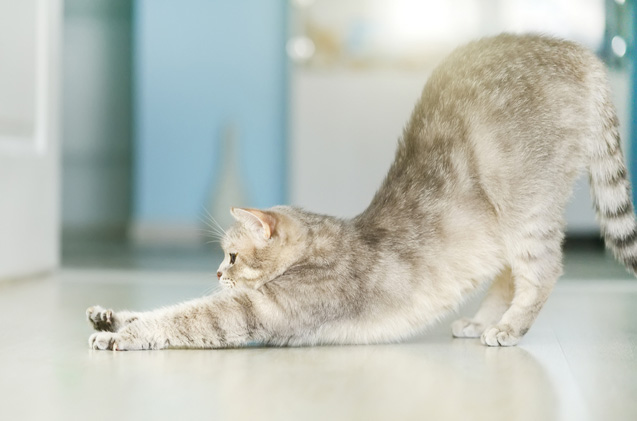
Try this. Before getting up each morning, stretch out from the tips of your toes to your head, like a cat, relax and repeat a few times.
Try the first four moves of the set as described in an earlier blog post. This time really look for the stand up moment in each move. Can you stand up any taller?
Feel your head being pulled up to the ceiling, keeping your shoulders down and relaxed. Beware of lifting your chin! Check in a mirror. When you feel as tall as you can, then is the time to relax, place your foot and do the next move.
A simple exercise is to stand, feet shoulder width apart, link the hands at waist height and raise them gently above your head, or as far as you are able, stretch out towards the ceiling, straightening your elbows as much as possible, release and allow arms to float down making a large circle and ending up in the start position. Repeat several times.
If you are feeling really brave, why not challenge yourself by trying the last few repetitions to include coming up into the balls of your feet as you raise your arms. A good exercise for balance. Find a spot on the wall to focus on, take care . To wobble a little is ok, you are testing yourself. Take care, to challenge yourself is good, but to injure yourself is not.
It’s also possible to do this exercise sitting onto edge of an upright chair, feet shoulder width apart.
Try doing it outside in the sunshine.

Like all our Tai Chi exercises, the benefit comes with repetition, but also with enjoyment, relax and smile.
After a little while you will find that you can reach those previously out of reach items on the top shelf of your cupboard.
Dorothy.
Tuesday Update 14/4
A couple of things this week. The first is a Dan Yu exercise whilst at home. Then a write up on Zoom life followed by the crossword answers, as promised. Enjoy – & keep doing Tai Chi!
Dan Yus At Home
We can always find a reason why not to but being at home gives us a chance to explore our own Dan Yus. Here’s an idea from our Canadian colleagues about how to ‘Feel’ the DanYu better.
DAN YU at the barre: Find something solid to hold on to that’s not too high or too low, such as the counter edge at the kitchen sink. You’re going to lightly hold on to it as you dan yu. The aim is to Feel Gravity pulling you down. Relax your shoulders, back, waist, tummy, and glutes. Try to let go your thigh muscles as much as possible – you’ll have to be almost at the bottom of the sit before they’ll let go. The thigh muscles will stay engaged to a certain degree, but try not to hold yourself up with them.
Stop when your thighs are parallel to the floor, calves and thighs form a 90 degree angle, push up from your feet. (If you drop lower than 90 degrees, you will have to use your thighs to come up, which is why we don’t go so low, but if it feels good, go for it!)
Zoom Life: So I thought I’d write something about doing Tai chi via zoom. Who knew a few weeks ago that we would all be learning a whole new way of working together ie zoom? For those who are unaware zoom is a program whereby you can host virtual meetings for up to 100 attendees who can be online together and you get both video and sound. From the start of the lockdown we have been keen to keep the Tai chi going both with our class that we teach and also with classes that we attend. Zoom has proved to be a real boon in this because we can get together and we can still do Tai Chi together.

However, there are limitations to zoom. Understanding left and right becomes more difficult when you’re actually looking at things in your own screen as a mirror image yet in the correct profile when seeing others. This can be slightly confusing. Also, people are doing Tai Chi in strange spaces. The danger of stretching your arms out and clattering something off the shelf is never something that we usually have to tackle when we’re doing Tai Chi in the Village Hall! Rugs and passing pets also pose distractions and problems. What’s more people are having to adjust their laptops or their tablets in an attempt to be able to see what they’re being taught and also in an attempt for the camera to keep them in shot.
Given the difficulties we are all working with at the moment these are mere slight inconveniences. Most people are getting on well with zoom and have worked out how to get online. Clicking the link to the meeting they are sent by the host takes them to a waiting room. They then have to start both their video and also their audio using the device audio and device video on their machine. People panic that they can actually break their computers or tablets by clicking the wrong thing yet zoom has proved to be remarkably stable. Most people have managed to get online – for those that haven’t it is usually because their kit or their broadband service is not up to speed. So zoom has proven to be a platform that we can use but it is clearly not as good as the real thing.
What’s more the social aspect of our Tai chi classes is reinforced by the fact that we can actually see each other and converse with each other. There’s a spotlight facility on zoom where the teacher can lock the camera onto themselves while they’re presenting. At the end of our lessons we turn the spotlight facility off and then it goes to what’s called speaker view. This means that the person who is speaking fills the screen for all those people attending. That means we can see each other and you can either look at a big picture of who’s speaking or view the Gallery view when there are pictures of all the people who are online. One of the limitations is that with a tablet you can only see a maximum of nine people at any one time.
It is really nice just to see different faces and interact with people. The social aspect of Tai Chi should never be under estimated and this allows us to keep in touch.
So zoom has been a real blessing at this time and is allowed us to carry on with classes. It is not perfect and yet the problems have mostly been accommodated but we are all anxiously and excitedly looking forward to when we can be back in class together. The efforts that we are putting in. now to keep in touch will be repaid not only in our own well being just now but also in the pleasure we will take from being reunited once more in our class setting in due course.
Crossword Answers. How did you all do?
Blog Post. Tuesday 7 April
So, another week in Lockdown and a chance to do Tai Chi because the one thing we all have at the moment is time. Here’s another something to get you exercising a part of your body via Tai Chi – this time the brain and it’s a Tai Chi Crossword. The theme is Tai Chi – not every single clue is Tai Chi based – but most are. The crossword is set out below or you can have it as download. Answers published next week – enjoy!
The Tai Chi Crossword.

Across
- See 8 across
7. Part of the eye that are also in my garden (6)
8 & 1 Across. Number of moves in set. (3,7,3,5)
9. How weight is spread in bubbling spring (4)
10. Non British beer maker has large jug (4)
12. 28 days in their month (5)
14. Not quite as repulsive as their cousins! (3)
15. Grab their tale! (5)
16. How to keep monkey at a distance? (7)
19. Lots of moves but should seem like…
20. Type of line you suspend from! (7)
22. For example in Tai Chi, 45 and 90 (5)
23. Fenland home of the ship (3 )
24. Type of step – left or right. (5)
27. Ernie’s chum! (4)
29. Phew, how much done at move 54 (4)
32. What completing set does to you (10)
33. Sounds like what you play on a guitar, harmony! (6)
34. What gets pumping in a set. (3,5)
Down
1. You are never this if you do Tai Chi! (5)
2. What our good wishes to other practitioners travels in! (5)
3. …but not forgotten! (4)
4. Turning one of the treasures (3,2)
5. Heel to head should be in this! (4)
6. Again and again, what your instructor does to teach! (7)
7. Some Dan Yus are always a good one! (4)
11. Barons are below and dukes are above (5)
12. End to End – a long bike ride in UK – acronym. (5)
13. Do it again, Sam (6)
14. If 6 down doesn’t work then they have to do this! (6)
15. Start with one of these (3)
16. What a set does to our mood (5)
17. Done the set? A Stella performance, you’ve earned one of these! (5)
18. She started it all! (3)
21. Forward motion in the set. (7)
25. Alternative thing to do to off the monkeys (4)
26. You may break into this…(5)
27. Soars above the white crane (5)
28. We practice our Treasures and don’t just keep them here! (5)
30. It stays below the knee! (4)
31. Idea that’s gained traction, perhaps it is doubly about them! (4)
Tuesday Tai Chi Update:2
So, has everyone found time to do some Tai Chi? Time seems to be the one resource most of us have in plentiful supply at the moment….
Here’s a little something from our friends across the water – an exercise from the Canadian Tai Chi Academy. It is a routine we can all do – hope you all manage to get something out of it!
Doing The first 4 moves – from Commencement of Tai Chi to the end of Single Whip:
First time: do the moves very slowly, feel how your body moves through them
Second time: check your angles and direction – make sure you’ve stepped in the right direction and feet are correctly aligned; stand up in the right direction (hips, shoulders face the same direction as the toes of the foot you stand up on (weighted foot) except to square to the front for Single Whip); sit in the right direction
Third time: now you know your angles and direction are correct, do the moves slowly again and feel the movement. Is there something in one or more of the moves that doesn’t feel right or that you want to improve? Separate that move out of the 4 and do it again slowly, pay attention as you take it piece by piece to find the part that doesn’t feel right, see if you can understand why it feels wrong and try to make it better. Repeat the move a few times, working on the change you want to make. Repetition is key, because the move improves in stages over time as the body’s capacity changes and your skill improves.
Flow: In Tai Chi we are always trying to move ‘Through form to feeling’. This means that eventually we get to a stage where instead of 108 moves there is one simple flowing move from start to finish. This is a big ask but we can aspire to this sensation even as beginners. So in this task try to really feel the flow through the first moves as they become one seamless ‘glide’ ….
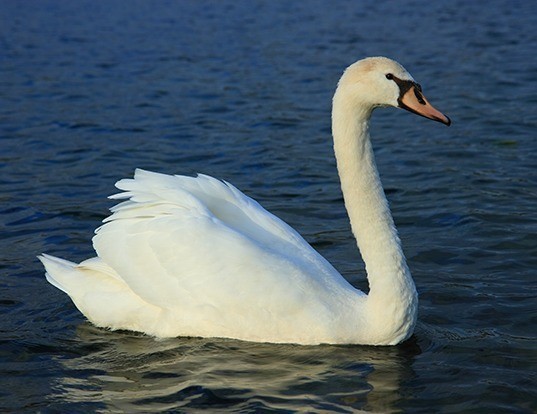
Good luck and keep on Tai Chi-ing – it helps! Greg
Tuesday Tai Chi Update:1
So, we have all been subjected to a Lockdown. Somehow that means that our Tai Chi is even more important at this time. If there is one thing we can all do it is 8 Dan Yus a day. Why not commit to doing that – it will make a difference to you.
We know that Dan Yus are one of the Three Treasures Master Moy left us – treasures to enrich and assist. These are things we need now more than ever so if you are looking for something to help you feel less stressed, more relaxed, more connected to your tai Chi friends and also to help your overall well-being – Dan Yus are the answer. Here’s something from our Canadian Tai Chi cousins to help encourage us and show we are a global community – doing Tai Chi together to help us all!
The effects of Tai Chi last a lot longer than those from other exercises, but they don’t last forever. Studies have shown that Tai Chi boosts the immune system by increasing the number of T cells. Interestingly, T cells develop from precursor cells that originate in the bone marrow [https://en.wikipedia.org/wiki/T_cell]. We’ve heard about ‘bone marrow washing’ – increasing circulation to and within bone marrow, especially when we do donyus. And, doing any of the foundation exercises and sets move the lymphatic fluid thereby flushing toxins away, and my guess is that doing sets incorporates bone marrow washing as well if we sit and stand correctly, but donyus may be the most compact and efficient way to achieve both T cell increase and pumping the lymphatic fluid by squeezing and releasing the lymph nodes behind the knees, in the groin, and under the arms especially. Donyus also strengthen the pelvic floor muscles.
Herer’s something else to encourage us all. Slow exercise is still Exercise – and look at how good it is for us all.
Back again next week – stay well, stay isolated physically, stay connected through Tai Chi.
Greg
Keep Calm on Carry On With Your Tai Chi
At this time we have committed to putting something up each Tuesday afternoon to ensure people keep involved and keep on with their interest and involvement in Tai Chi. So, as a starter – here’s some things we should all keep in mind as we do our exercise and Tai Chi:
Taking the Lead on Learning Sabre…
It was a glorious spring morning – birds chirruping, daffodils blooming and a cast of some 33 eager people from Cambridgeshire, Essex and Northamptonshire gathered in Hemingford Grey for a Sabre workshop.
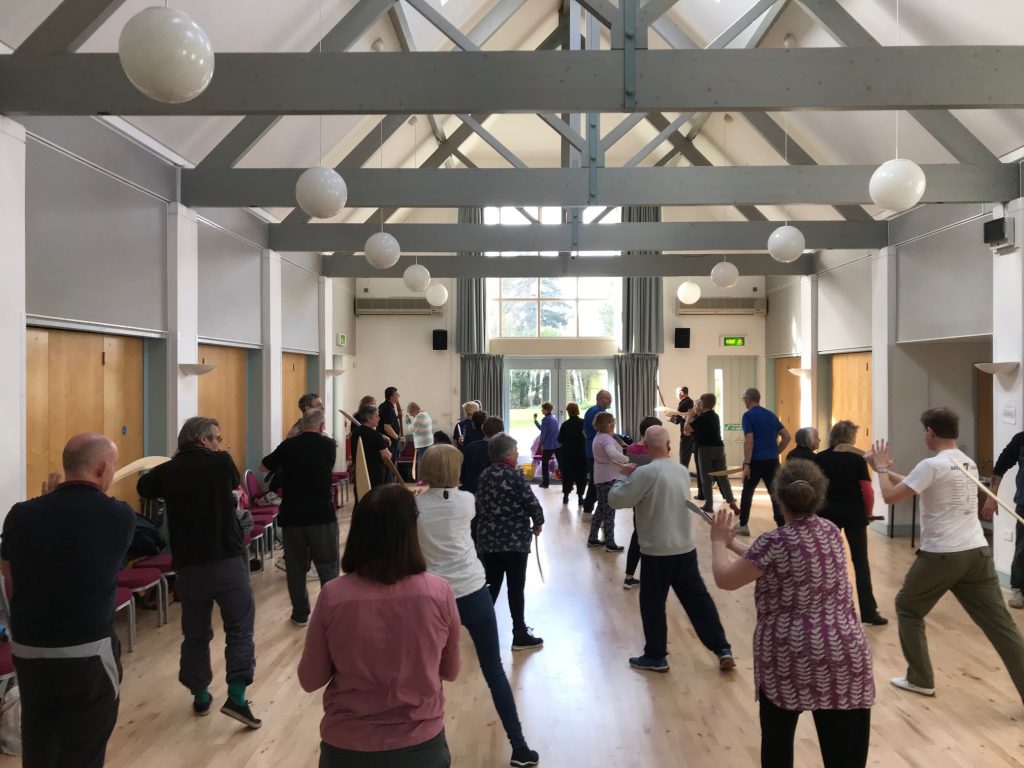
This was billed as a workshop for all who are interested in the Sabre set. Steve Alsop was leading and took us through the set, guiding and coaching across a spread of abilities. This is a challenge but Steve managed in his usual amusing and personal way. It meant that Steve showed the basic structure of each move so the choreography could be learnt by the novices. Yet he also added references and guidance on some of the subtler aspects of each move – always returning to his mantra of ‘Find the Tai Chi in the move for yourself’.
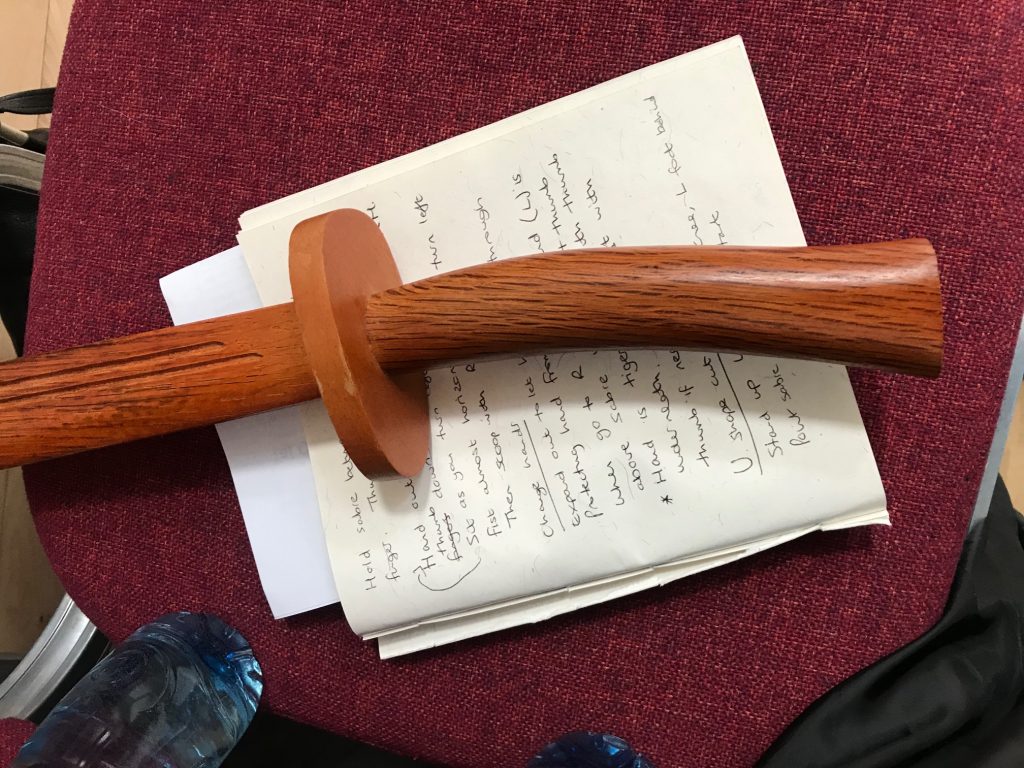
The workshop had its light-hearted moments – for example when Steve used a dog lead to show how the hilt of the Sabre is drawn in an arc. An image that will long live in people’s minds – Steve running wildly from side to side as Andrew did the move watching the frantic action in front of him!
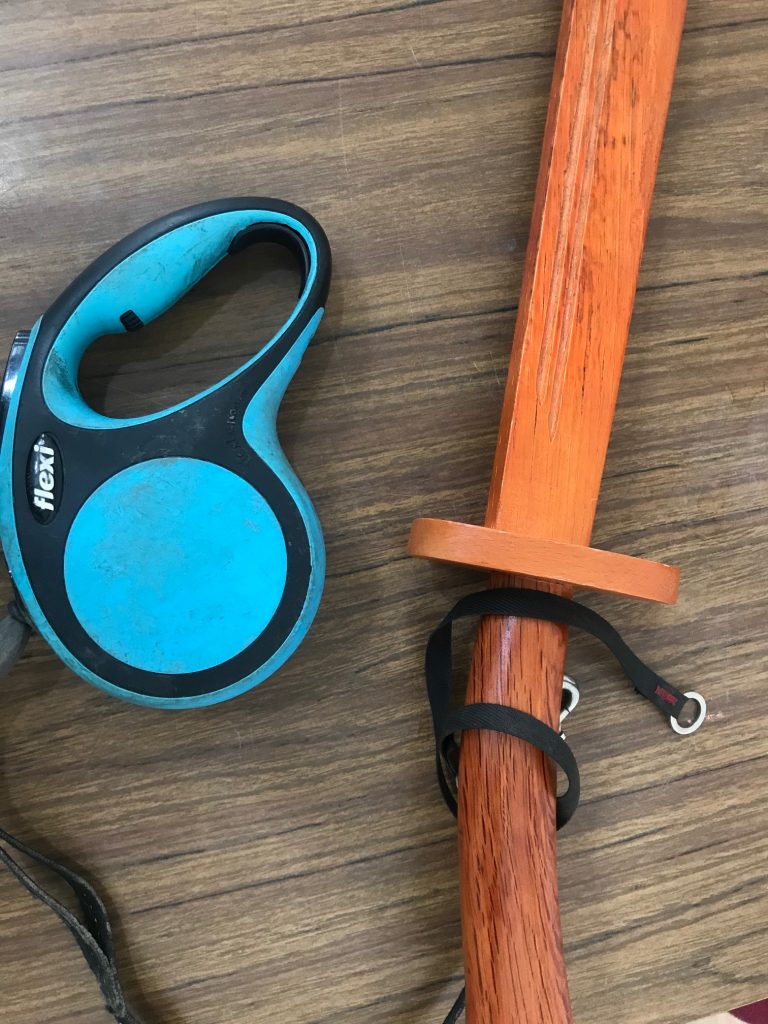
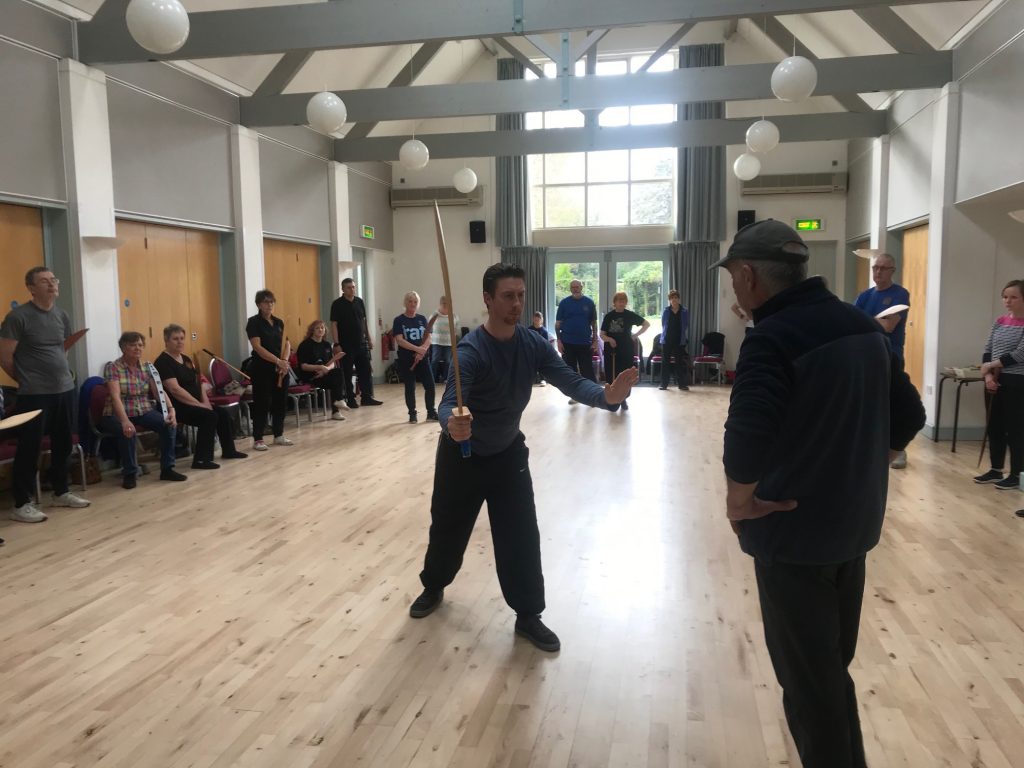
The sessions were each introduced by one of the instructors doing a foundation exercise and this mix of skills and voices added to the day – from understanding how to do various foundation exercises to reviewing the transfer of chi/energy and a mindful relaxation session – this gave an additional element to the day.
This really was a great chance to come together and share and learn. Thanks go to Steve for leading the day and all the other people who contributed out front and behind the scenes. Now it is down to the participants to carry on with their own practice of the set and to find the Tai Chi for themselves in the moves…..
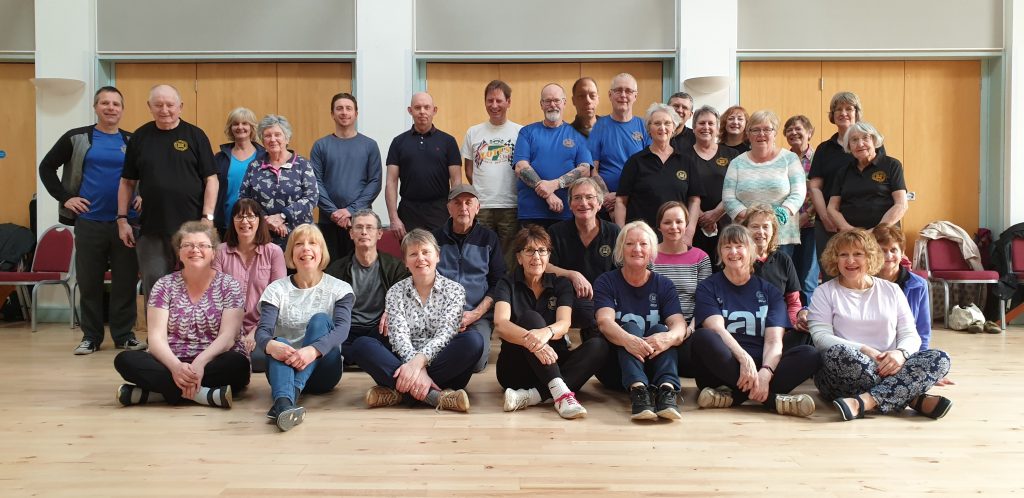
Brenda’s Benefitting From Tai Chi
Brenda has been doing Tai Chi for a number of years. She says she really enjoys the tea breaks – and the actual class is quite fun too!
Behind the frivolous comment is a serious point. The social aspects of Tai Chi really matter – the sense of learning together (and getting it wrong together) help to create a class identity. It is fun to discover things that are new to you. It also matters that because you have a shared task (learning all 108 moves and getting them right) then there is a natural conversation starter at the tea breaks.
So Brenda feels she benefits from the movement and exercise, the suppleness in joints and brain to achieve the set – and also the chance to meet up with friends and simply have a social event.
Brenda hid from the class her recent 90th birthday – and we’d never have guessed! However at our Winter Social evening (yes, the social aspects also stretch to a meal out in the pub a couple of times a year) we marked her celebrations by presenting her with some flowers.
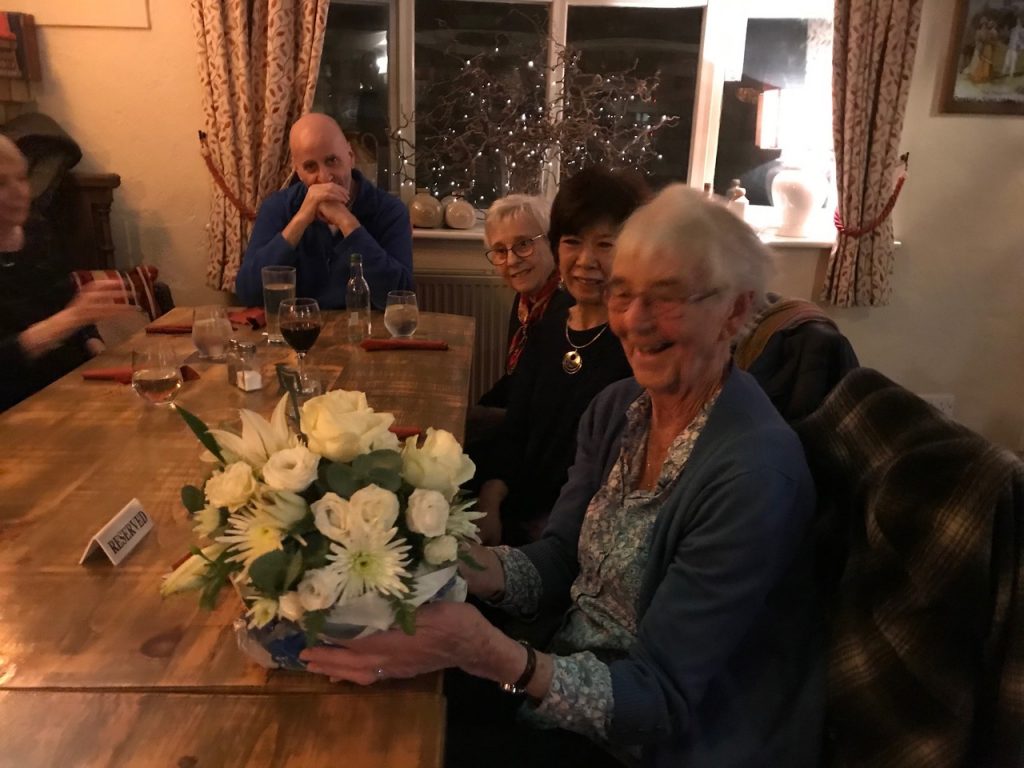
Tai Chi may have its origins in China but with our tea and biscuits and visits to the pub we have found a way to make it a part of village life here in England.
Tai Chi To The Rescue
Worried about Coronavirus? No need! Tai Chi really can help! Click below for proof….
Instructors’ Workshop
‘Twas a cold and frosty January Sunday when some 18 Tai Chi Instructors from ECTCA plus Essex and Northants arrived at the Little Thetford Village Hall. The solution to the problem of being cold was simple – do some Tai Chi! After all, that is why we had gathered. As a part of the on going programme run by ECTCA, a number of Instructors Workshops are scheduled through the year. We invite other Academies Instructors to attend and we share best practice amongst ourselves as well as learning and improving our Tai Chi. All Instructors are also students on their own Tai Chi journey so this is a way for us as individuals to improve our Tai Chi with the aim of this then percolating through to the students we teach where appropriate.
There is much to learn and discuss – headline take aways from the day include some new thoughts on Tor Yus – yes we can all learn how to do these better! Also some simple ideas – eg. replacing the use of the term ‘Step’ with ‘Place The Foot’. The former implies some weight shift whilst the latter implies no weight transfer. Language in our instruction matters – clear and accurate guidance helps avoid bad habits and misunderstandings. Sharing our issues and how we have overcome them, learning what to look for in the forms so as to be able to identify problems better – these all help to keep us fresh and improving.
The Workshop was led by Jeff and Darren and in some five and a half hours we looked at Tor Yus and Brushed Knee. I am still not sure where the time went – the sign of a great and intensive day. We will all be eagerly referring to the notes from the day to ensure the learnings are internalised and passed on….
Greg
Social Considerations
There’s more to our Tai Chi classes than just doing Tai Chi….
The social aspect of the groups matters – a lot. We try hard to make our classes a welcoming environment. Groups have a tea break where there is a chance to chat and this is an important aspect of the Tai Chi lesson. At the end of term there may also be some form of a get together – frequently involving eating! This could be an Xmas lunch or just a tea party. Below there are some photos from the Histon & Impington Tai Chi classes’ Xmas lunch.
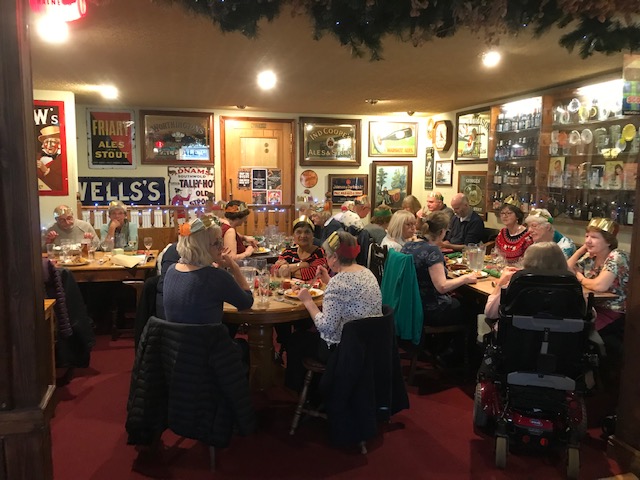
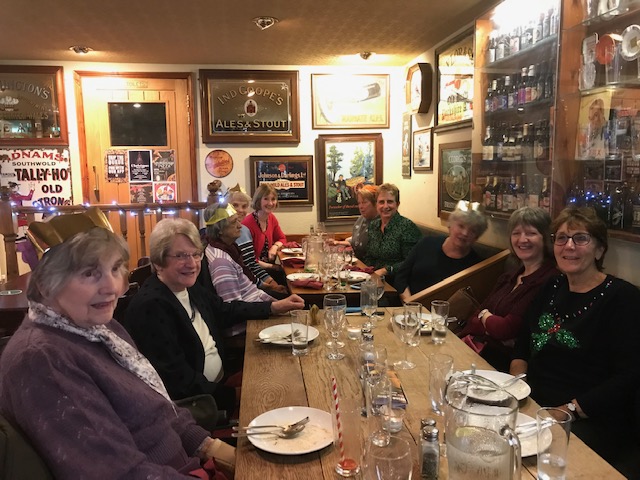
At the Harston Xmas tea party we were thrilled to have some festive shortbread made by one of our students. They went down so well we thought we’d share Denise’s brilliant recipe – they are fab. so you too can make, bake and take along to a Tai Chi event near you!
Denise’s Bonny Bonny Shortbread
300g Plain flour
80g Cornflour
250g softened butter
125g caster sugar
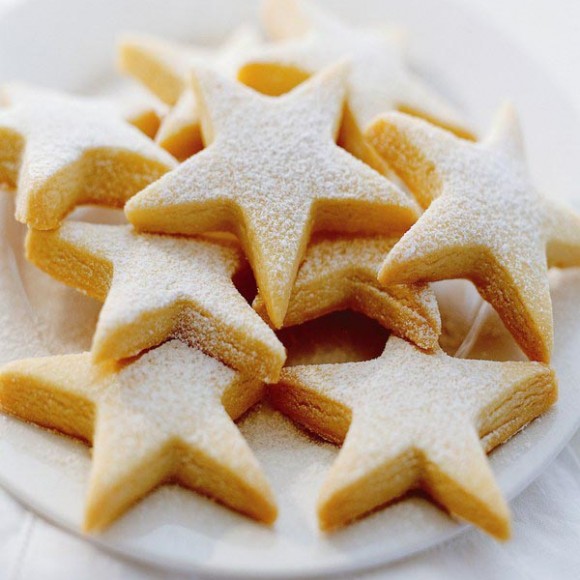
- Whisk butter and sugar together until creamed
- Sift in flour & cornflour
- Combine & form into a ball. Roll out into a sausage shape
- Cut into discs and cook on a baking sheet at 135C for 45 minutes
- Sprinkle with some sugar whilst they cool on racks.
A Tai Chi Inspiration
A few representatives from the UK, (Eastern Counties and Essex Tai Chi Academies) had the unexpected privilege of meeting Mrs Kwan at the Tribute to Master Moy Lin-shin workshop held in Toronto, June 2018. It was an unforgettable experience.
Mrs Kwan is a long time and respected student of Mr Moy’s Tai Chi and Taoist Arts we practice.
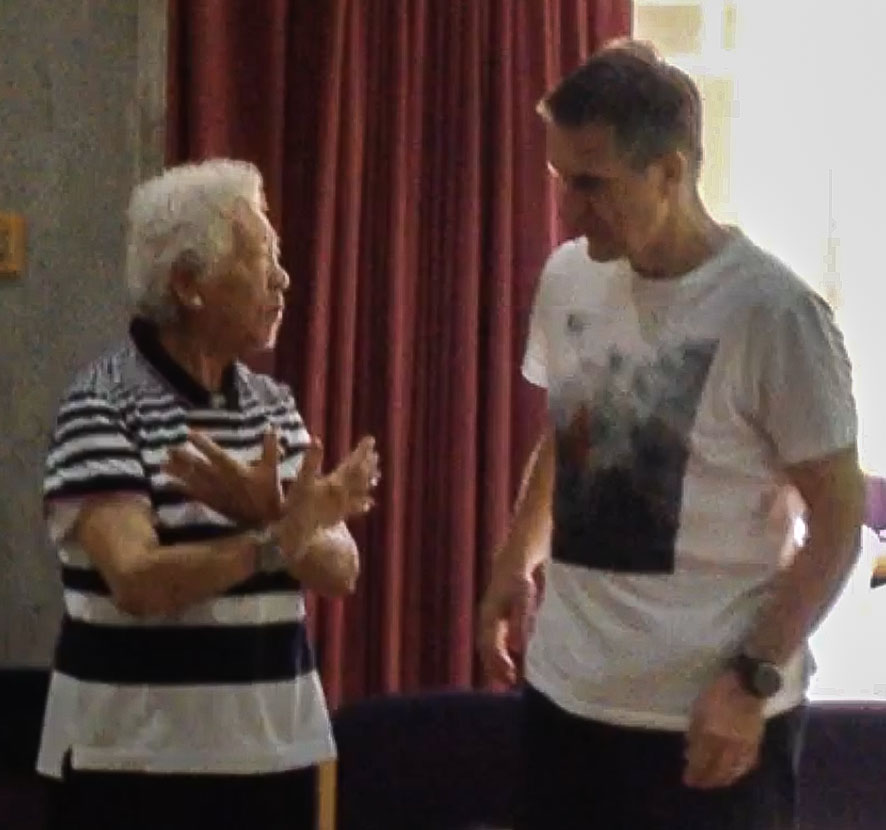
Doug Overholt June 2018
At the age of 94 years, as she demonstrated a move of the set or an exercise, she was explaining to us the essence of tai chi. She was so relaxed and effortless it belied her age.
A true inspiration for all of us which clearly demonstrates the value and benefits of diligent tai chi practice, and keeping to the principles that Master Moy gave us. To see Mrs Kwan, listen to her and watch her demonstrate is a treasured memory
Below is her response to the messages the Eastern Counties and Essex academies sent on the occasion of her retirement from teaching Tai Chi and Taoist Arts at the age of 95.
Dear Eastern Counties and Essex Tai Chi Academies,
I am very happy and honored to receive your letter, photos and retirement cards.
Your thoughtfulness is much appreciated. I will treasure your gift and friendship for the rest of my life.
I am proud that your academies are non-profit organizations, operate by volunteer instructors and helping others in the community. That is what our teacher, Master Moy Lin Shin values, to volunteer, to help and assist others in the community, to teach the Taoist Tai Chi Arts to all who wish to learn to promote good health.
At age 60 I dedicated 15+ years to learn Taoist Tai Chi, Lok Hup Ba Fa, Tai Chi sword and Xing Yi Quan from Master Moy Lin Shin. I was privileged to travel with Master Moy to teach and conduct workshops around the world. The memory of meeting so many nice people in the workshops is still vivid in my mind, even after three decades.
In the last 20 years I volunteered to teach Master Moys style of Tai Chi and Lok Hup Ba Fa five days a week and conduct workshops in Canada’s Major cities. Master Moys Tai Chi is an internal art of health, it strengthened our muscles and improve balance, it relaxes our mind and body. My dedication and love of Tai Chi has kept me teaching until I am 95. I practice both internal and external moves and research how Master Moys Tai Chi can further improve our well-being and hope to benefit more people.
Now at age 95 I just formally retired from teaching in Toronto, Ontario but I keep active in the area where I reside. My love of Master Moys Tai Chi and Lok Hup Ba Fa will continue to live with me in my daily life.
I hope you all can continue to excel in Master Moys Tai Chi Arts, to help and benefit more people in your city and beyond.
I wish you all well and continue to teach others and learn to enjoy Tai Chi wherever you are. Let Tai Chi become part of your daily life.
Best Regards to you all
Mrs Kwan,
Toronto,
Canada
The 5 Point Manoeuvre
| No, this is not some arcane driving text challenge, instead the 5-point manoeuvre is a way of understanding the Left (or Right) Brushed Knee step in our Tai Chi set. Now the 71 people who arrived at the Corn Exchange in St Ives on Sunday 17th of November for an all day workshop probably all thought they knew this move. However, ably tutored by Jeff Moody, who led the workshop, we discovered there is a simplicity to the manoeuvre which belies the complexity within. The simplicity is that Jeff presented a 5-step method to understand the brush knee. The complexity is that each of these elements required working on to understand fully and to internalise their meaning and importance. We had a full day spent practising the 5 steps above – in group work, individually, in watching it demonstrated by many students and in pairs. This range of interactions gave every possible combination and preference of learning style the chance to explore and understand fully what was happening. For light relief we had the Eastern Counties Academy AGM where we elected the committee for the new year and reviewed the very successful year just gone. Among other things covered was the handing out to 10 of the instructors who undertook and passed the level 3 First Aid at Work course. This is a way for the Academy to invest back into the classes to ensure we have taken the proper care and precautions whilst also training First Aiders – an asset for the wider community. The event finished with a set but before that there was a Total Recall session. We broke into groups and then reported back in plenary session. This gave full support to the observation that this was a well-structured workshop where, despite thinking we knew the move, a trip back to basics gave us all some new learnings and a deeper understanding. Thanks go to Jeff for his efforts. 5 steps – see it really is quite simple when you know how! Greg |
Making A Difference – Charity Giving
The Histon & Impington branch of the Academy runs classes for beginners and continuing students as well as a seated set for those less mobile. Across the Tai Chi realm these classes are an asset to the village where the classes are run in the recreation community centre. What’s more, the classes have now contributed something over £2,500 into a pool of money that is dedicated to increasing a range of activities helping people especially getting out and about.
Amongst a number of activities in particular Tai Chi money has supported 3 activities for older people , a chair based activity, a specialist group for those recovering from serious illness and memory loss and a group working on co-ordination. The support has been in the form of purchasing equipment and ensuring the activities can continue to run.
#safeinourhands
26 October – First Aid Course
In order to be able, if necessary, to support members of our Tai Chi classes ten of us sat on a cold, damp Saturday morning in Fen Ditton Church Hall ready to start our eight hour Emergency First Aid course. We were all positive about attending as well as having the promise of one of Greg’s cakes to eat at break time!
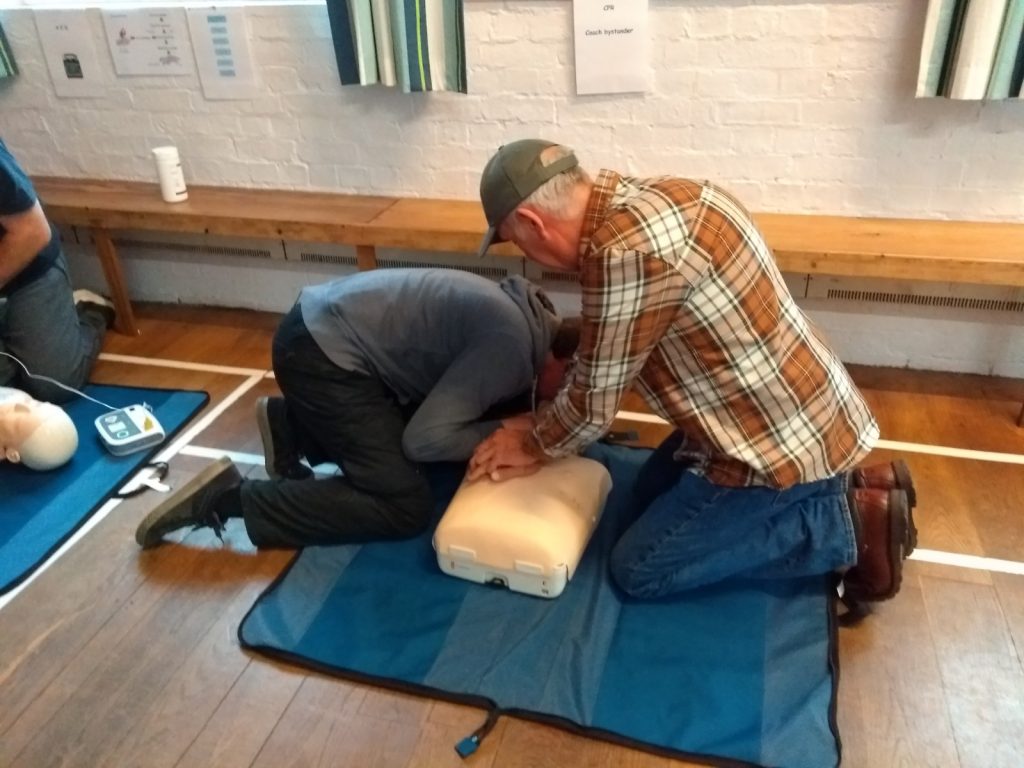
We were all quickly engaged, willing to be used to be demonstrated on or to practise a procedure.
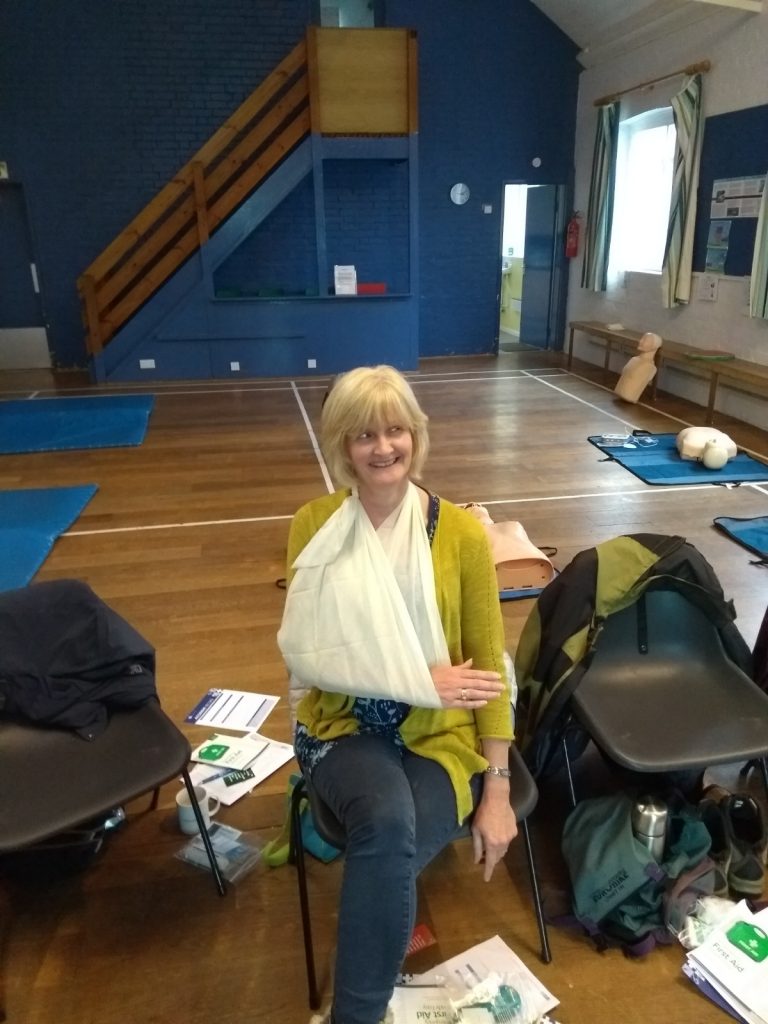
The eight hours sped by and we all felt confident that we would be able to take appropriate action quickly and confidently in a variety of emergency situations.
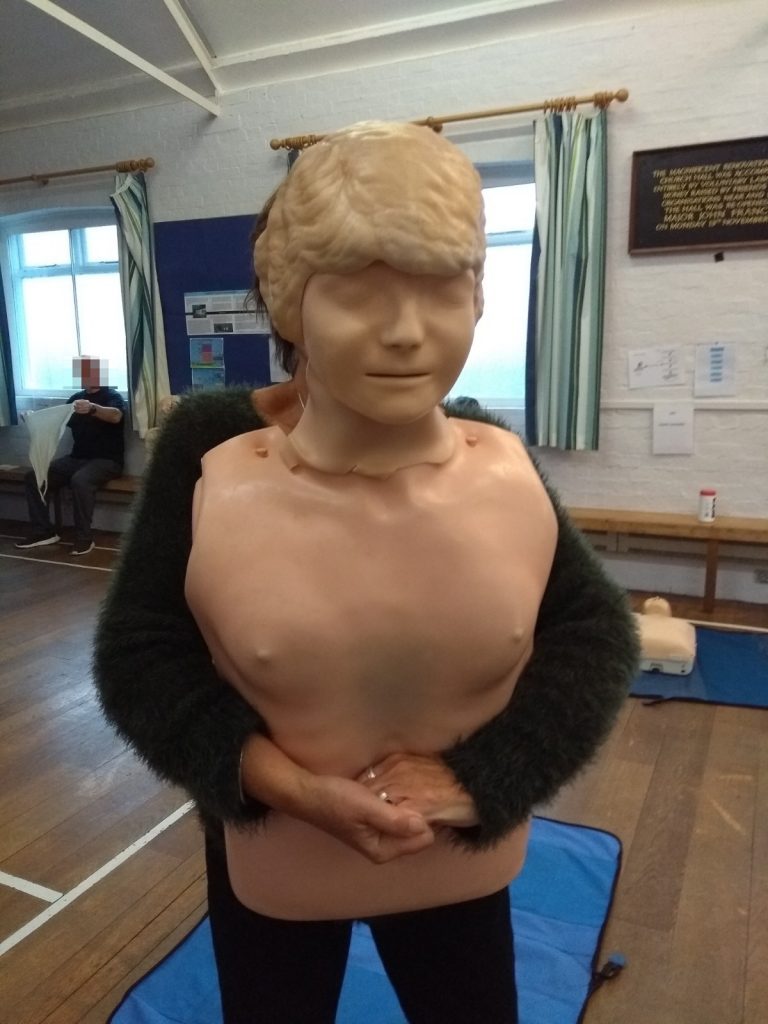
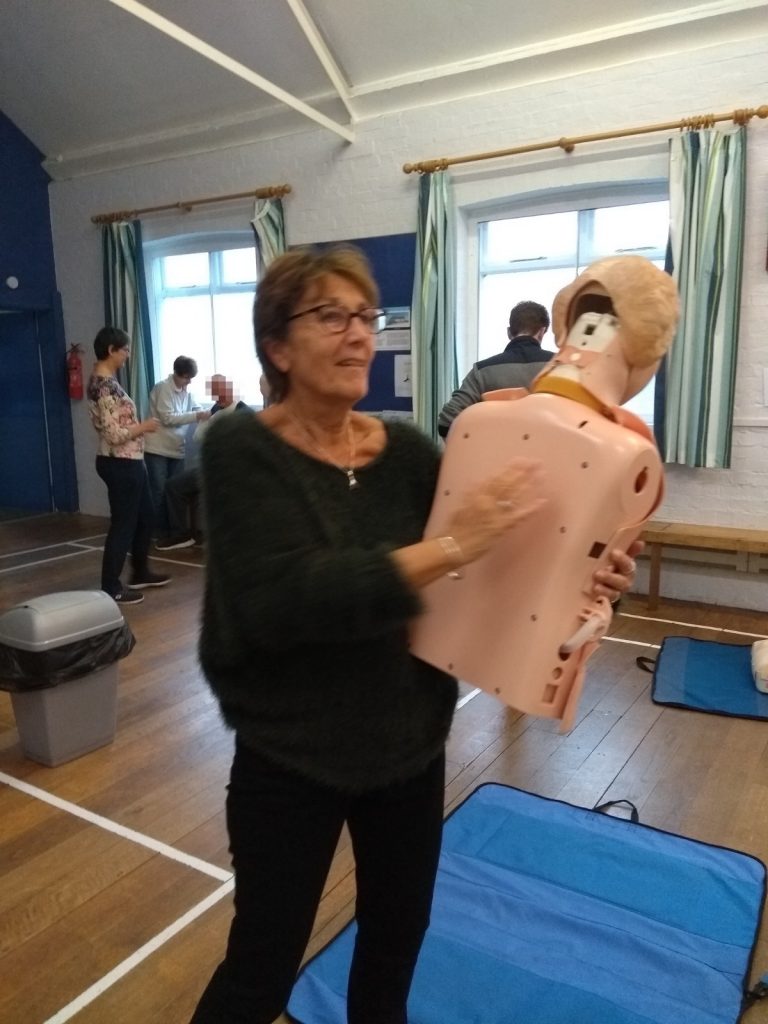
I’m sure this training will stay with us for a very long time: the same couldn’t be said about Greg’s Victoria Sponge – so luckily our first emergency was to get Greg to make more cake ASAP!
Joan
Lok Hup Workshop hosted by Eastern Counties TCA, St Ives October 13th
Dorothy led a great day’s Lok Hup workshop concentrating on eight moves near the end of the 2nd half of the set, writes Sharyn.
Each move was broken down into various components which were demonstrated, explained and practised before layering on further details of the move.
During the course of the day, Jeff and Darren quietly tweaked attendees stances and movements, offering advice when asked, as did other Instructors who were more acquainted with the set.
Time flew by, helped along by plentiful tasty snacks and refreshments, and after pulling many oxen tails and spreading flocks of Phoenixes wings, the day finished with a run through the whole set.
What I personally took away from the day was the importance of improving one’s T’ai Chi in order to lay the foundations for the Lok Hup set. Oh yes, and the mantra ‘Practise and practise then practise some more’.
Many thanks to all who organised the workshop and especially to Dorothy, Jeff and Darren for sharing and giving up their time to pass on their knowledge.
Sharyn
Weapons Weekend hosted by Essex Tai Chi Academy September 20th and 21st
On Saturday we worked on the Sword Set, which is currently not so widely practised in the UK, whilst on Sunday it was the turn of the Sabre Set, writes Dorothy. Both workshops were designed for people who had prior knowledge of the set.
People were using metal, retractable or wooden swords. James focused on some of the unique elements of the Sword Set, but of course the underlying Tai Chi was ever present. The challenge was to maintain the Tai Chi principles whilst honing our skills with the Sword.
James demonstrated the strength of a move when the body was aligned, elbows down and sword held correctly and how it was lost immediately with even a slight change in structure. It was a very intensive day of demonstration, practice, correction and more practice. We stopped often to recap and re-enforce the principles we were working on. Another example of the Tai Chi ethos of working together as we each contributed something we had remembered.
We practised moving the sword whilst keeping a constant distance between hands and hilt. Next we layered in ‘heart height’, then the turn. Next we applied these principles to other moves in the set.
Breaks for tea, coffee and lunch with plentiful cakes, biscuits and sandwiches kept our energy up. The whole day was rounded off with an ‘all you can eat ‘ buffet at the Chinese restaurant nearby.
Sunday dawned and we joined our fellow Tai Chiers for a day of Sabre Practice. James used the same layering method in his teaching. We started with a set, before the real work began. We learned how to ‘suspend ‘ the sabre using only our thumb and first finger, but it was still incredibly strong when combined with the correct body posture.
We applied the principles that James taught us to different moves in the set practising again and again. James patiently reminded us of elements that we had forgotten. Again we participated in communal recall sessions to reinforce what we had learned. After replenishing our flagging energy with lunch, James added in some more applications and we eagerly tried to absorb everything he was showing us.
James explained that the Sabre Set worked the top of the body, whilst the Sword Set worked the whole body.
The weekend was over all too soon, and we were left trying to remember all we had been taught. Now it’s all about the practice.
Dorothy
————————————————-
What a wonderful summer of Tai Chi it has been for so many of our members. Doug, Susan and James gave their knowledge freely. Many individuals now have their own stories of how they have been helped. We were privileged to have access to Lok Hup Ba Fa, Sword and Sabre as well as Tai Chi. It was a real confidence boost to be told that our current practise is both good and continuing to develop well by these Senior Instructors of the Canadian Tai Chi Academy.
We are on the right road, and with practice we will continue to improve, there is still much to learn.
Dorothy
Charity Giving: Harston Classes
All of the Eastern County Academy Instructors are volunteers and we charge only to cover the direct costs of running classes.
Recently the South Cambs classes which meet in Harston have found their attendance increasing. This has meant that class funds were starting to accrue. In order to tackle the ‘Problem’ the credit balance was reduced by making a £100 donation to APS – the charity that works to research into the blood clotting condition that Harriet, the niece of the class teachers, suffers from.
This follows on from previous donations the class has made to Cambridge Rape Crisis and also to the Sick Children’s Trust, both charities which are supported by different class members.
As a community based organisation we have also made a donation to the Harston Village Hall Lunch Club which gives a social lunch each week to village senior citizens – another venture actively supported by class members.
Lok Hup Ba Fa: International workshop, Shropshire. 16 – 18th August 2019
Over 30 people attended the Lok Hup workshop in Shropshire from around the UK and Internationally. It was led by Doug and assisted by Susan and James.
This was putting the Kung Fu (ie the Hard Work) into Lok Hup as we were taken through our paces – understanding the essential role of circles in the moves and how the names actually carried a real sense of the meaning and intent we should be putting in. We worked hard yet it was good fun – the instructors showing their usual patience as we struggled to grasp the information and imitate the movements. The efforts were not unsupported though because Jo & the Shropshire team made us all very welcome – with cake on hand at every break plus a curry on Friday evening, a salad lunch on the Saturday, a pub meal on Saturday evening and a roast dinner on the Sunday.
This was superb weekend that has lifted our Lok Hup here in the UK to a new level. We may all have known the basic choreography – but what we came away with was a far better understanding of the meaning and motivation behind the moves. Now the hard work continues….
Greg.
International Workshop, Cambridge. 9 – 11 August 2019.
The weekend of the Tai Chi workshop was now upon us – and the three days started with a Friday afternoon session for Instructors. We went back to and revisited some favourite concepts – the stance at the opening, the position of the feet, the knees, the pelvis, the head and eyes. Wow, things you thought you knew yet they could be enhanced and improved. We were learning again from the very off.

This Tai Chi weekend was hosted by the Eastern Counties Academy. Our guides for all 3 days were over from Canada – Doug Overholt, Susan Carson and James Elser. We had a great turnout for this workshop – including attendees from places as varied as Spain, Shropshire, Cornwall and Essex. Despite (or maybe because) many of us have been doing Tai Chi for a number of years we were returned to the very beginning. The Instructors’ session took the form of a ‘Model’ class (though the jury is out on whether we were model students!) We reviewed the stance, reworking and understanding the point and benefit of the foundation exercises and then going through some key moves. Yet again Tai Chi teaches humility – things we may have thought we knew and could do can always be enhanced – and critical improvements presented thoughtfully and personally were to be hallmark of the whole weekend.
After 4 hours of Tai Chi on the Friday afternoon we repaired to the pub.
Despite his Canadian roots James clearly felt at home in this environment as he became Master of Ceremonies – calling out the food orders and generally ensuring everyone got what they had ordered. The staff had never seen (or heard!) such help when serving a large group – we would be welcome back!
Saturday dawned as a bright and breezy day. Not all the instructors necessarily felt like that after their efforts the previous day but we were now a much enlarged group with a number of students joining us for the weekend – total attendee numbers were an impressive 83! This necessitated being in a different and larger hall.
As ever at such events there was some vital housekeeping. The English attendees rushed to create their encampments – commandeering chairs on which they artfully spread packed lunch bags, jumpers etc. The Spanish contingent had a far more relaxed que sera sera entrance – prioritising cups of tea and catching up with old friends. Once the basics were completed – signing in and attaching name badges etc. the Tai Chi itself started…
James took us through the Foundation Exercises – once again emphasising the basics of stance, settle and softness. A good motto for all our Tai Chi.
We then did a set – with Doug and James patrolling and observing whilst Susan tried to keep us all in time.
Then it was back to basics – the set up and the start – getting into the Tai Chi moment and how and why this matters.
Then onto working on the Tor Yu and the 1, 2, 3 of this move. There is always something we can learn. Doug had James and Susan do the Tor Yu out front and he pointed out the differences between them and what united their Tai Chi – fluidity, softness and balance. It is not about the minutiae of hand placement – but about the sense and feeling of the Tai Chi movement itself – both externally and (ultimately) internally.

We then all had a go as Doug Susan and James came around to help us. This level of personal input was a feature of the whole weekend – enabling attendees at all levels to gain individually and collectively from expert input and help.
Then a break for tea and cake – well earned.
The pattern was now well set – and the second morning session continued with more work on ‘The Basics’ before a break for the packed lunches we had all brought. Much chatter and catching up with friends old and new – a social moment and a chance to sit and regroup – yet also an important aspect of the whole event.

Some attendees had brought fans, swords and sabres and during the lunch break small groups chose to share their skills together. The fan set – less then 2 minutes in length – was a great hit with those who had not seen it. Dynamic, colourful and moments of staccato noise that surprise and delight the audience – there were many people wanting to video and understand this addition to the repertoire.
After lunch we took the morning work on the Tor Yu and looked at its application in moves in the set. See it, do it – rinse and repeat.
We then did a set together – blimey, what an improvement in half a day! This was now harmonious, slow and soft.
In order to prevent the sin of pride infesting our minds we then went on to Push Hands. Doug lined us up across the sports hall in two rows facing each other. He called out the instructions – heard at the end as ‘Left hand on throat’ which caused some confusion and chaos until James rushed down to the rescue to give some guidance. No students were injured in this process and peace was restored once people understood what was intended. This carried on the theme of working on the Tor Yu which took up the large part of Day 1.
In the last half hour of the session Susan introduced some aspects of the sit – a taster of the fun(!) to come on day 2….
By now the energy levels in the room were dropping slightly – whilst outside the energy levels were in full flow. The wind howled, the building creaked – but we couldn’t care less as we were in a relaxed Tai Chi state of mind. Great first day!
Some of the attendees and instructors repaired once more to the pub. Yet again James filled the space – this time leading the party by his high energy piano playing and singing. The pub was jumping, Fenstanton has never seen or heard an evening like it! The Tai Chi group were bought drinks, the pub all joined in the fun – another hostelry where we will be welcomed back!
Sunday dawned – less breezy and less bright – and that was just the Tai Chi students! As we started with some gentle warm ups Doug, Susan and James again went through the serried ranks giving positive inputs and help. We all gradually got ourselves back in the groove and were ready for when Doug gave some detailed instruction on the Dan Yu. It’s not ‘How low you go, but how you go low’ is a neat summary of this section. Expressed in more detail by Doug as ‘Butt out, arms parallel to the ground and then down the elevator.’ Easier said than done – hence the need for practice.
Good news – the cake supplies had been fully replenished after the previous day – so the tea break was a success – and a welcome respite from the Kung Fu (Hard Work) of Tai Chi!
Yet the work continued afterwards – with more time spent looking at brushed knee and sitting – things we all thought we knew but were learning that we could improve.
Lunch yet again saw an enjoyable social interlude with much chatter and engagement all round – plus groups doing Fan and Sword and even some additional Push Hands. James, Susan and Doug were, as ever, on hand to answer any and all questions – the learning never stops!

Then it was back on our feet for a final session.


This rounded off a great but tiring weekend workshop. Fabulous levels of instruction and input, a well thought through structure, great friends and interactions. We were all still smiling at the end – here’s to the next one!
Greg
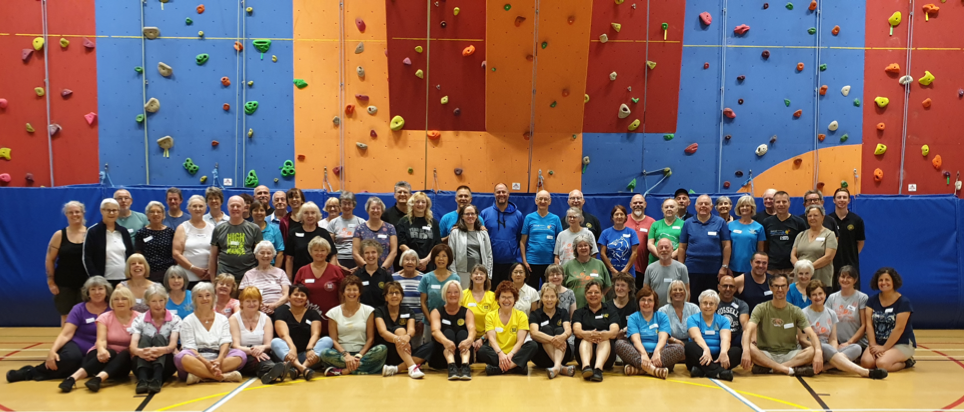
International Workshop, Maldon, Essex. 7 – 9 June 2019.
Some 15 ECTCA instructors and members attended the workshop in Maldon with James Elser from Canada, hosted by the Essex Tai Chi Academy. This started on the Friday afternoon with an Instructors’ Workshop. Then on the Saturday and Sunday we had a two day workshop open to members of the Tai Chi Affiliated Academies across the UK.
James covered a phenomenal amount in the weekend – working the attendees without ever losing our interest or enthusiasm. He not only covered such diverse moves as Opening of Tai Chi & Sweeping Lotus with the instructors but he put us all through our paces on Wave Hands Like Clouds, Parting Wild Horse’s Mane and Repulse Monkey. He also showed how the Foundation Exercises relate to the moves – and helped us to polish our approach.
This was a fun weekend and we were kept energised by the high quality of the food offered by our Essex hosts. A memorable event for all who attended who learnt much and made/renewed friendships.
